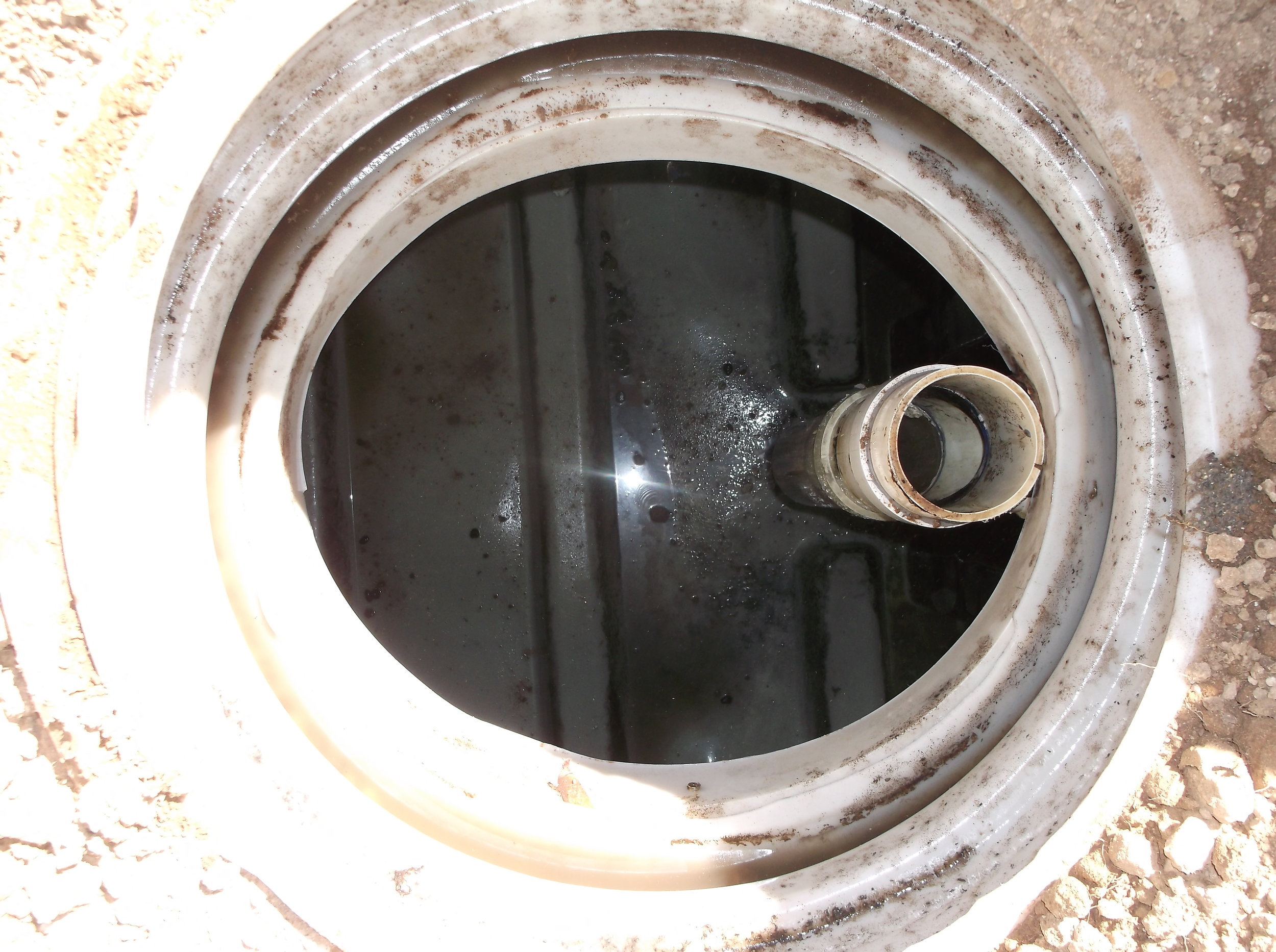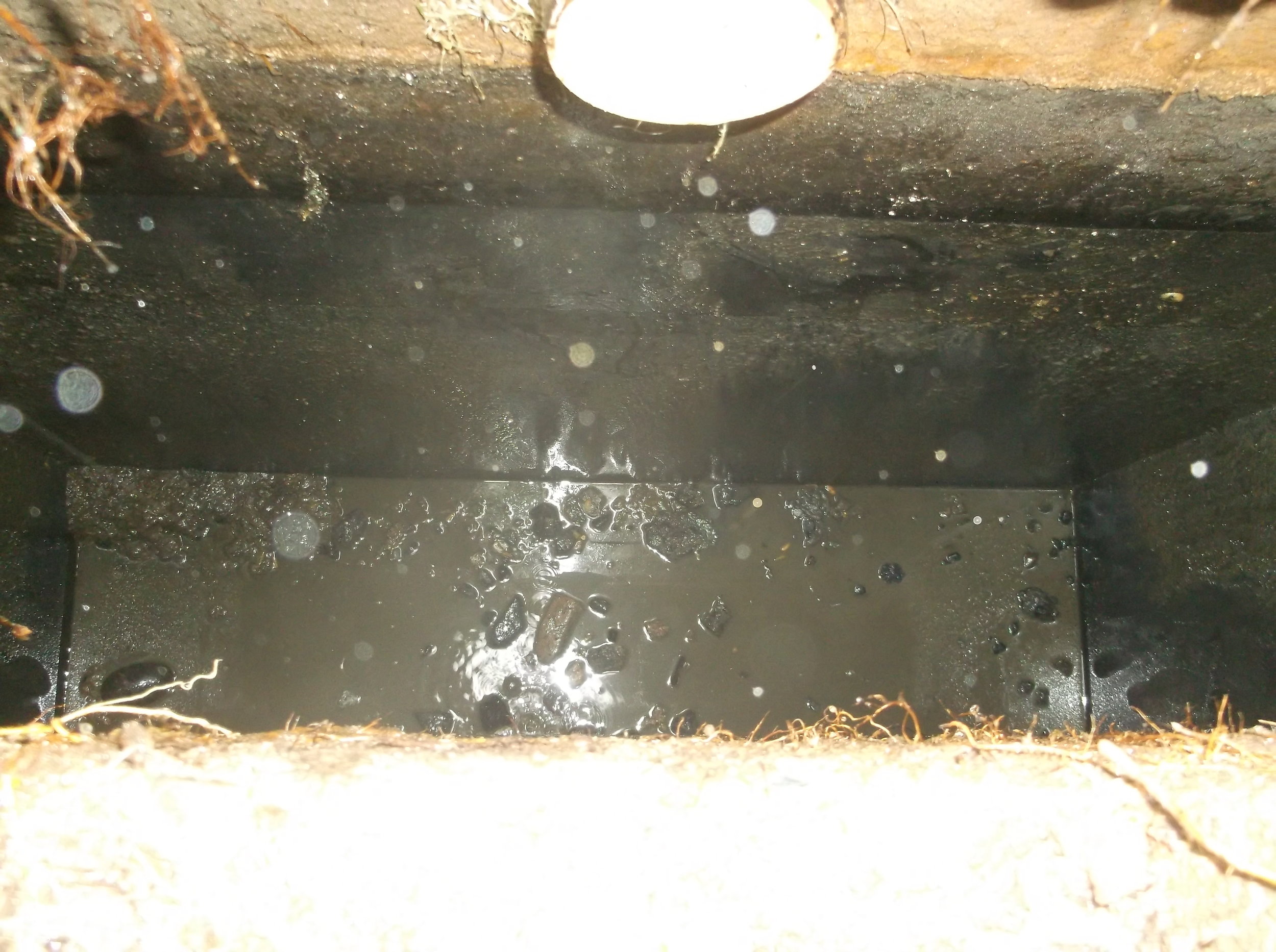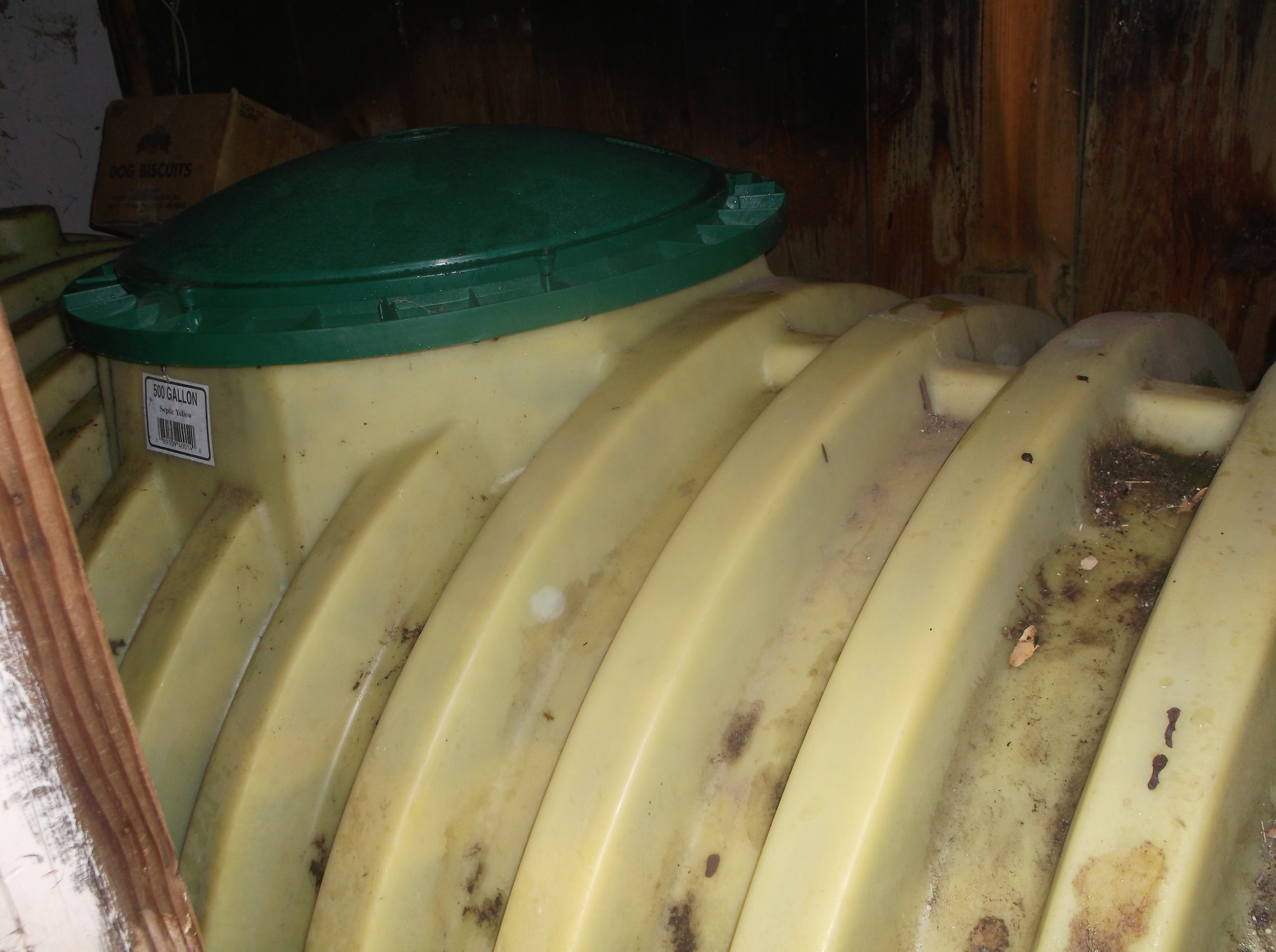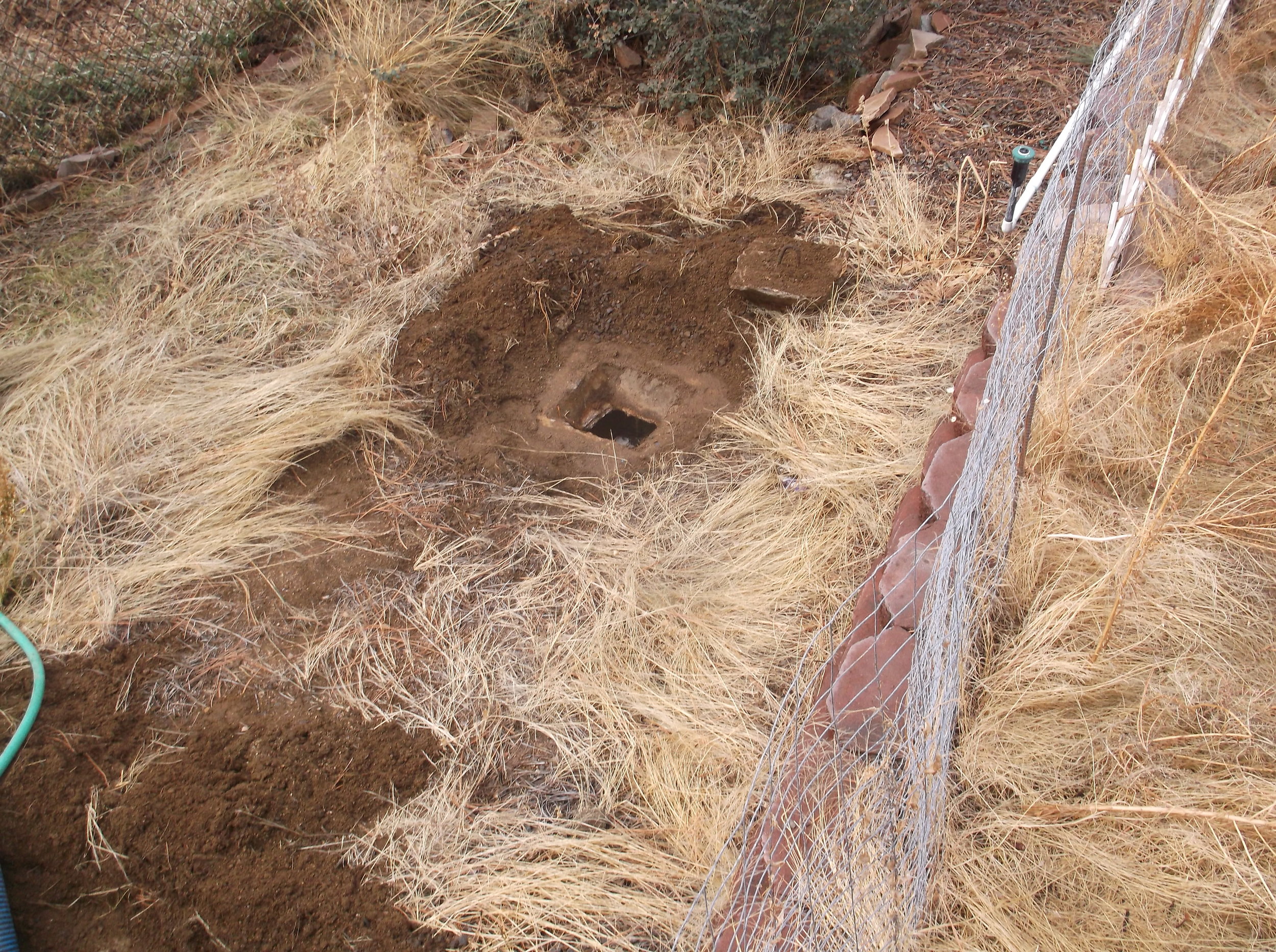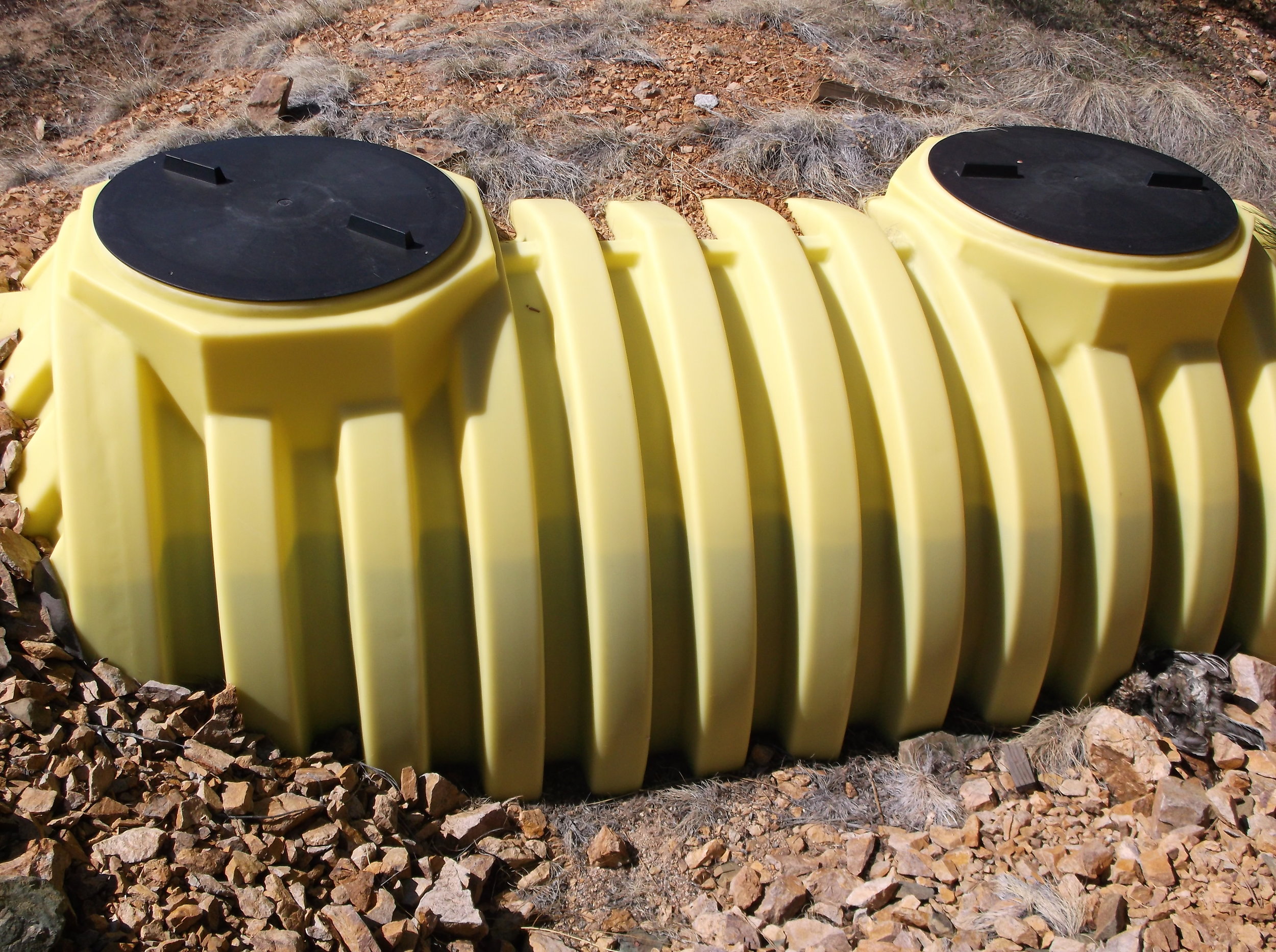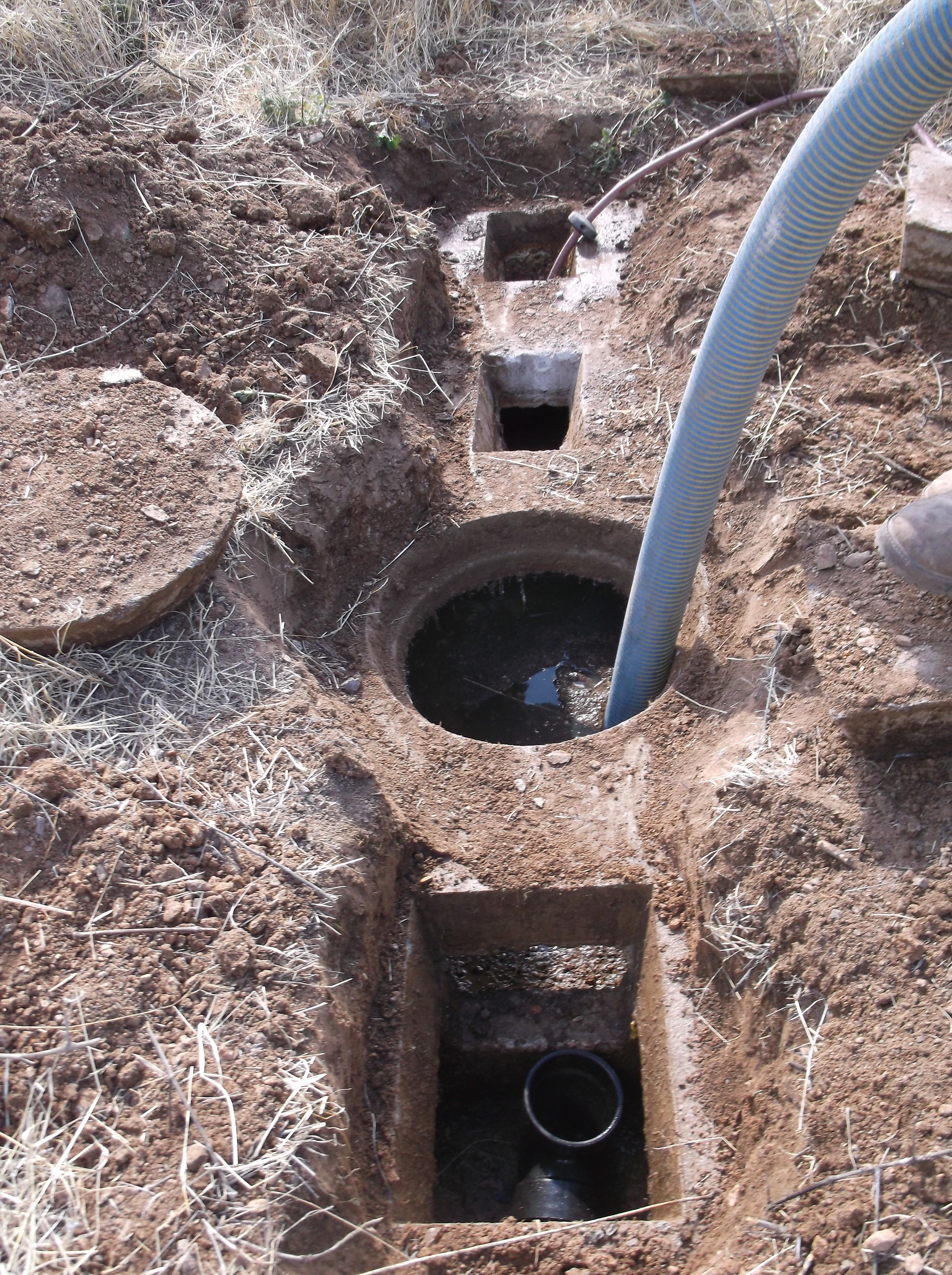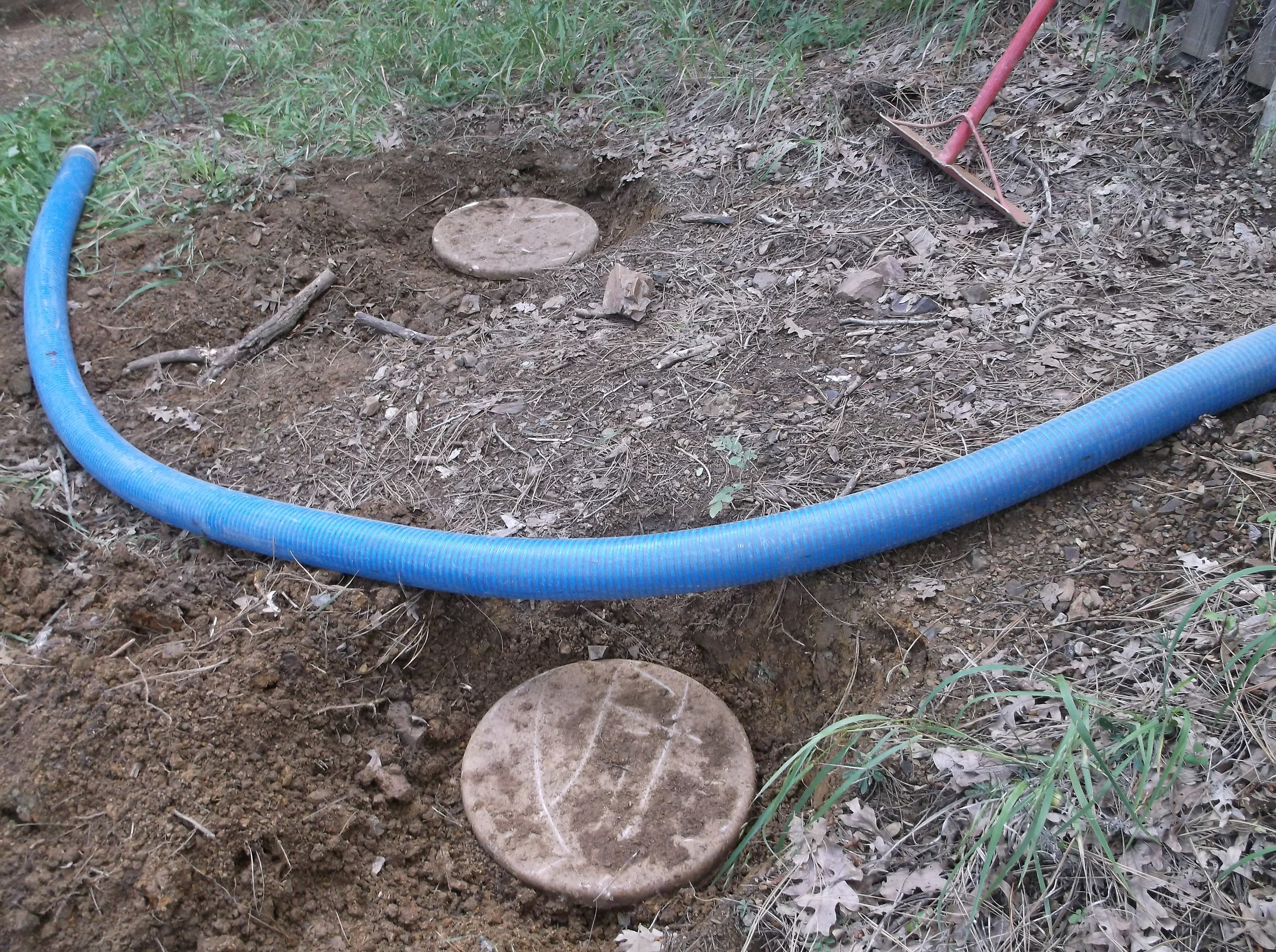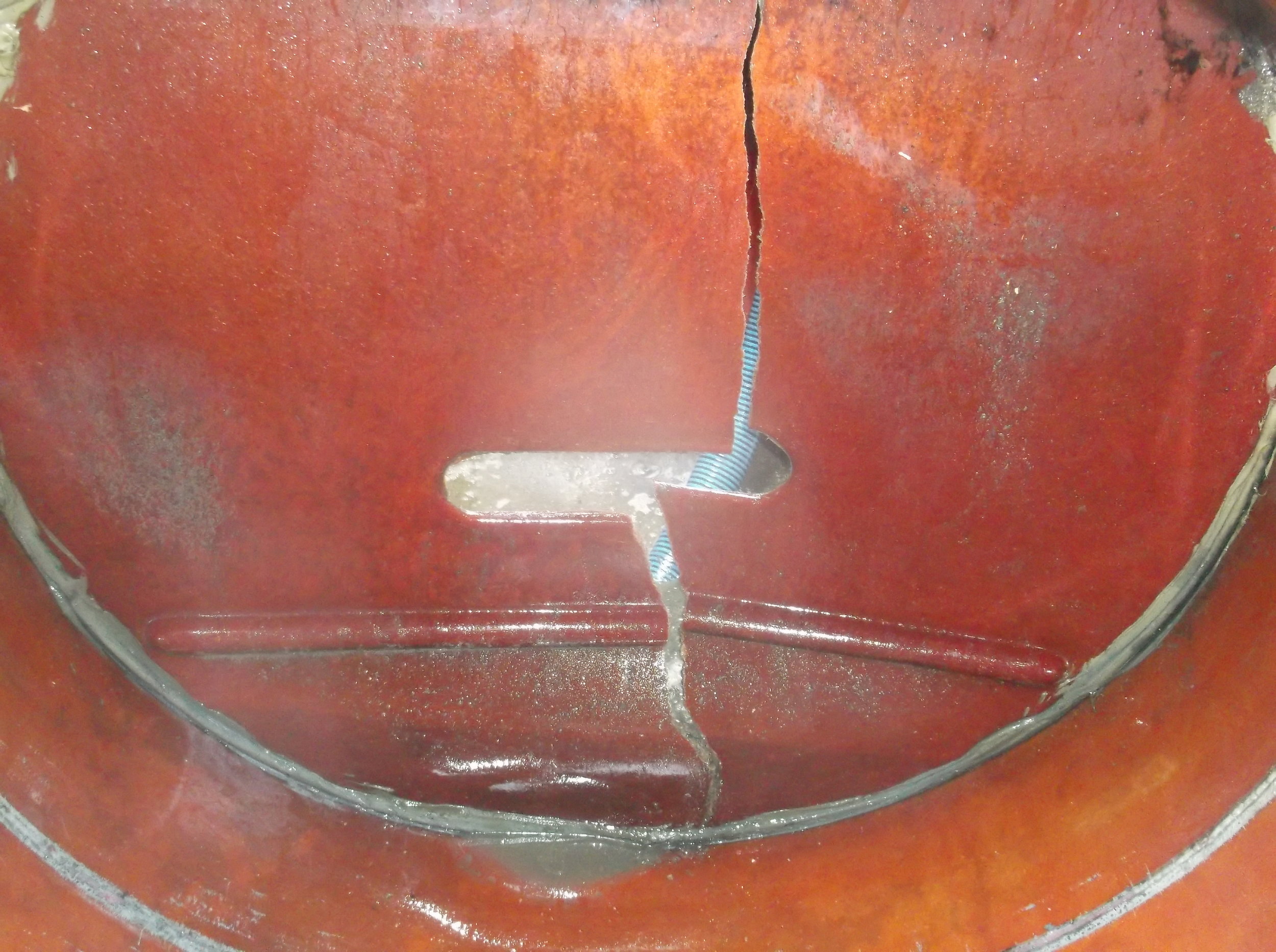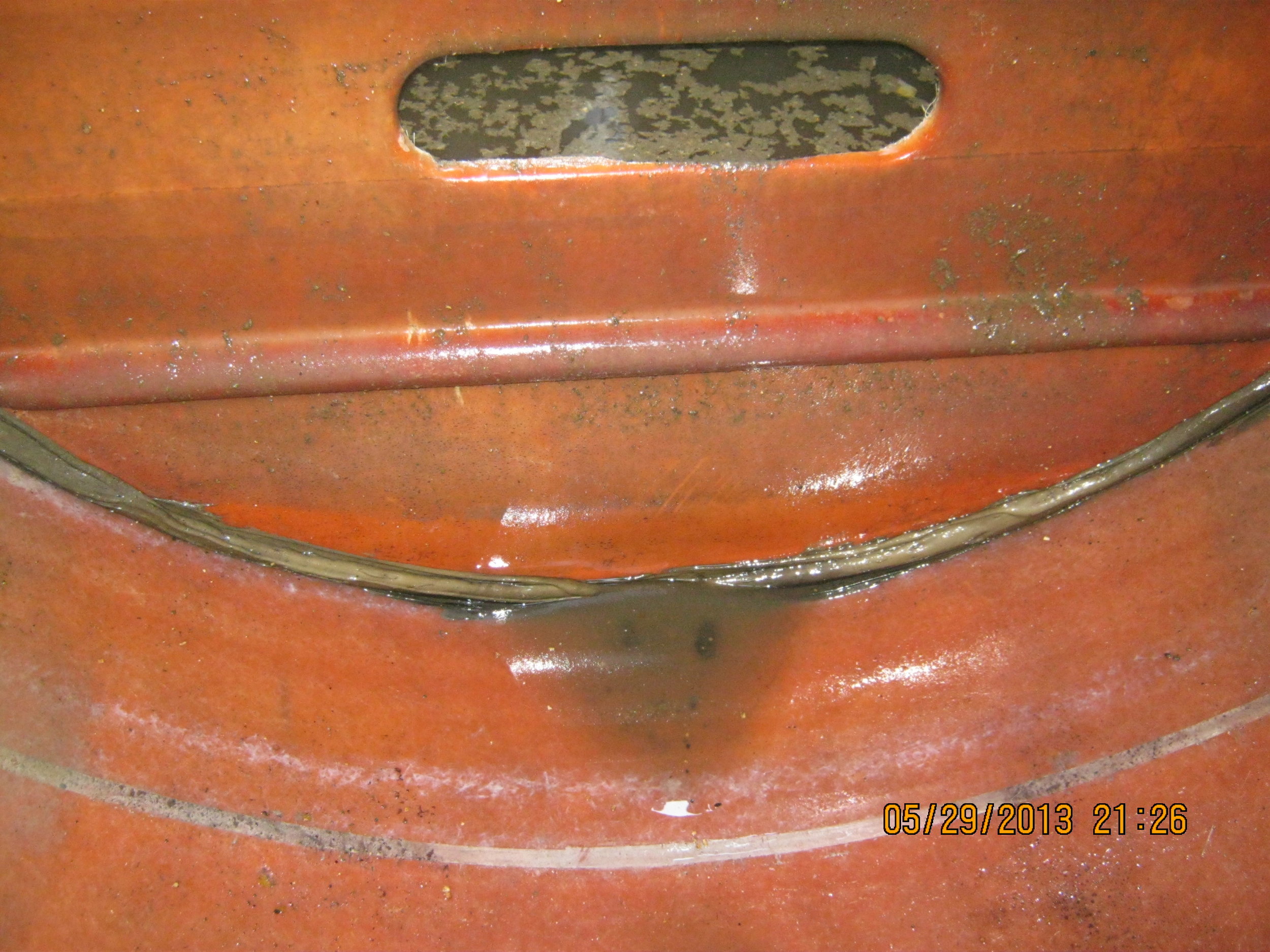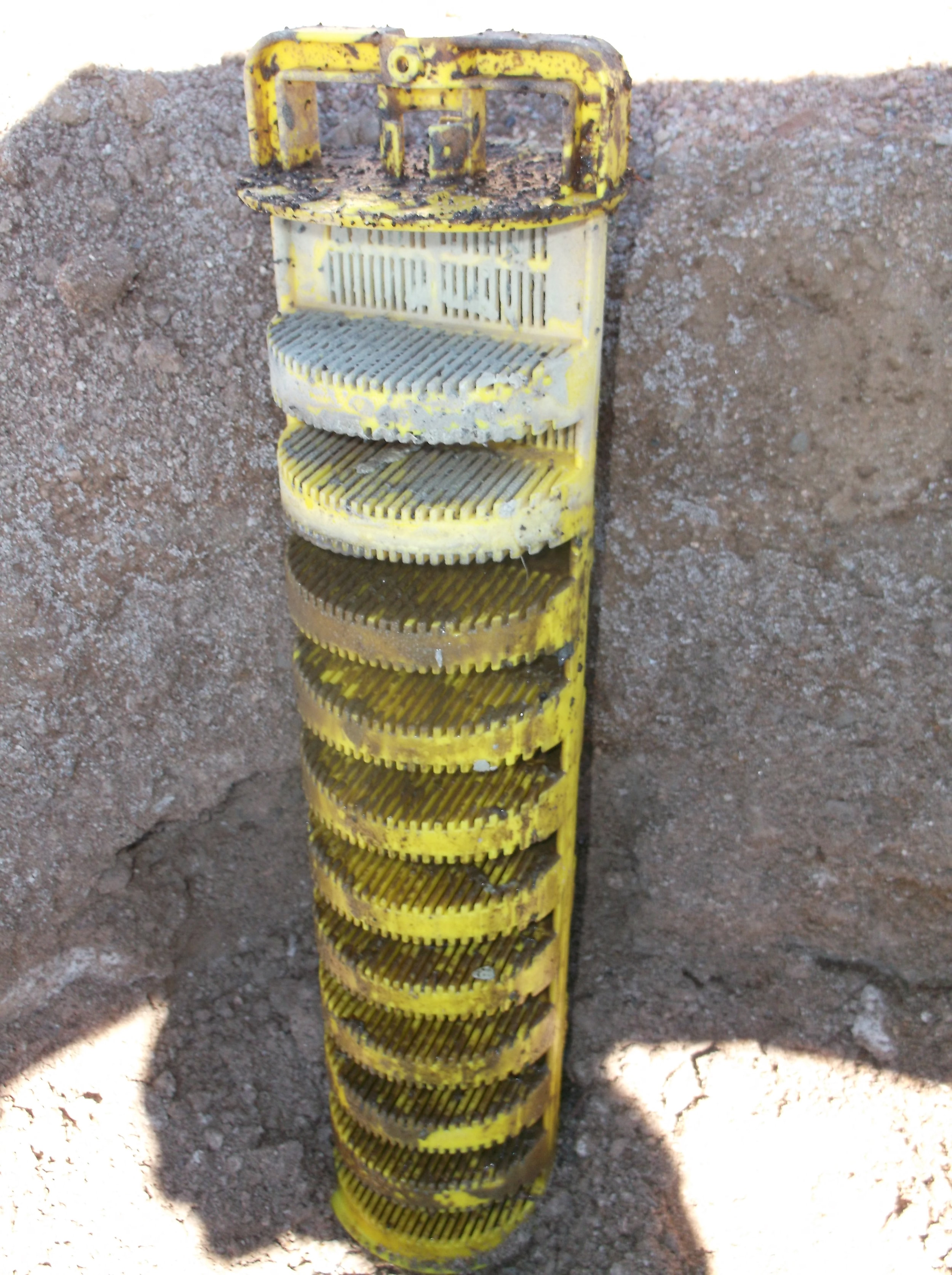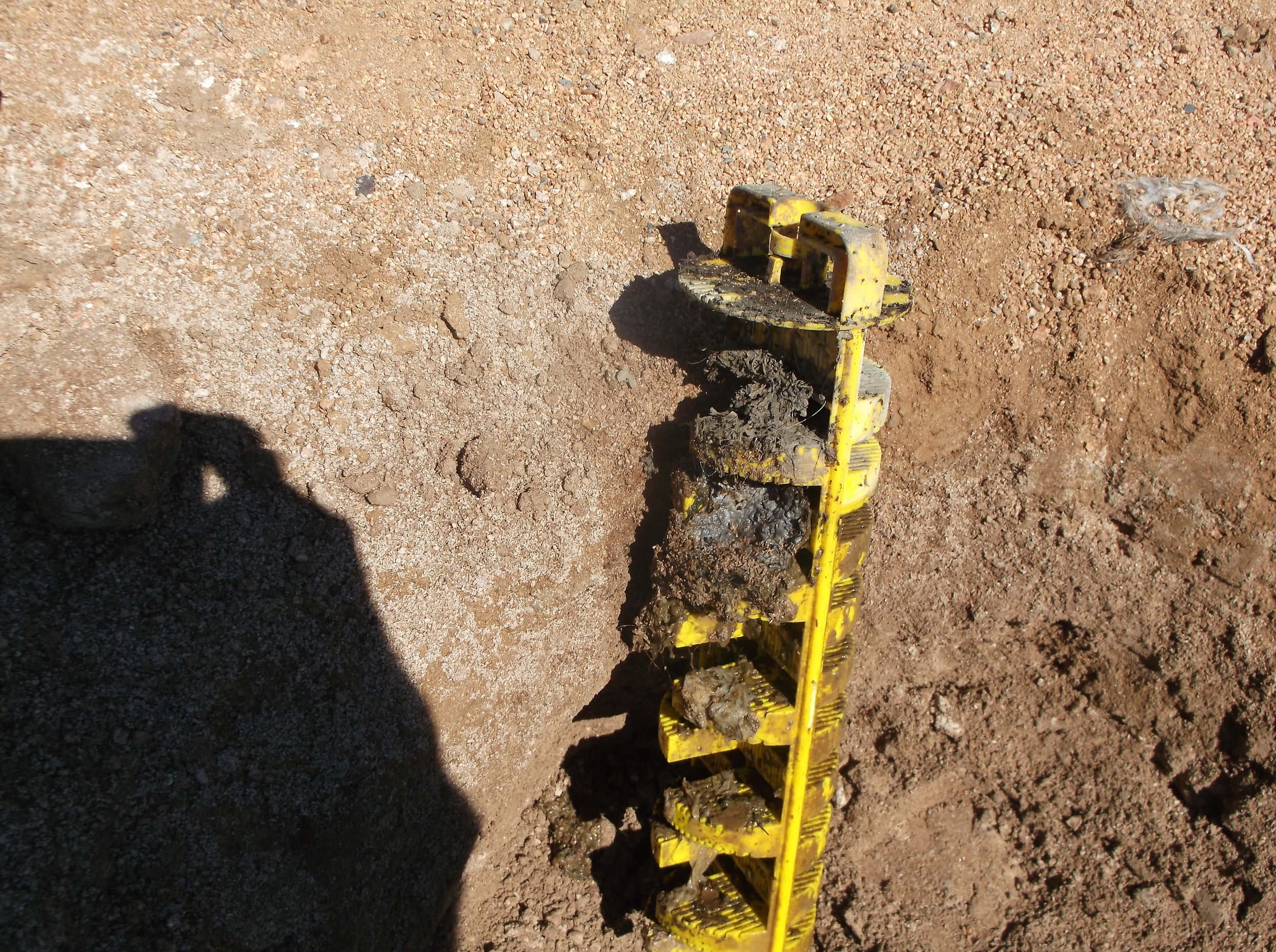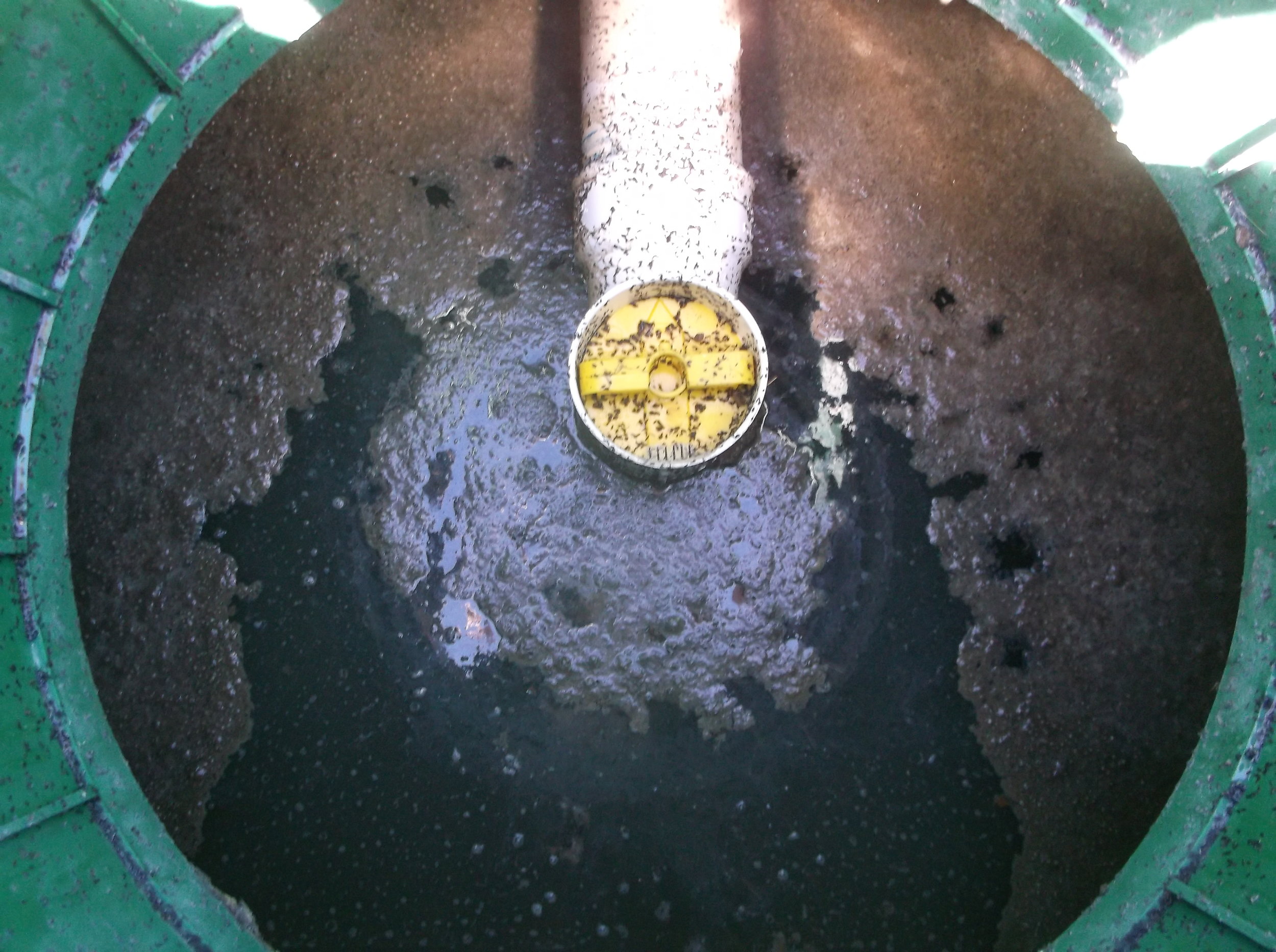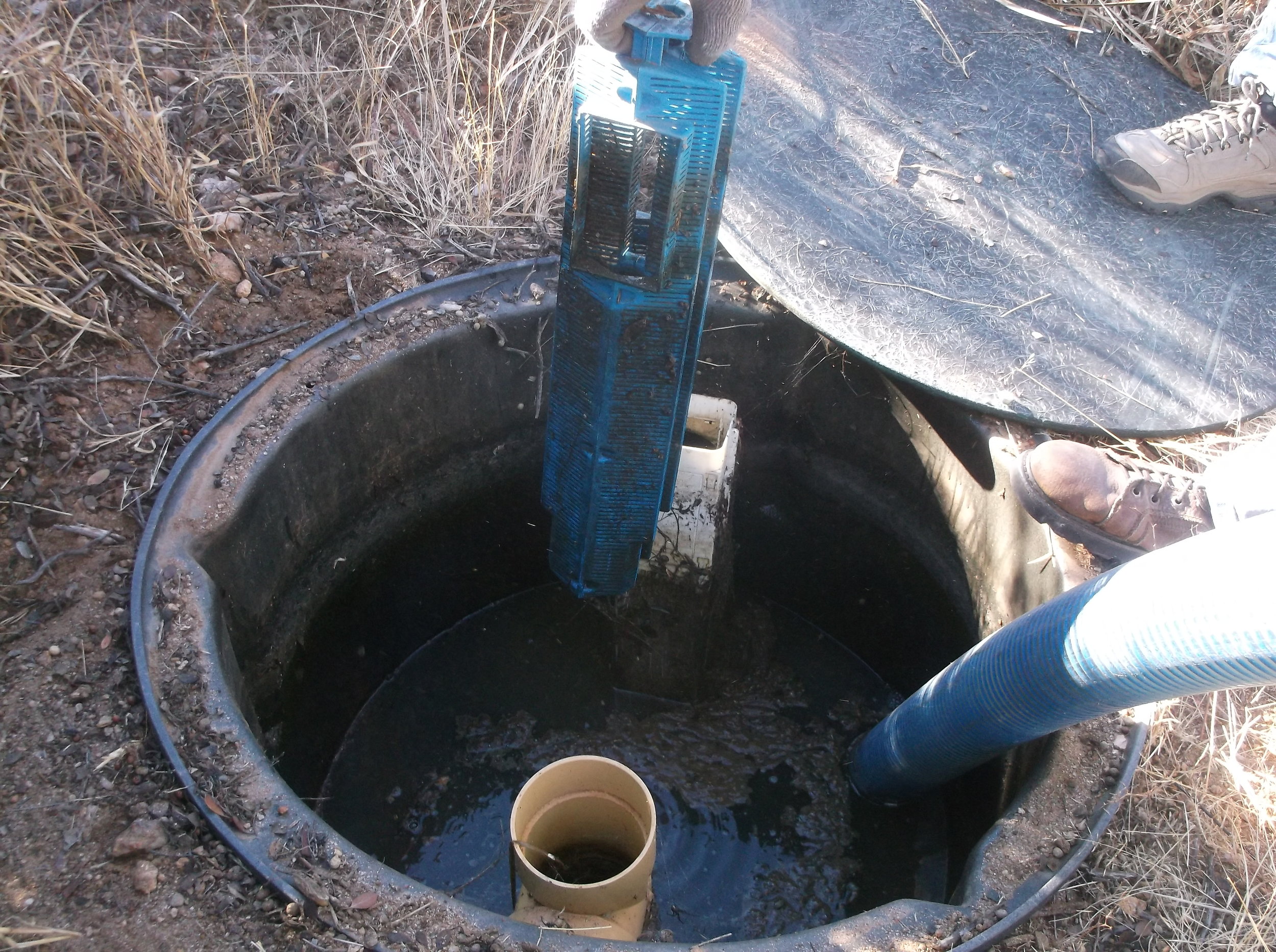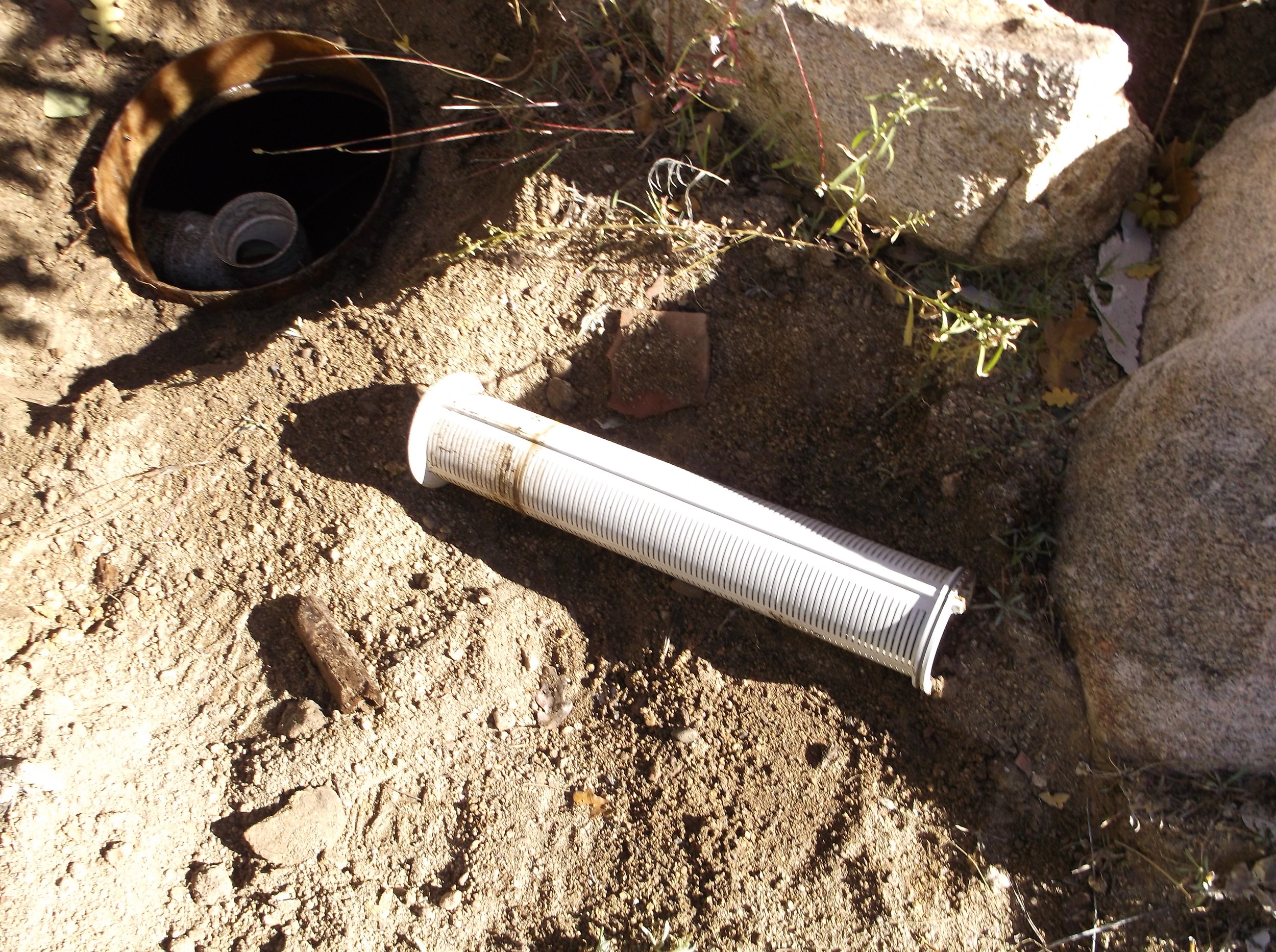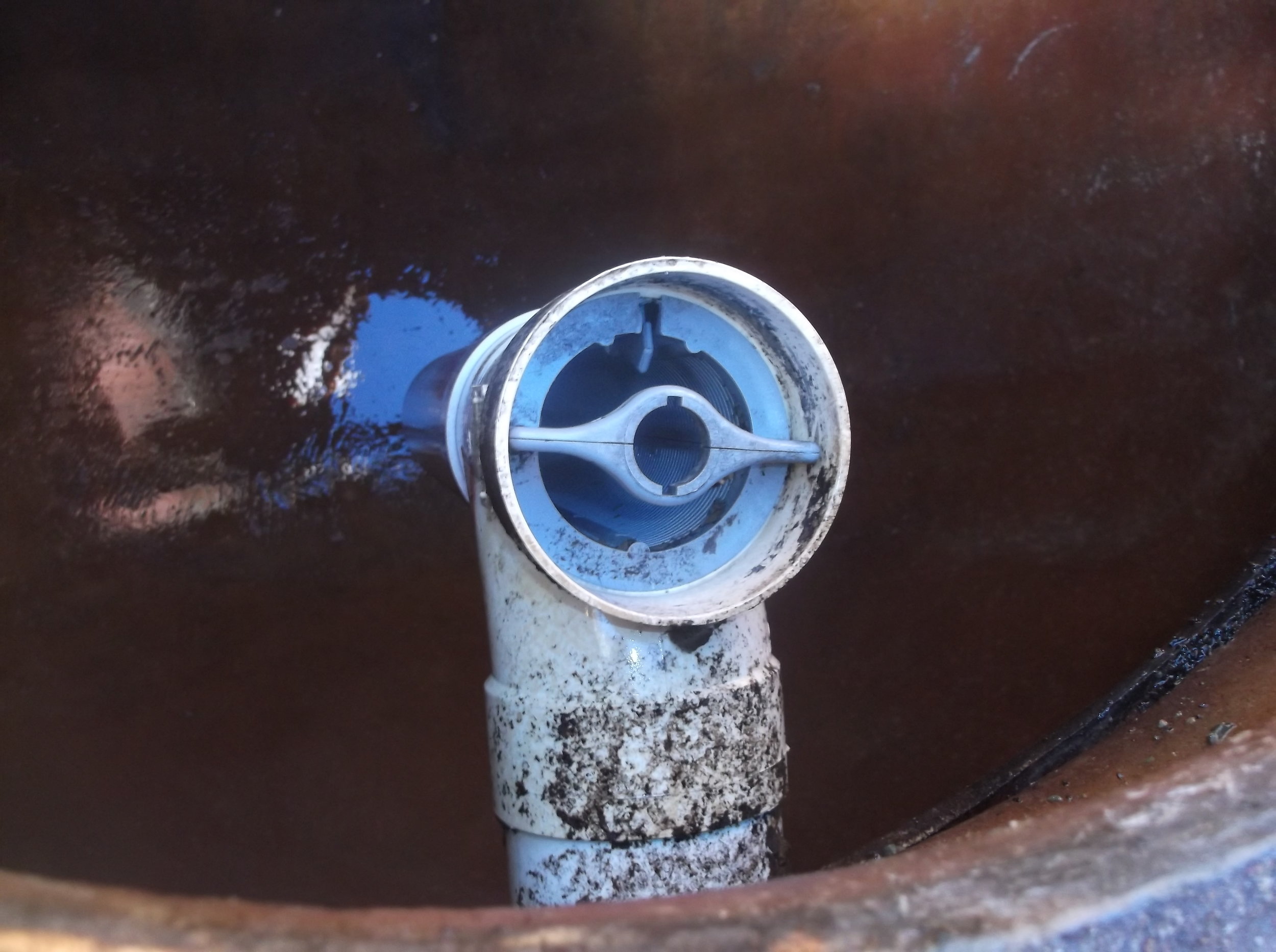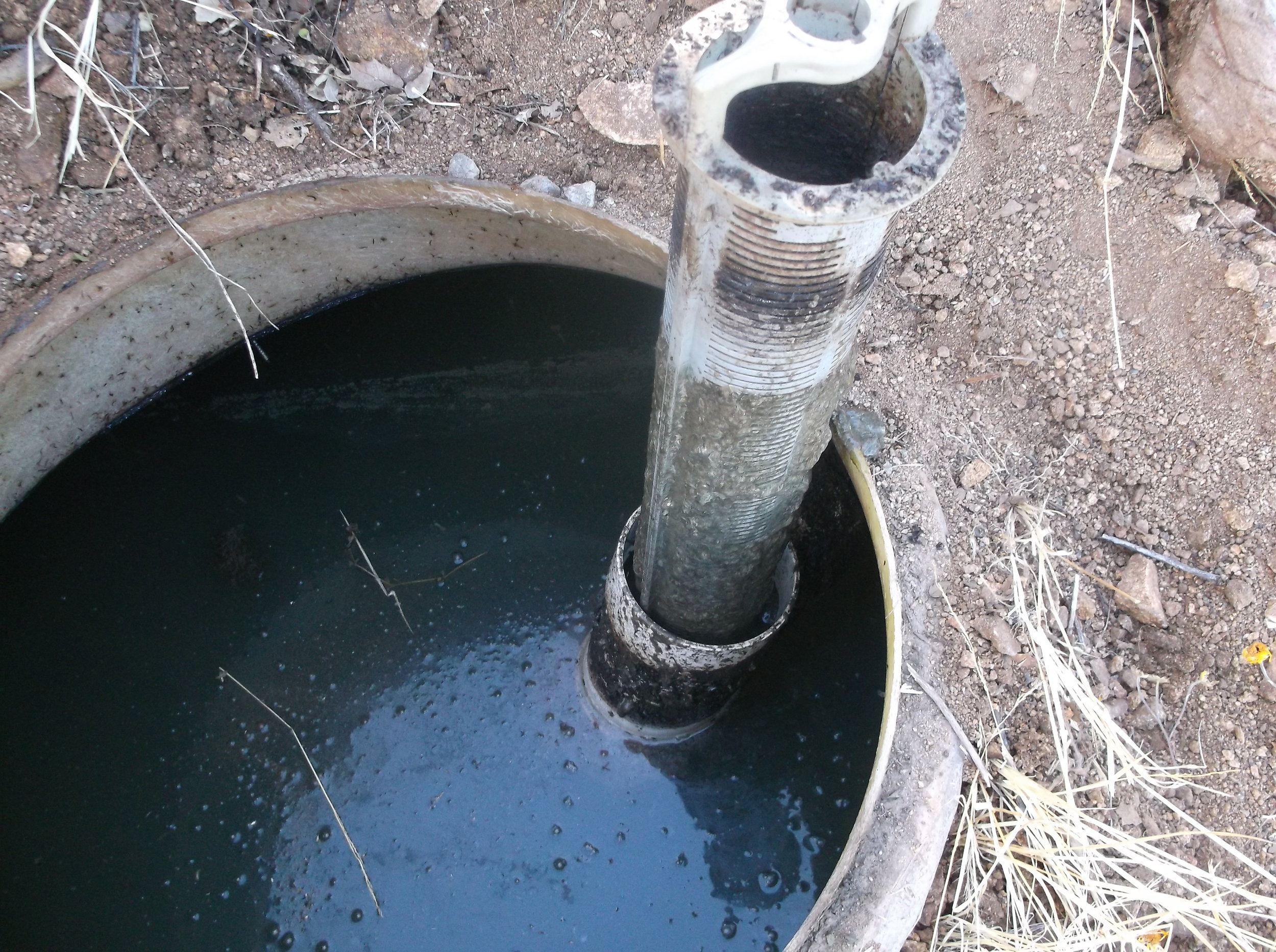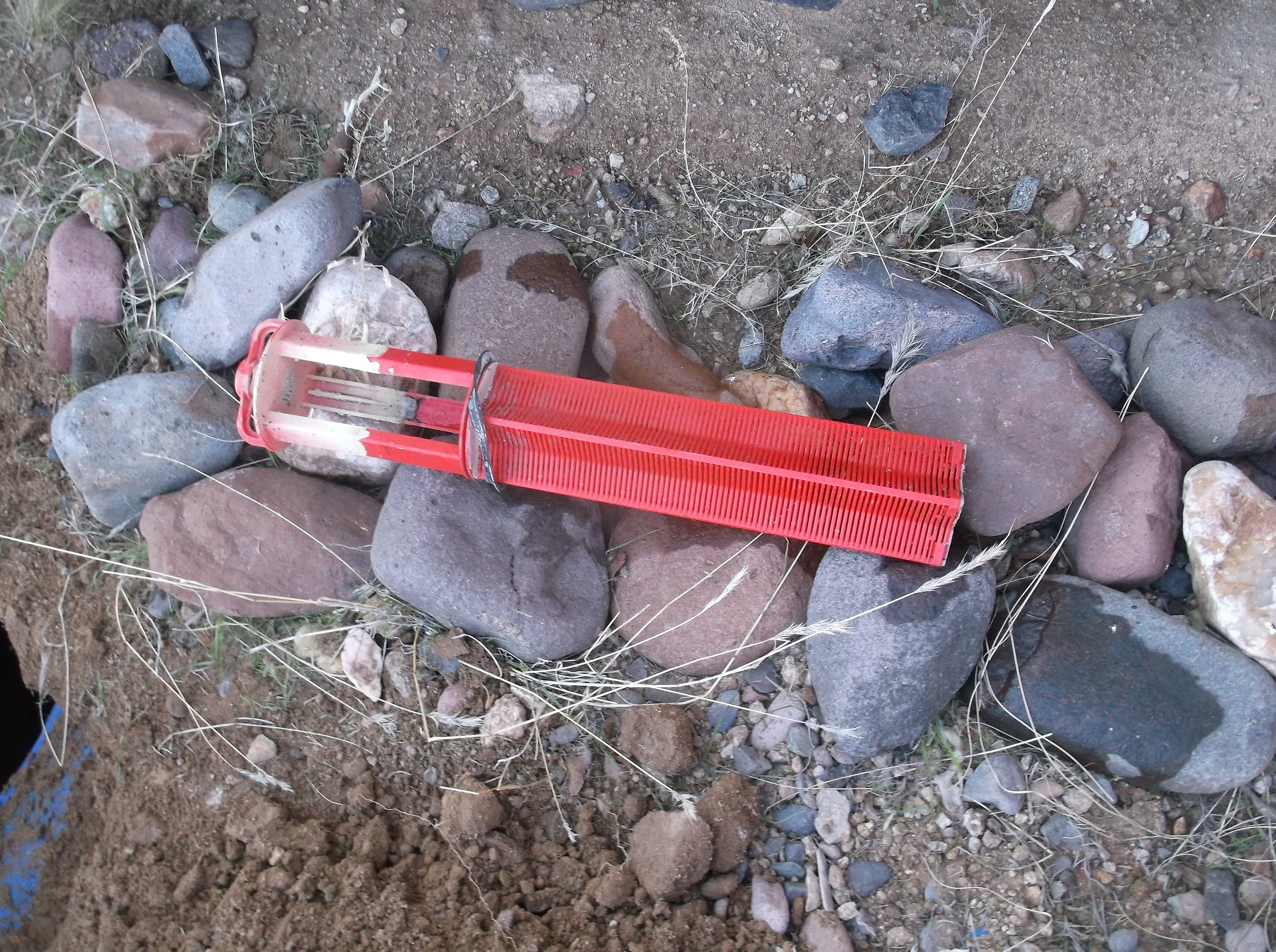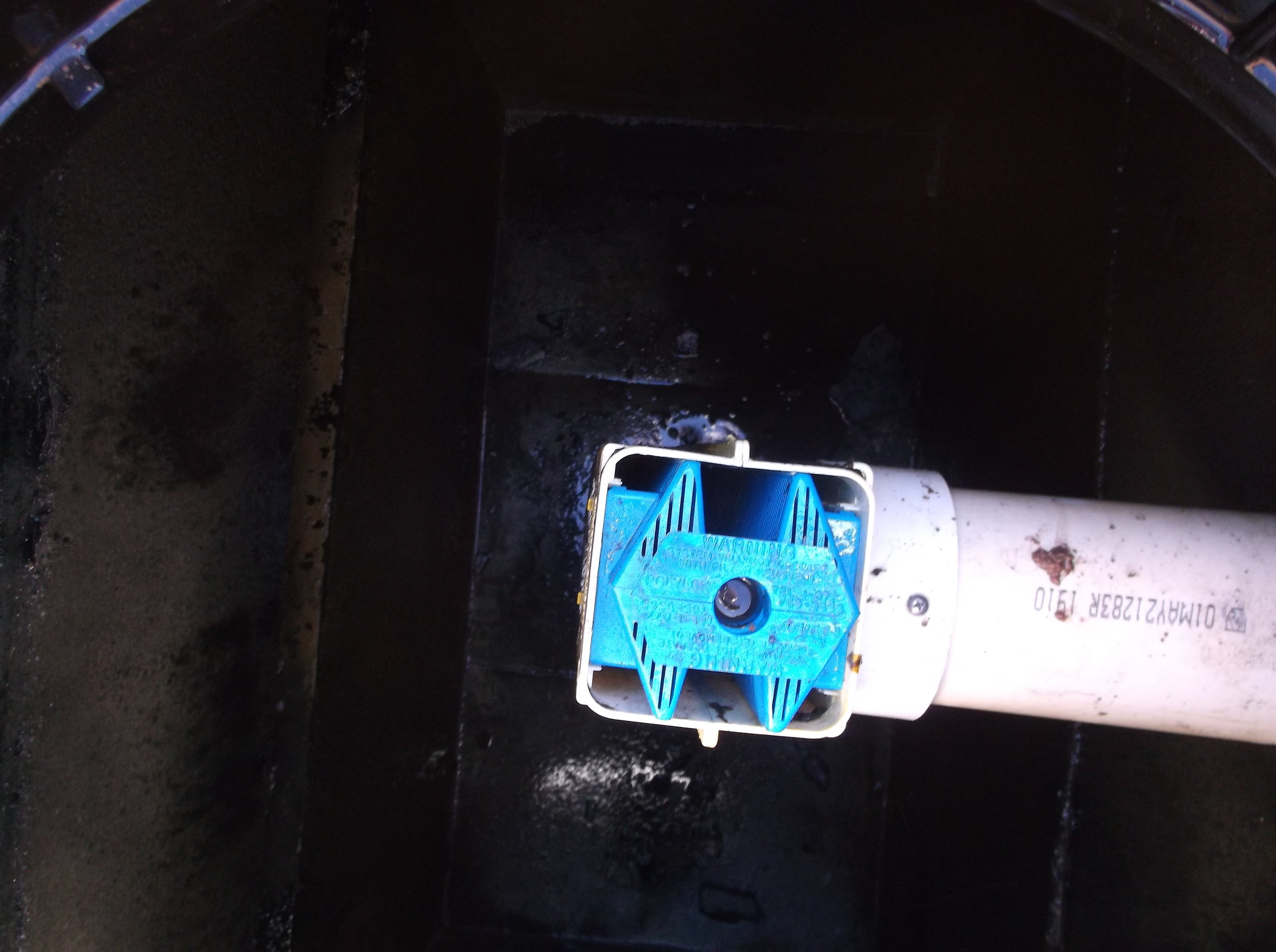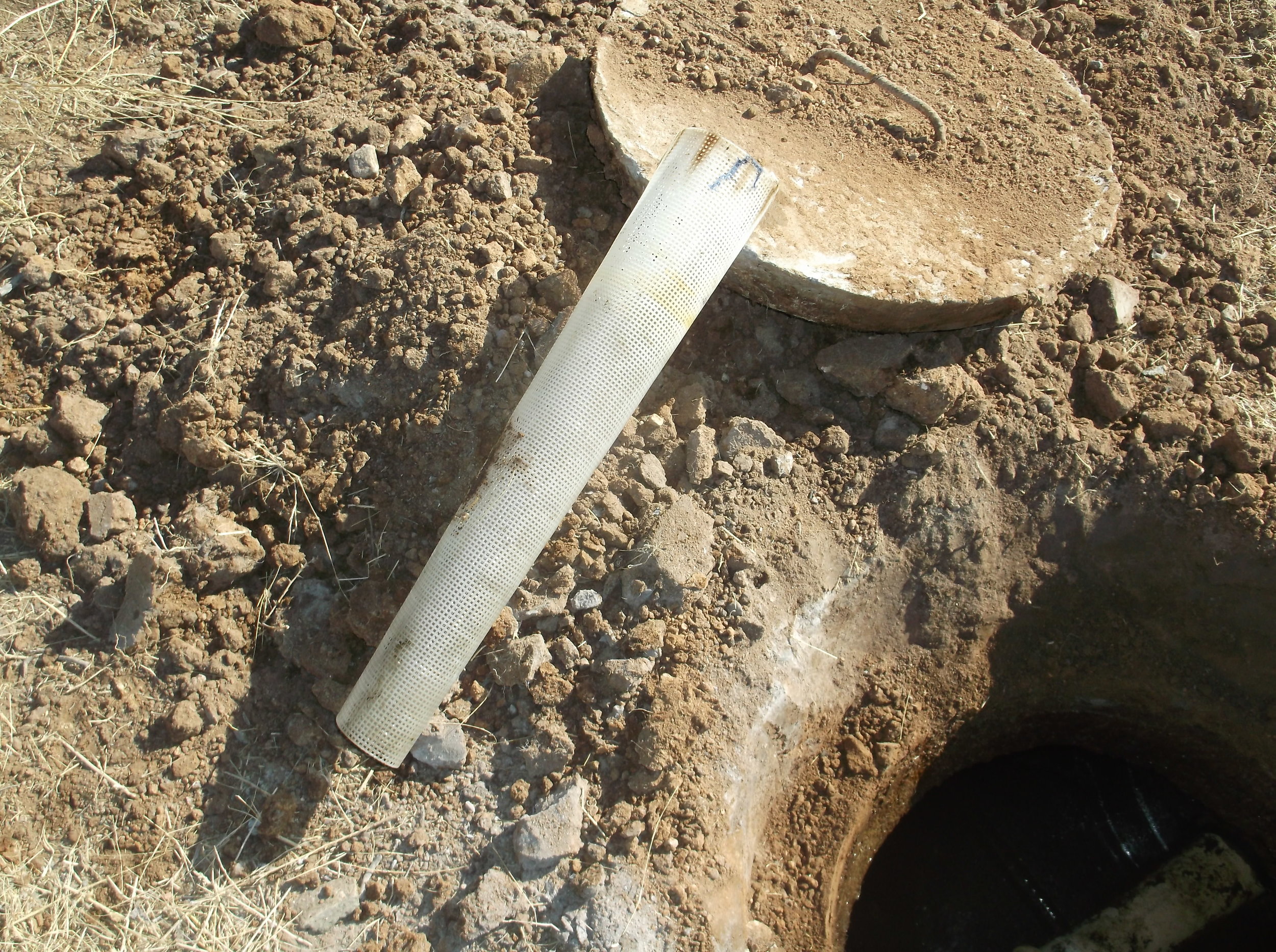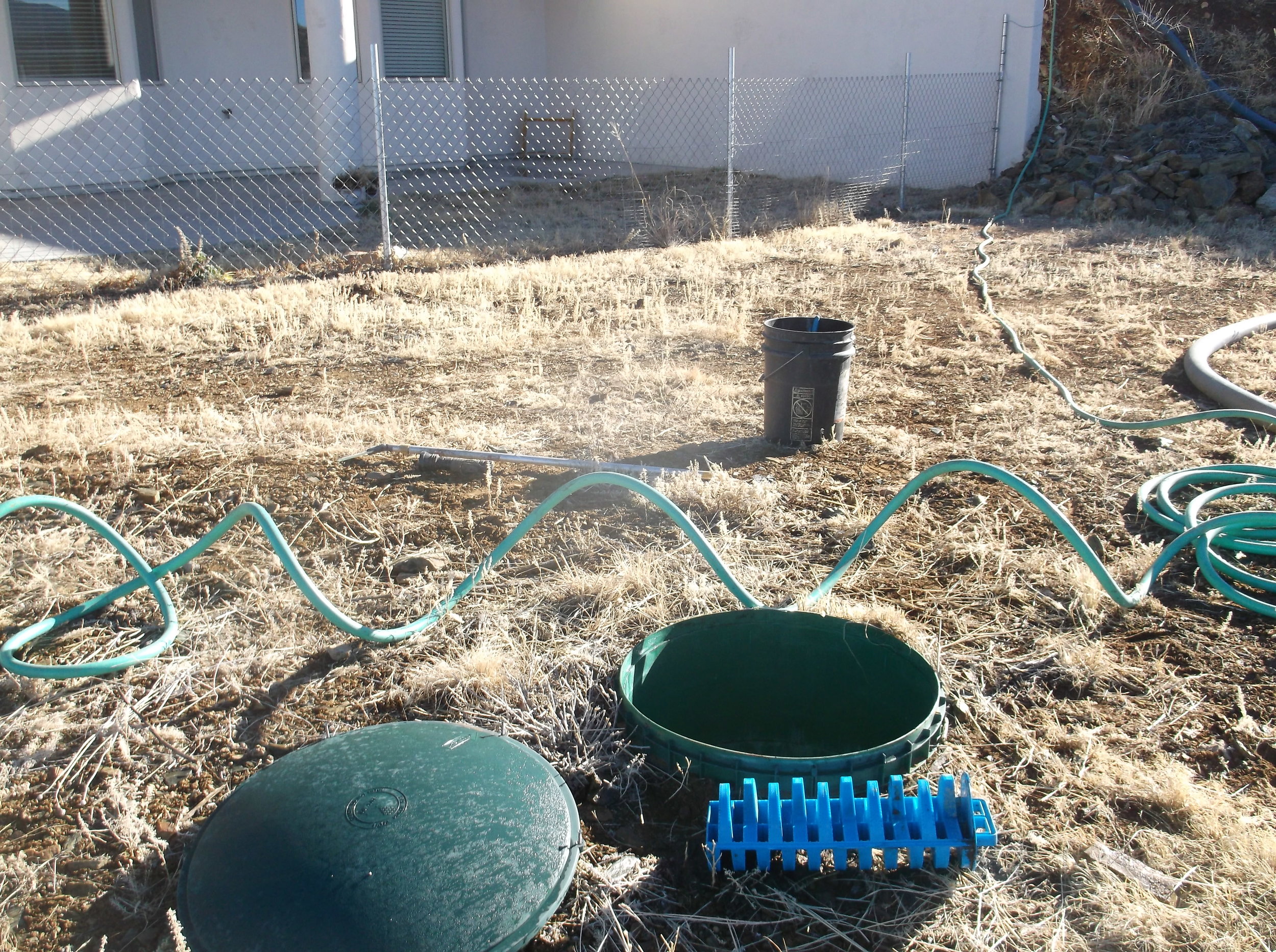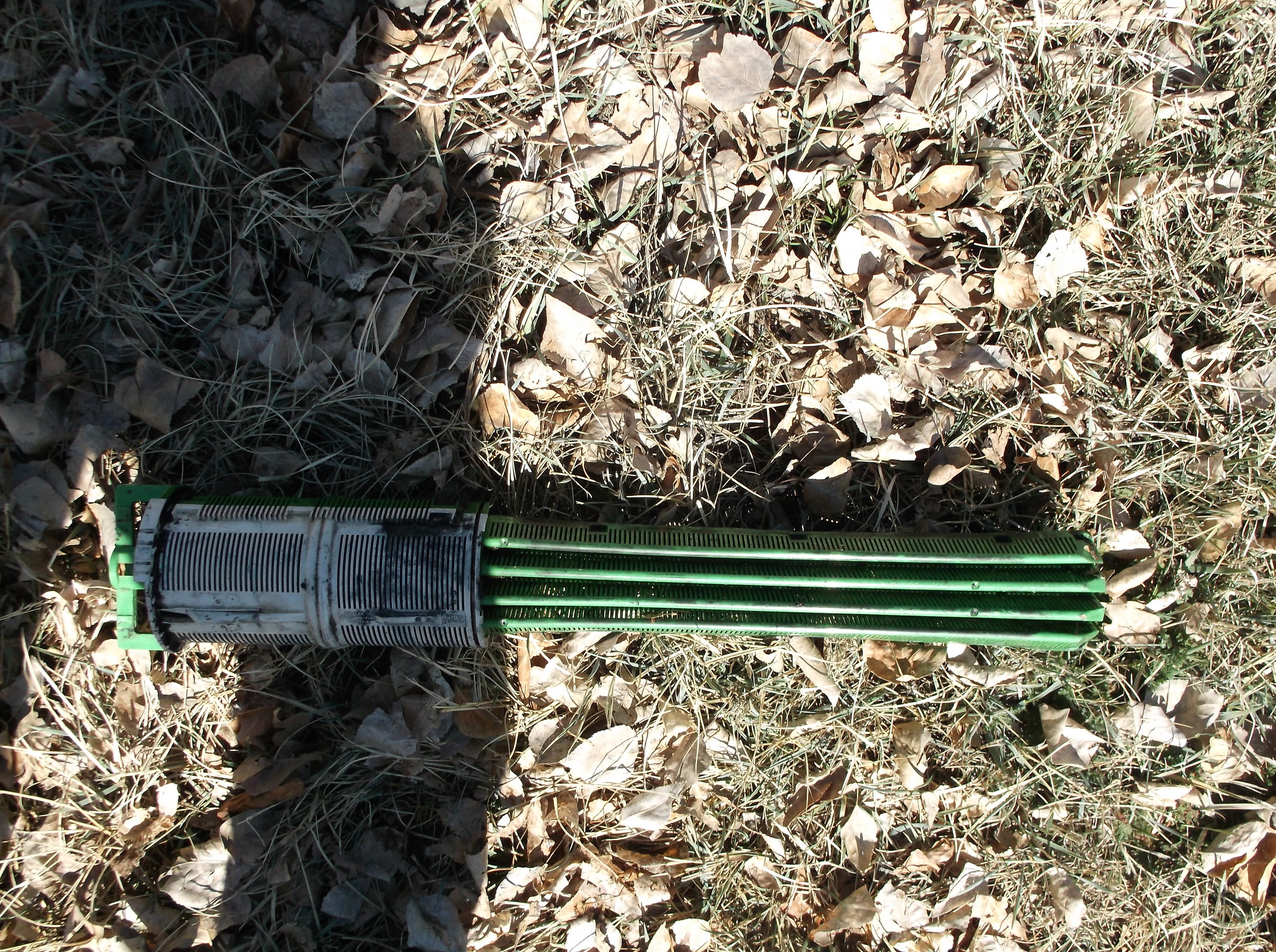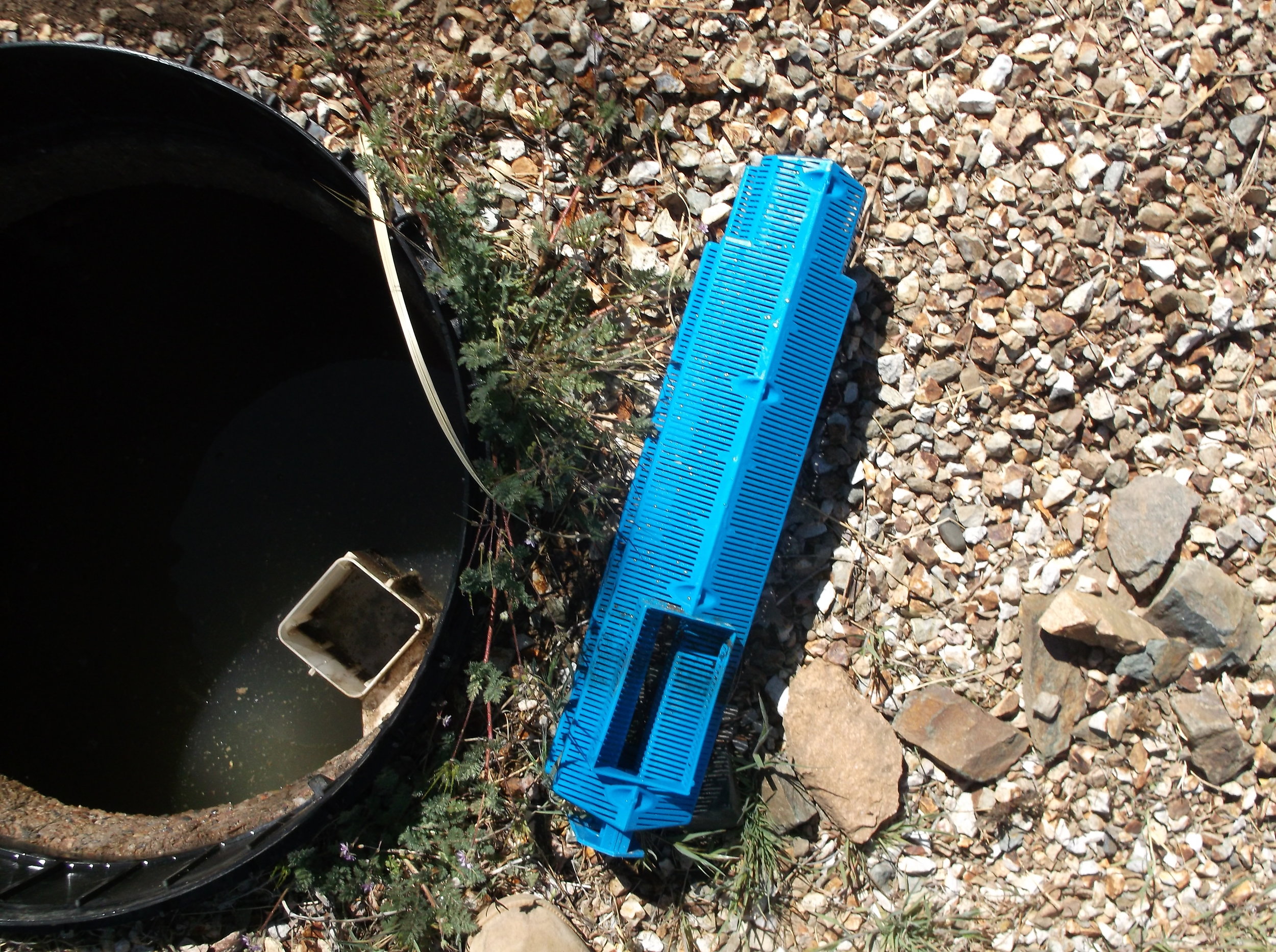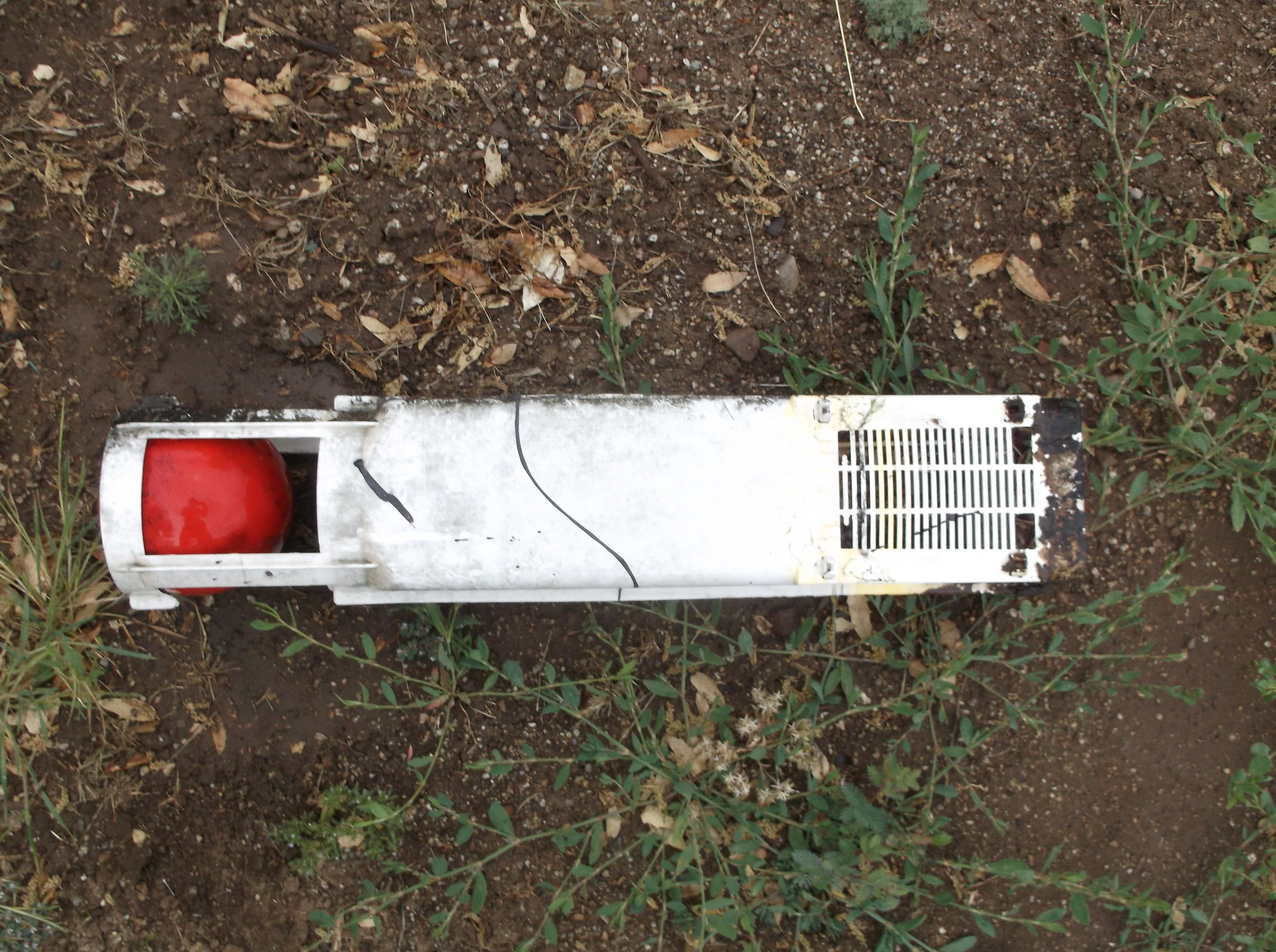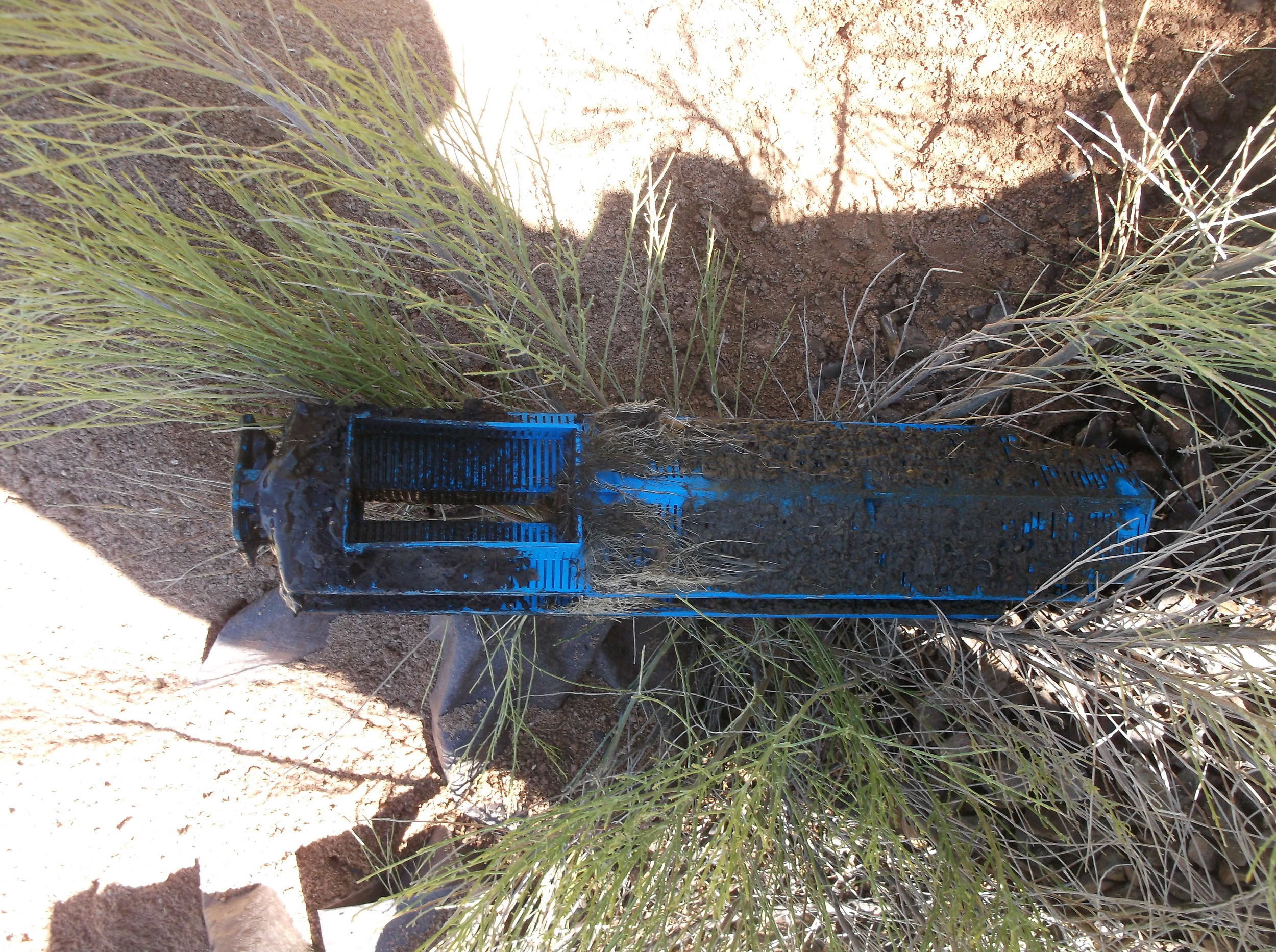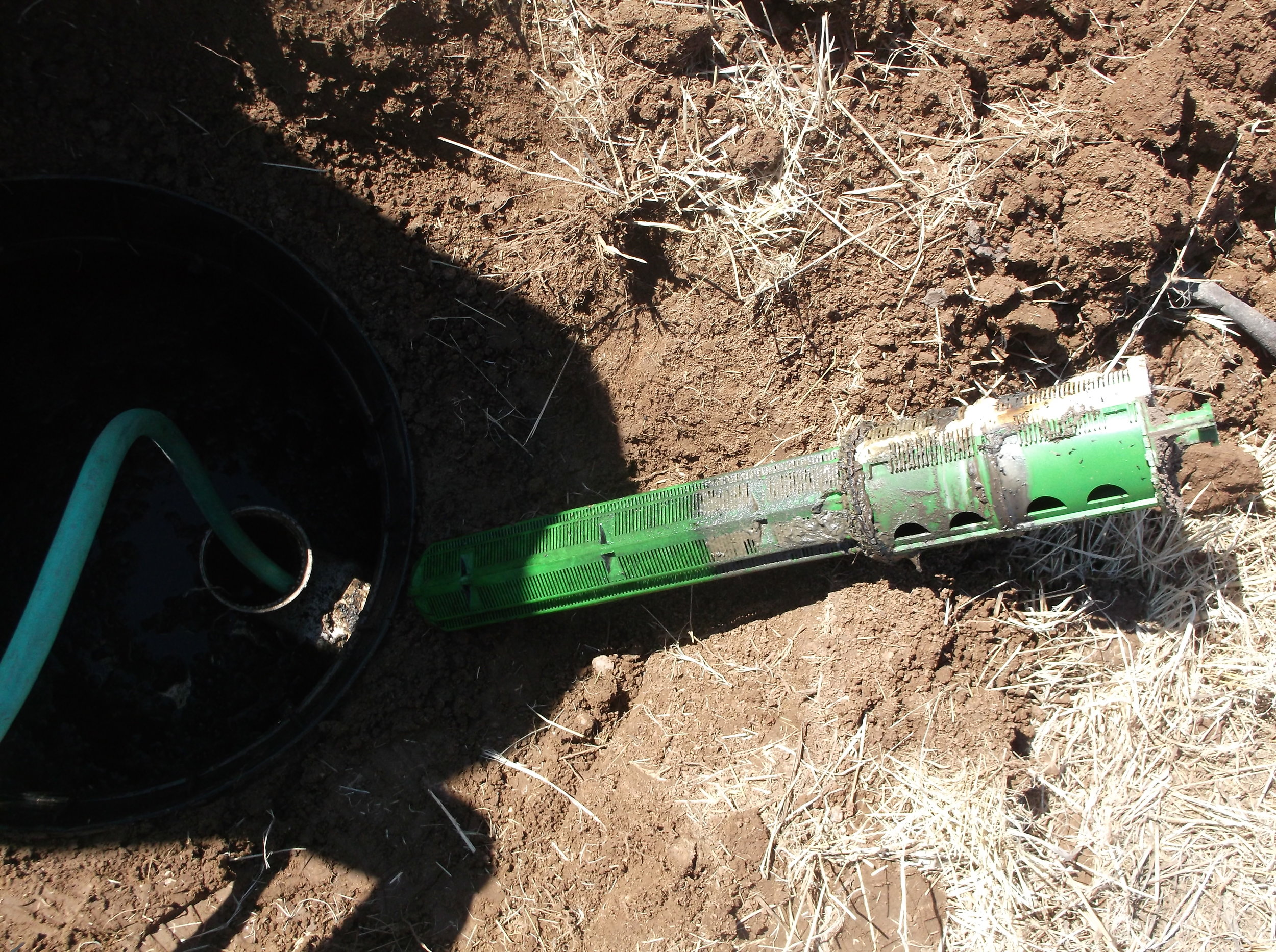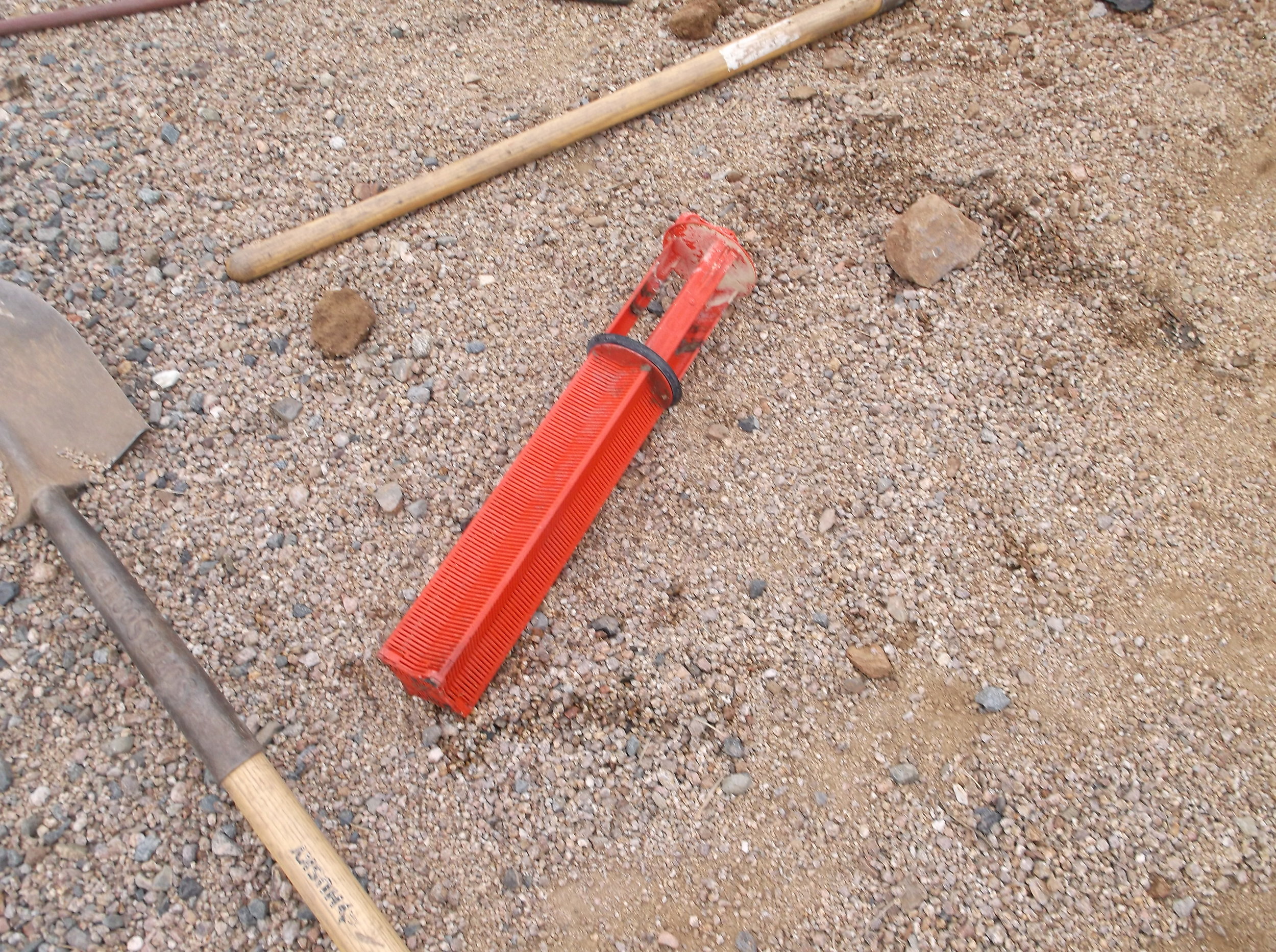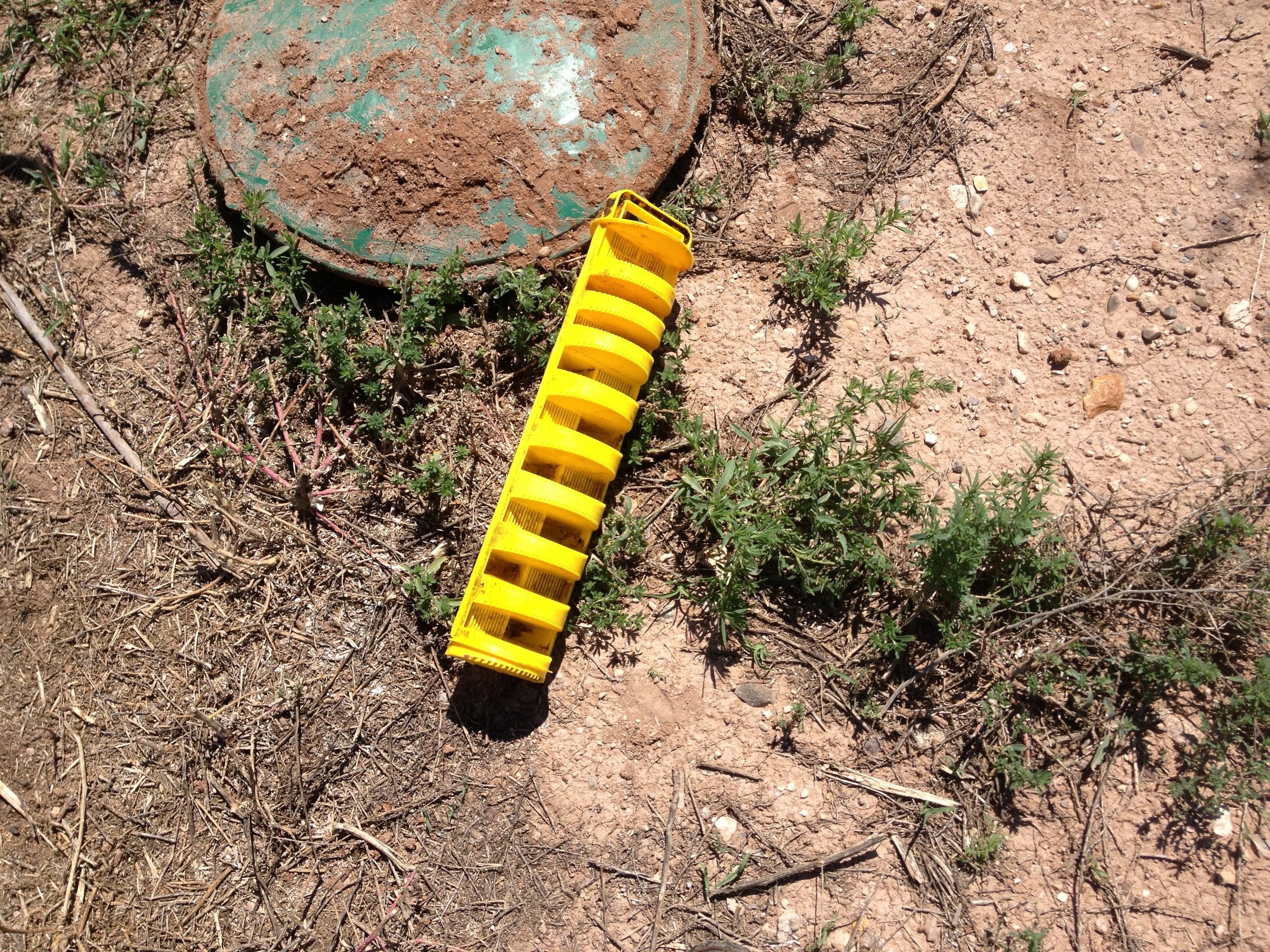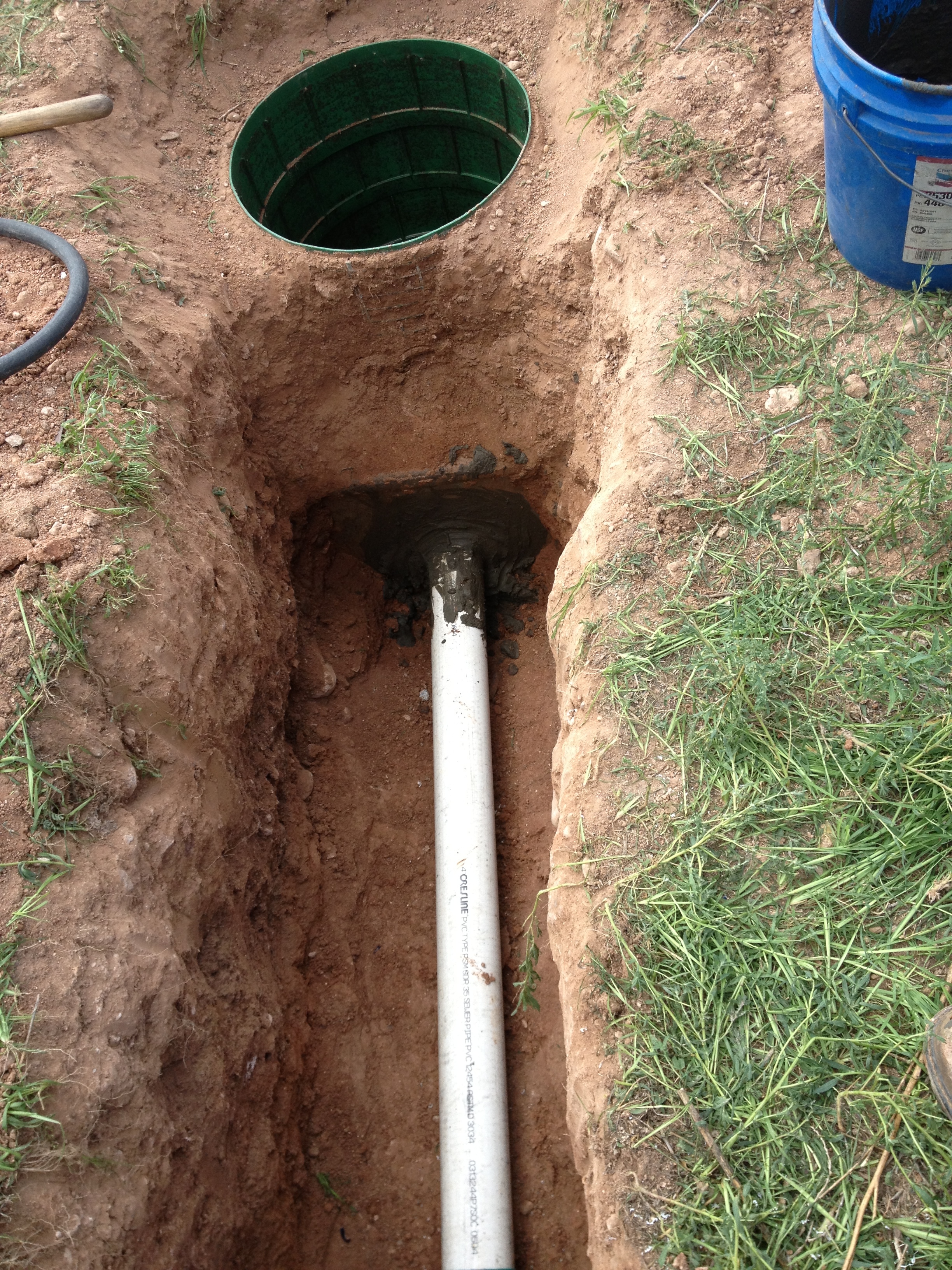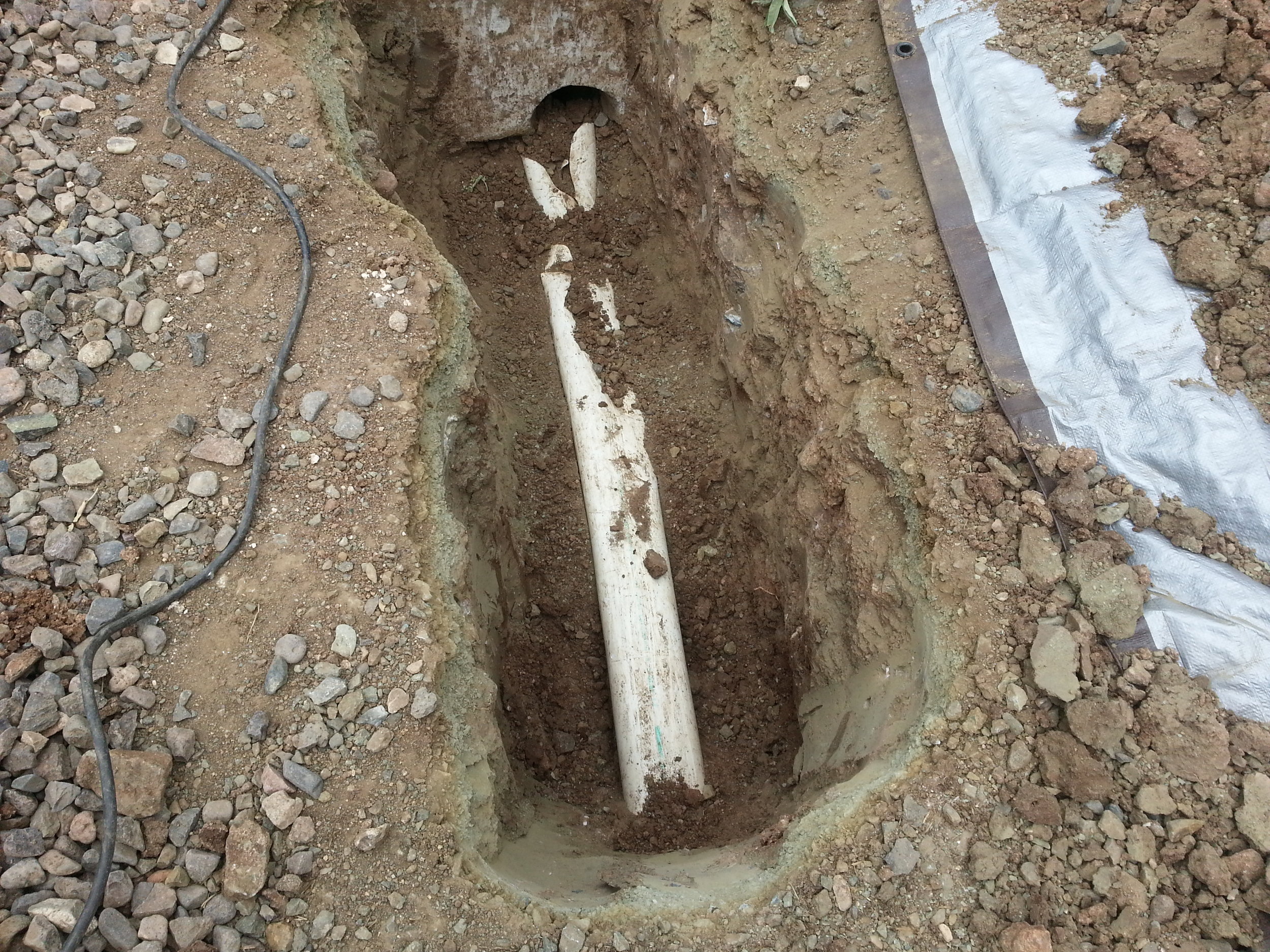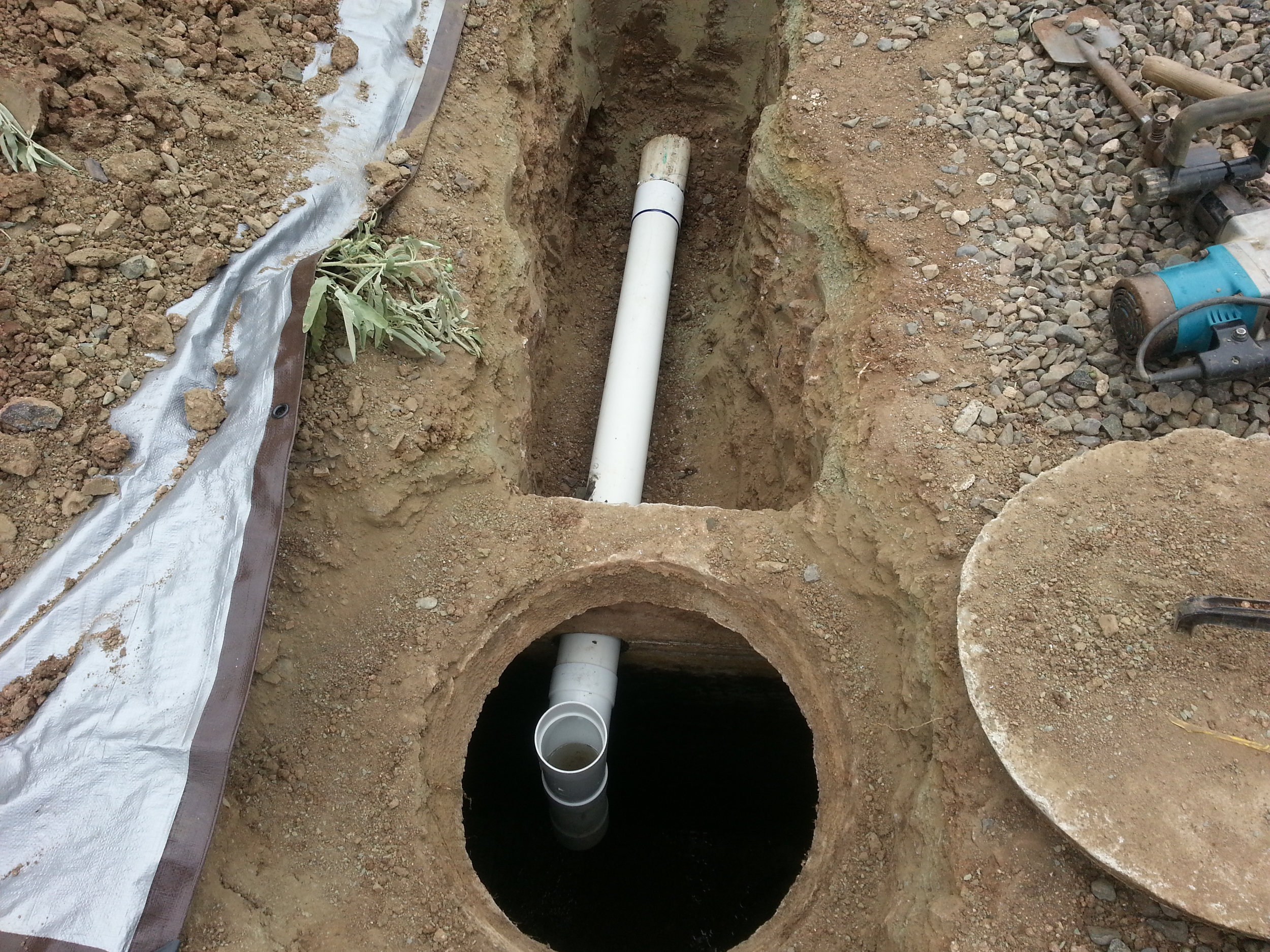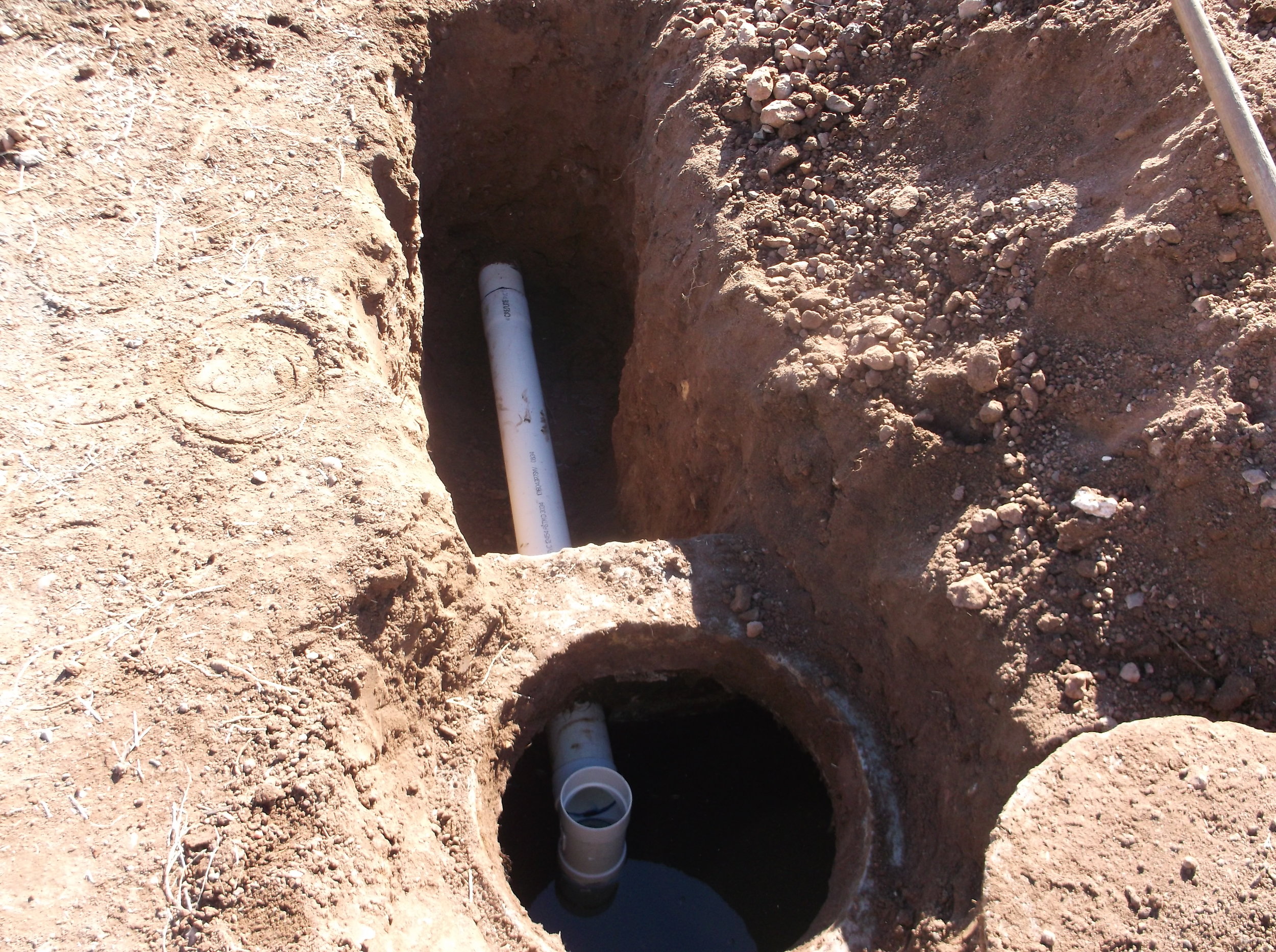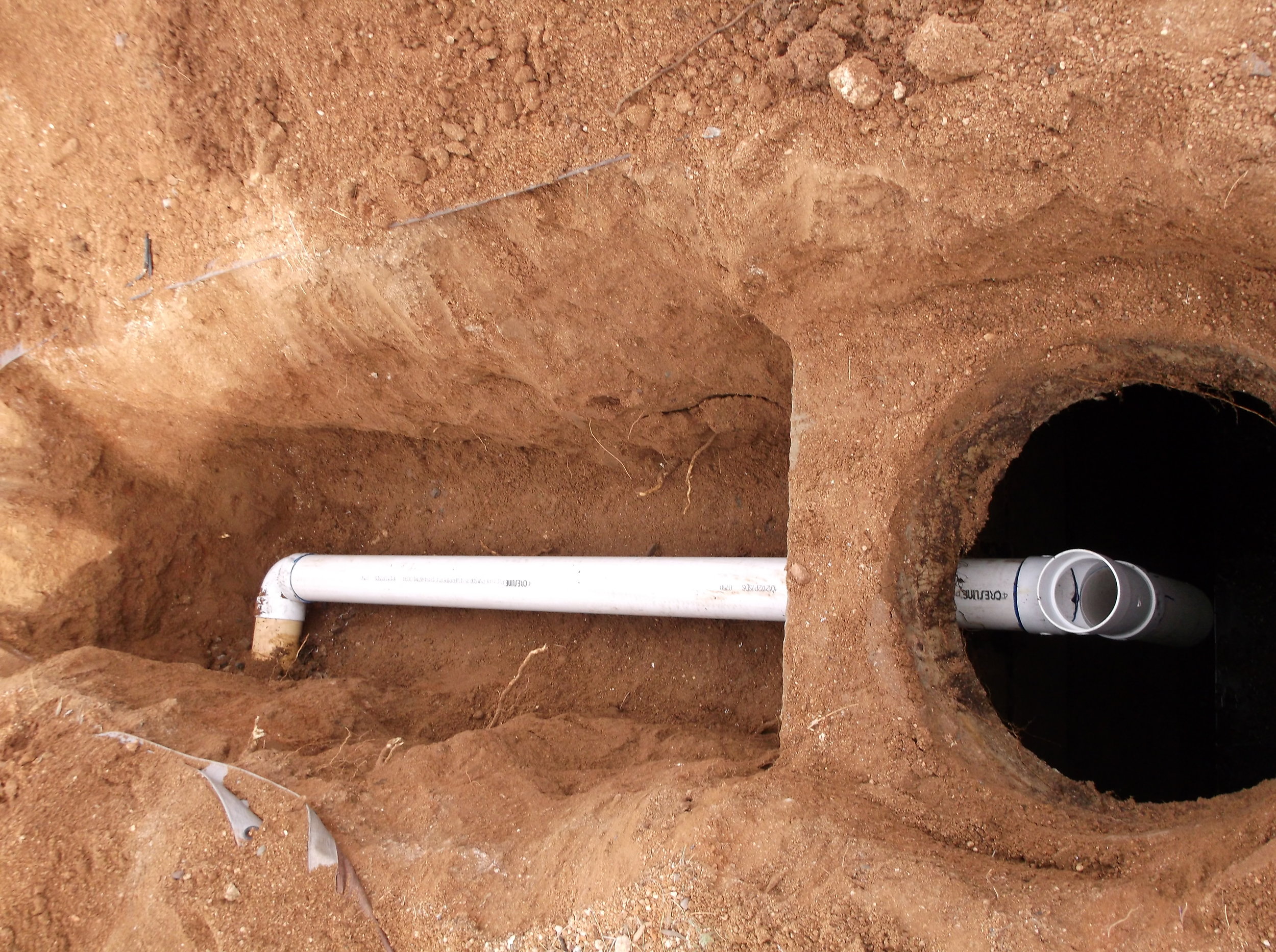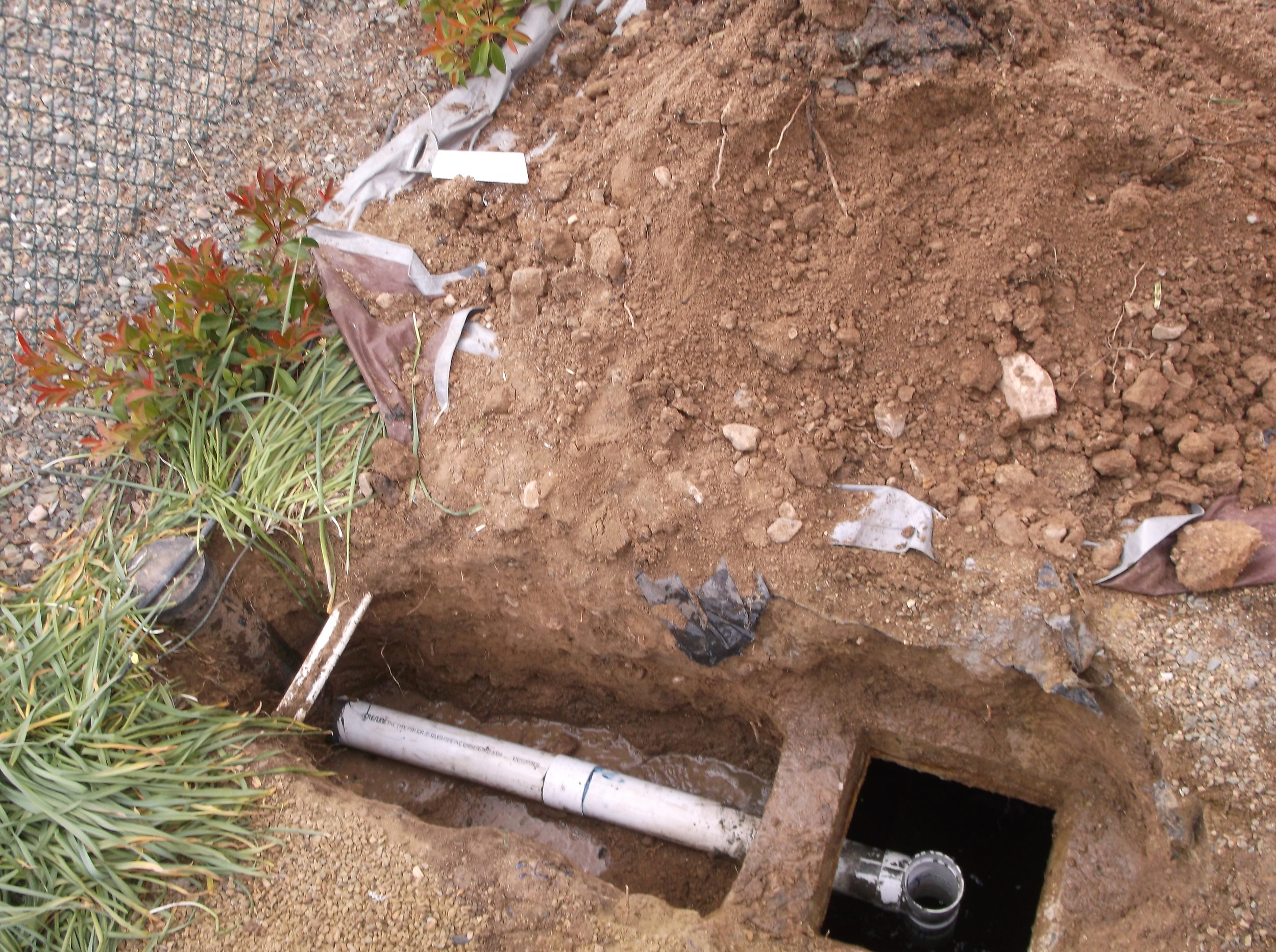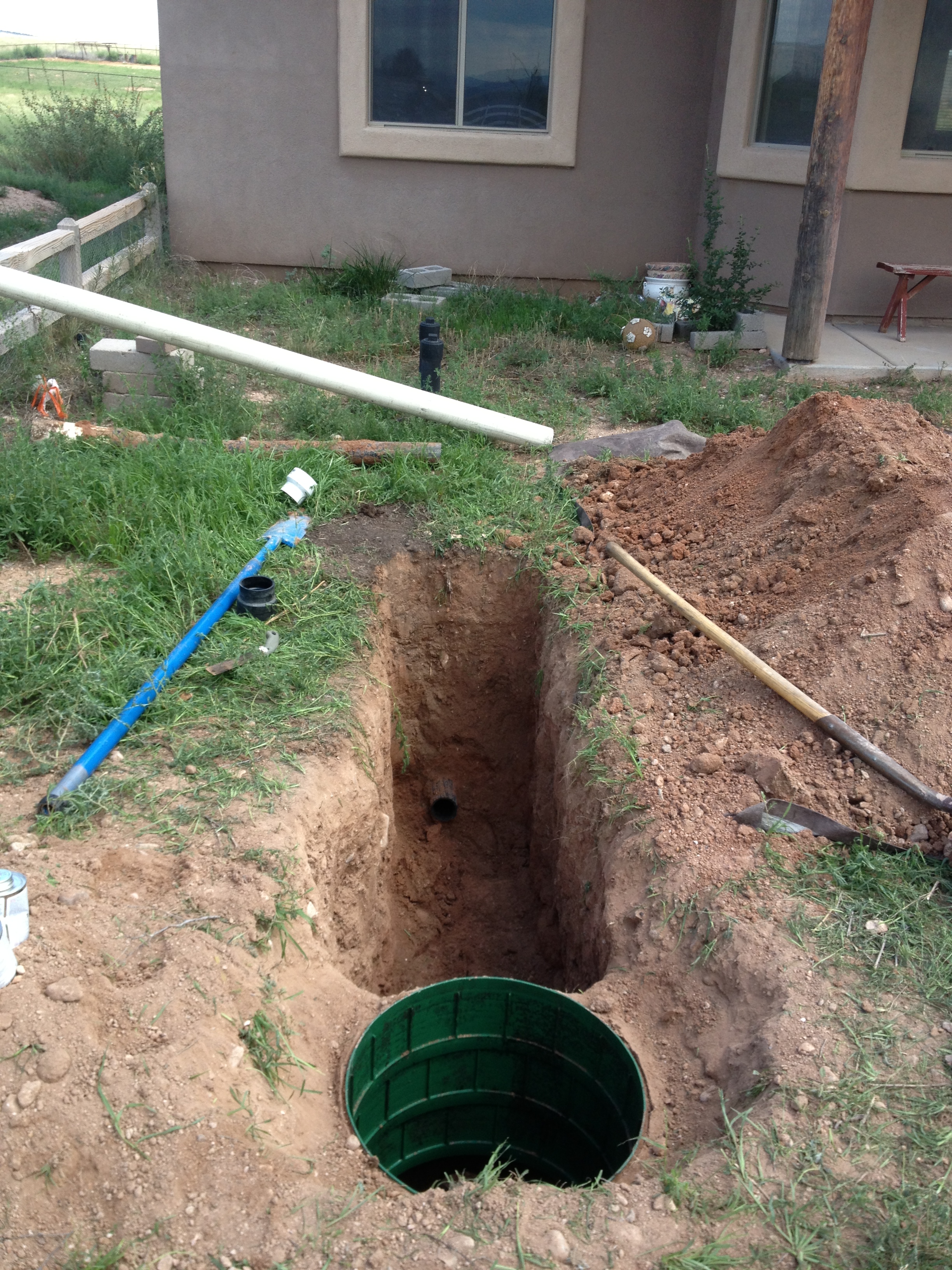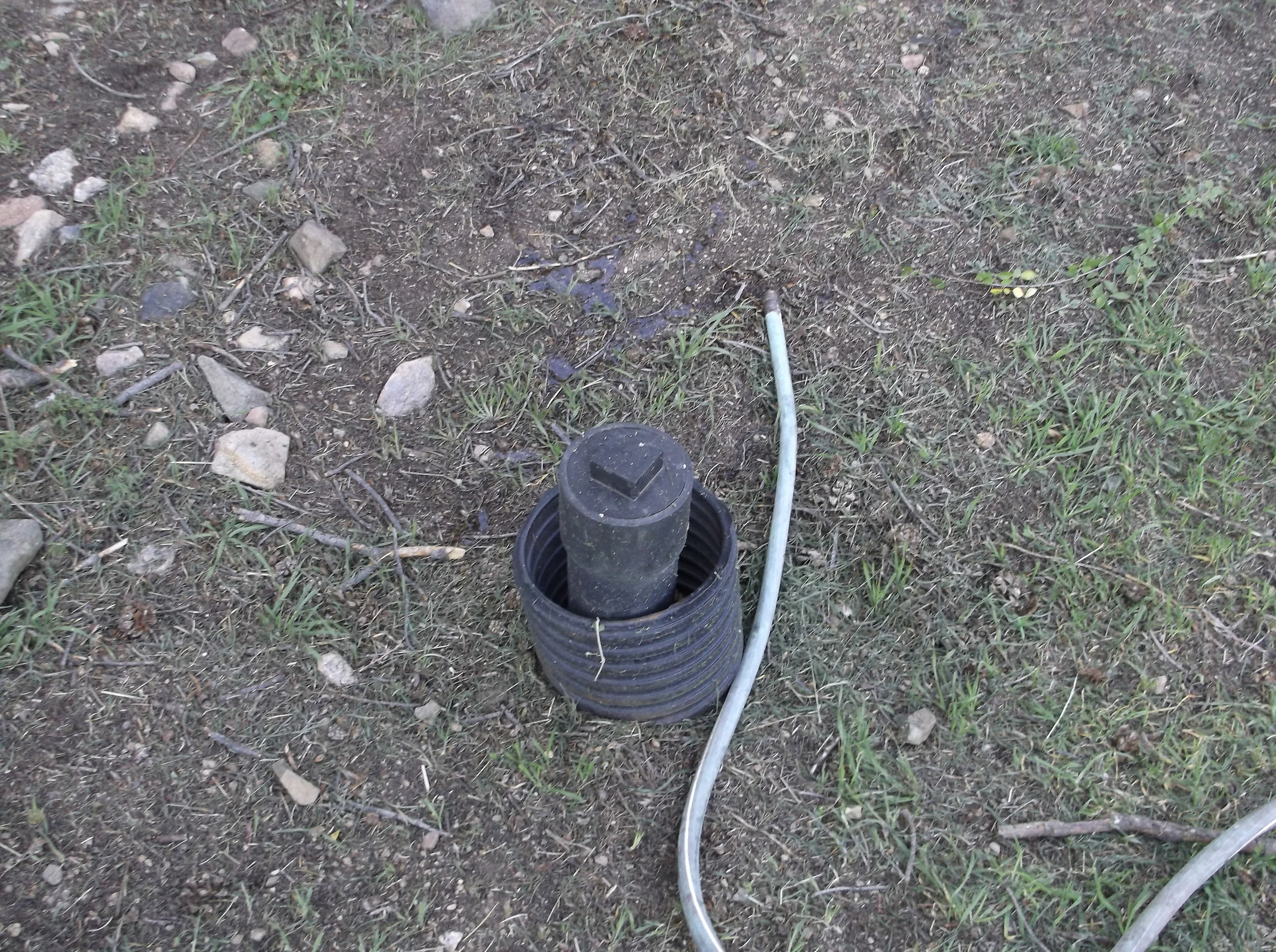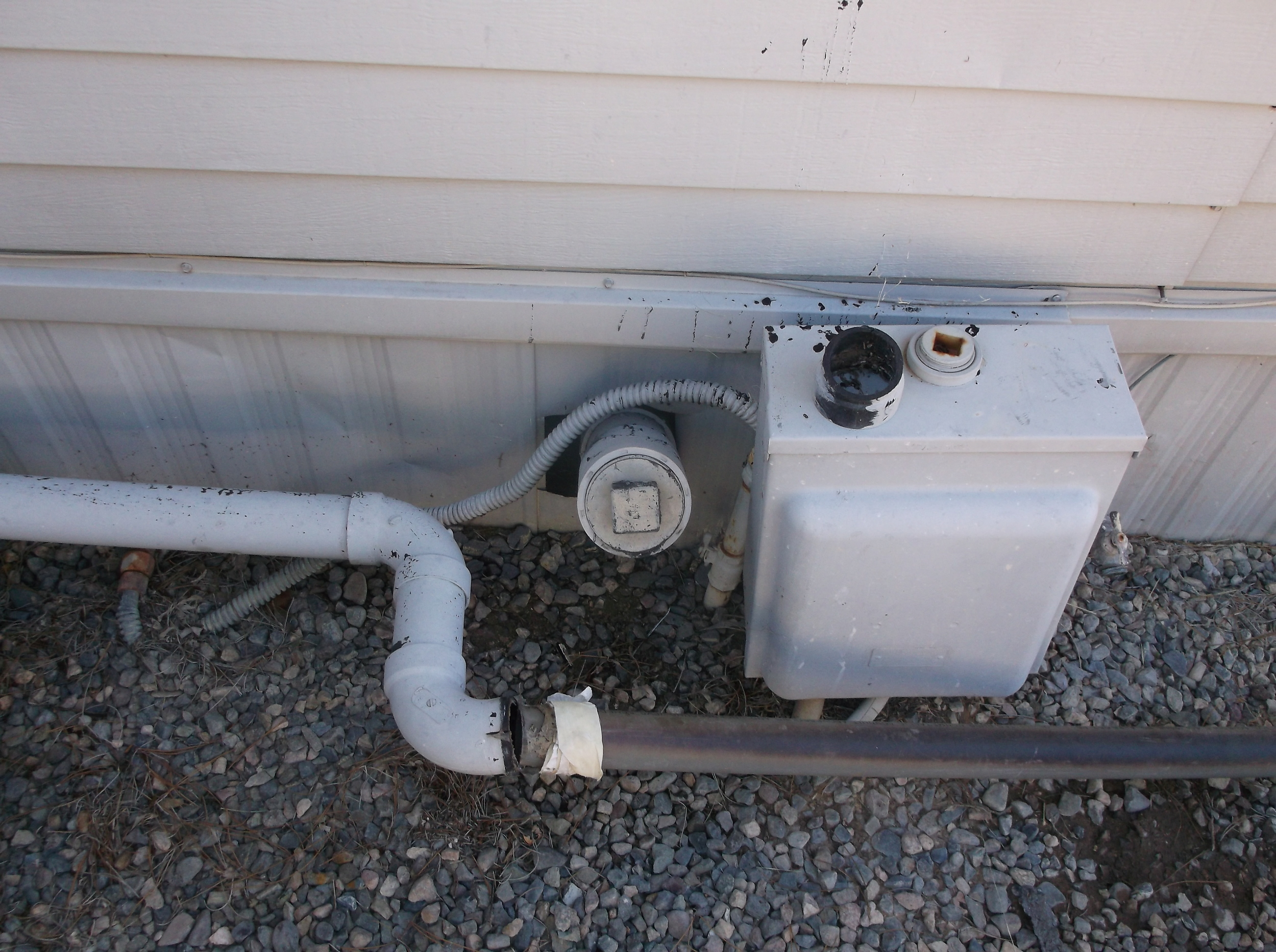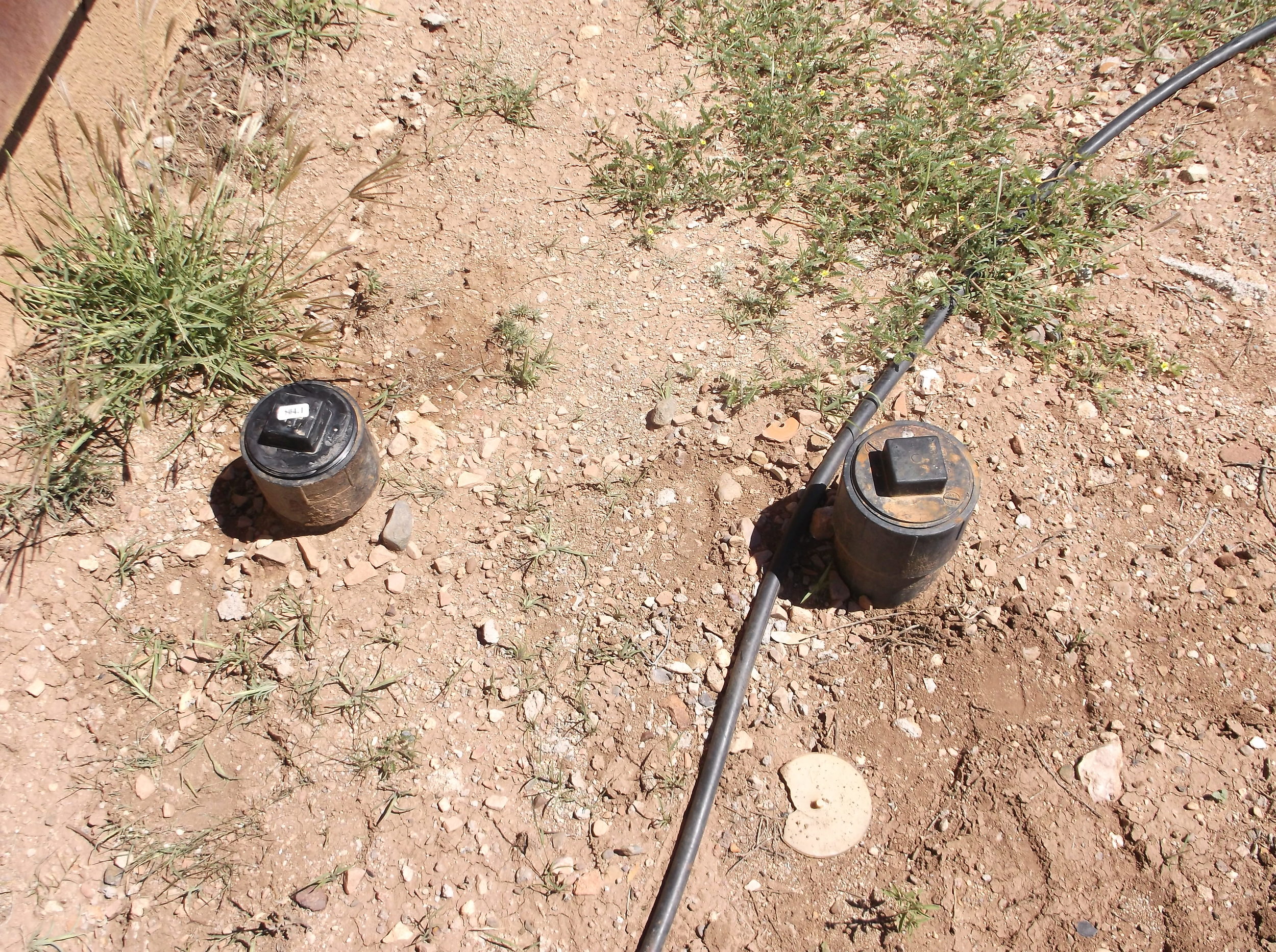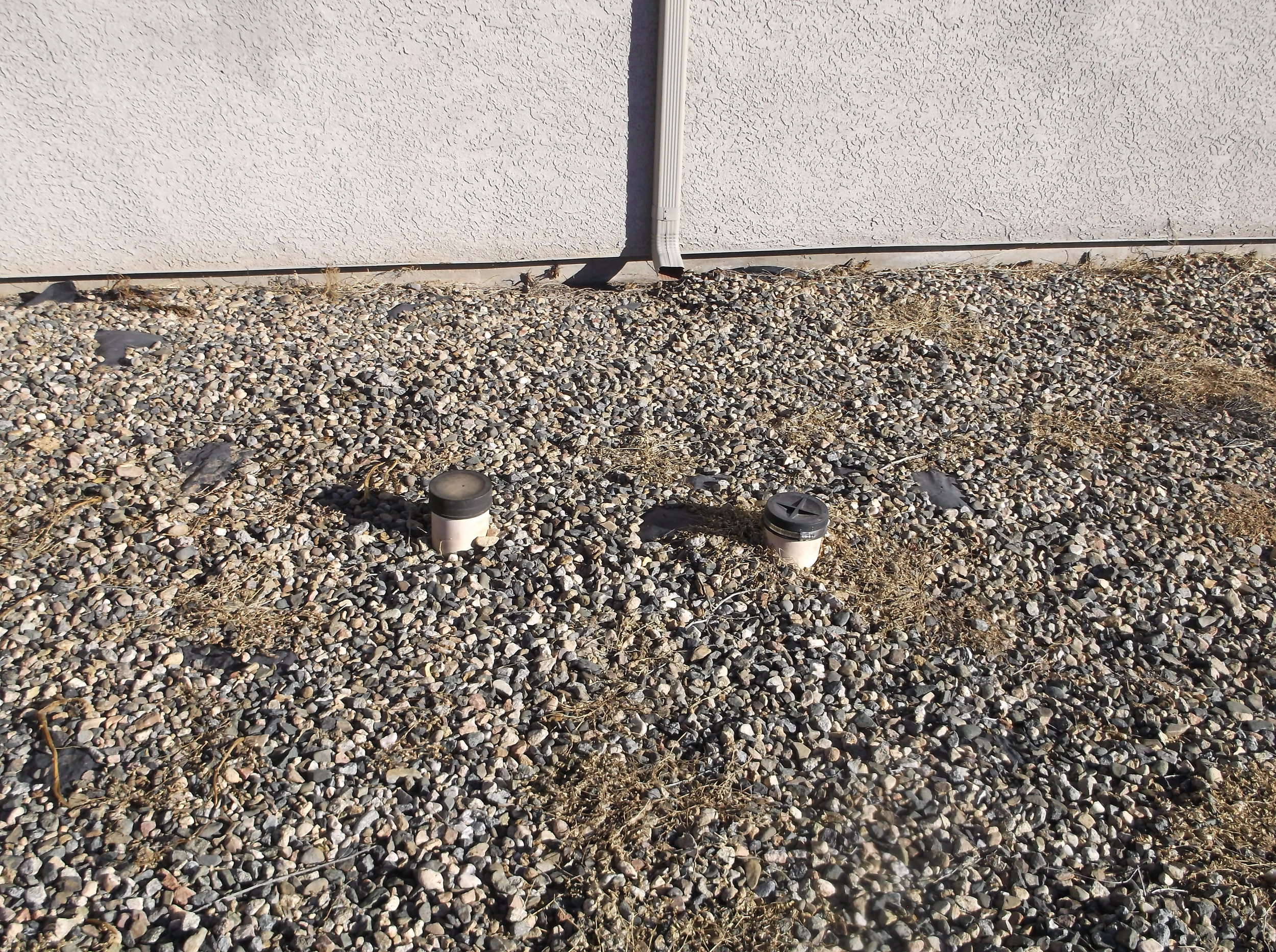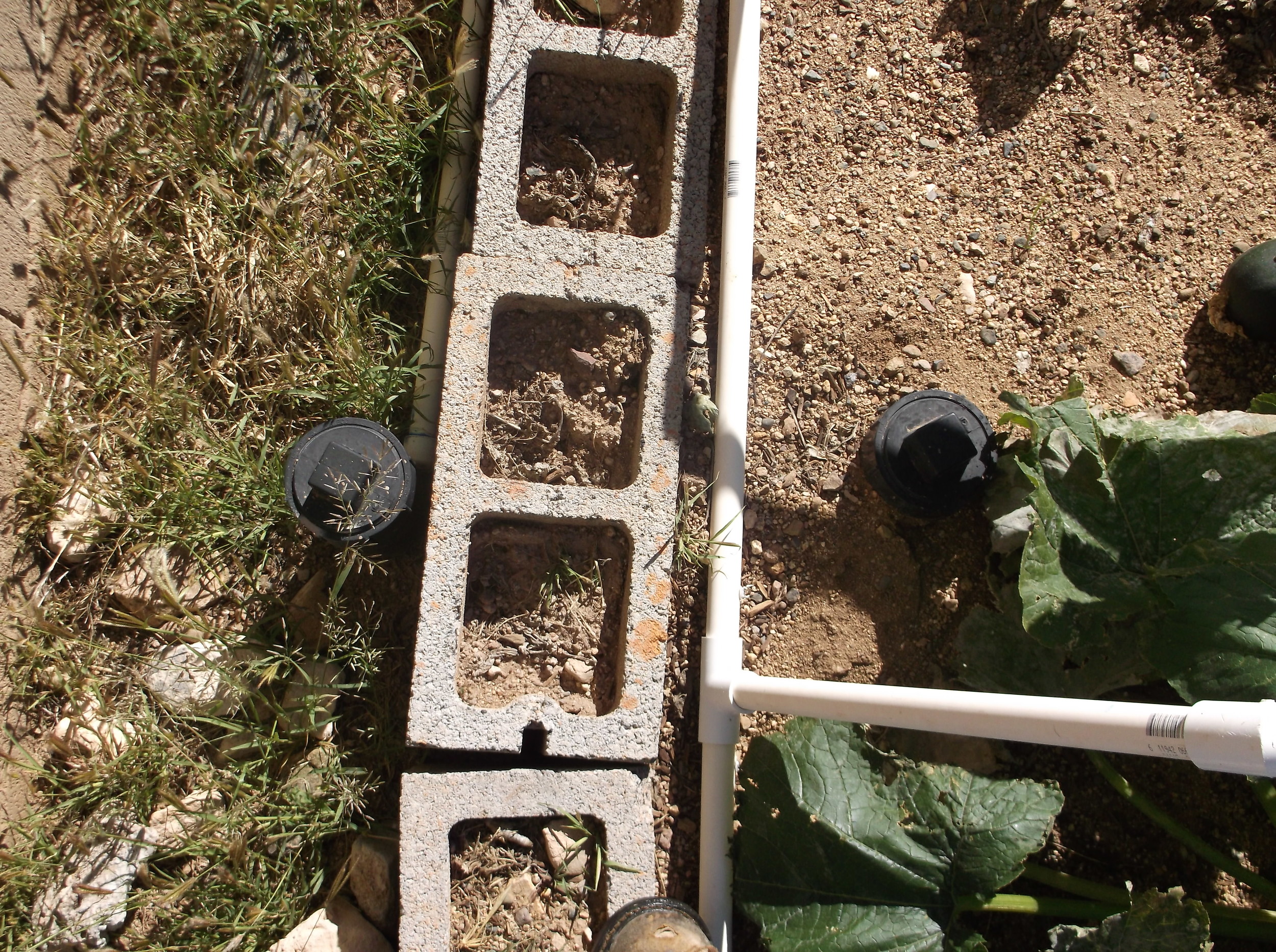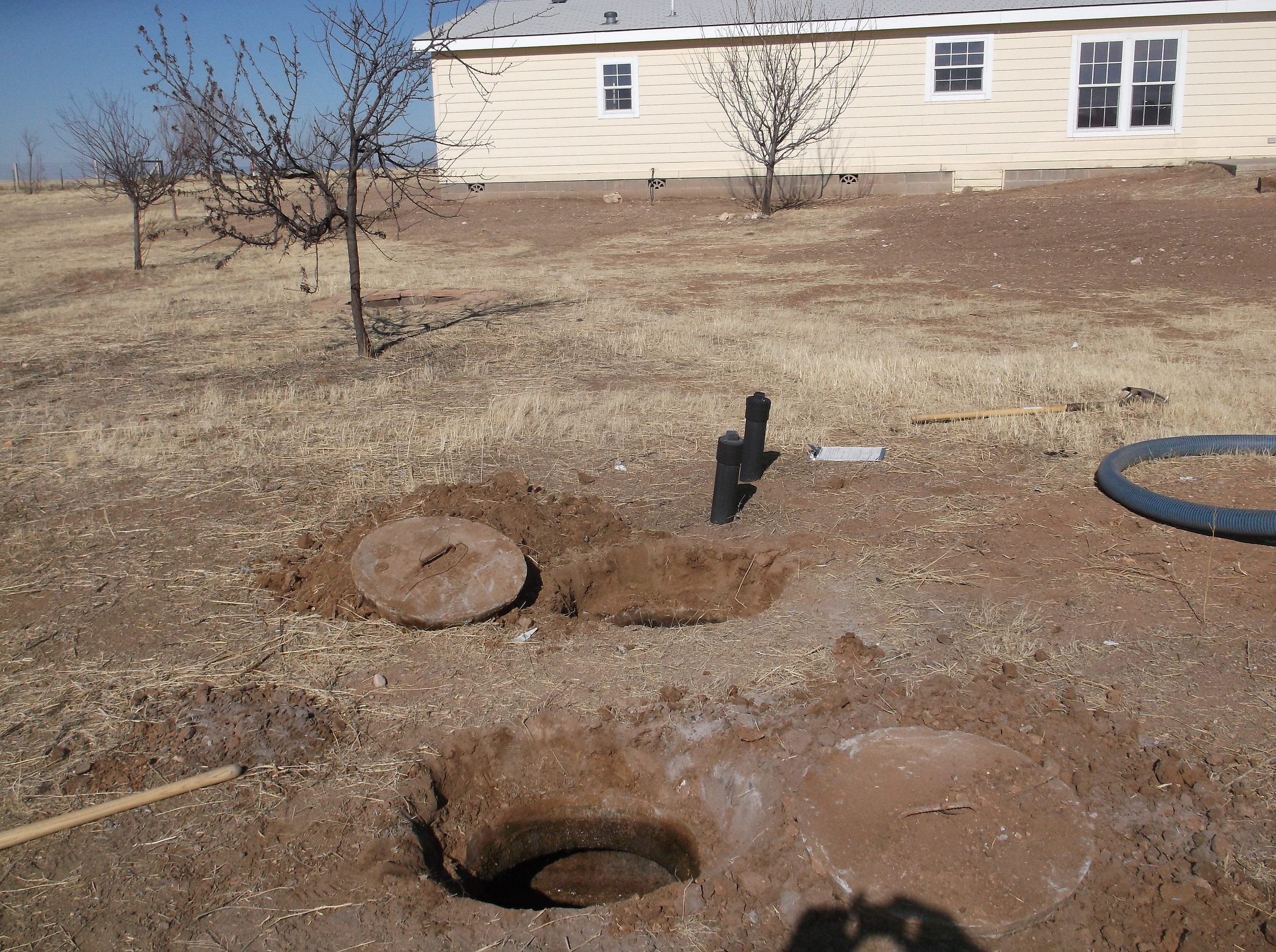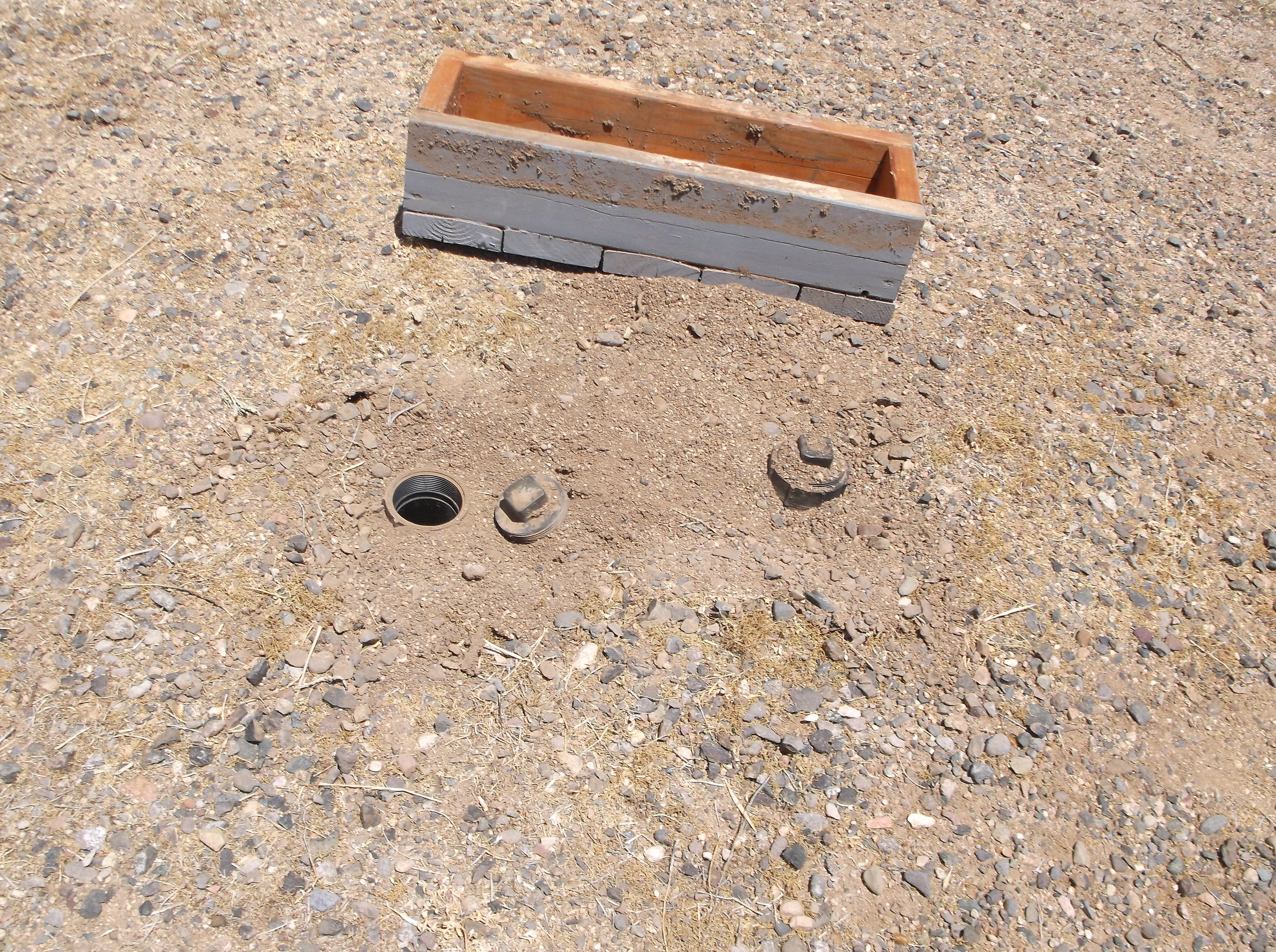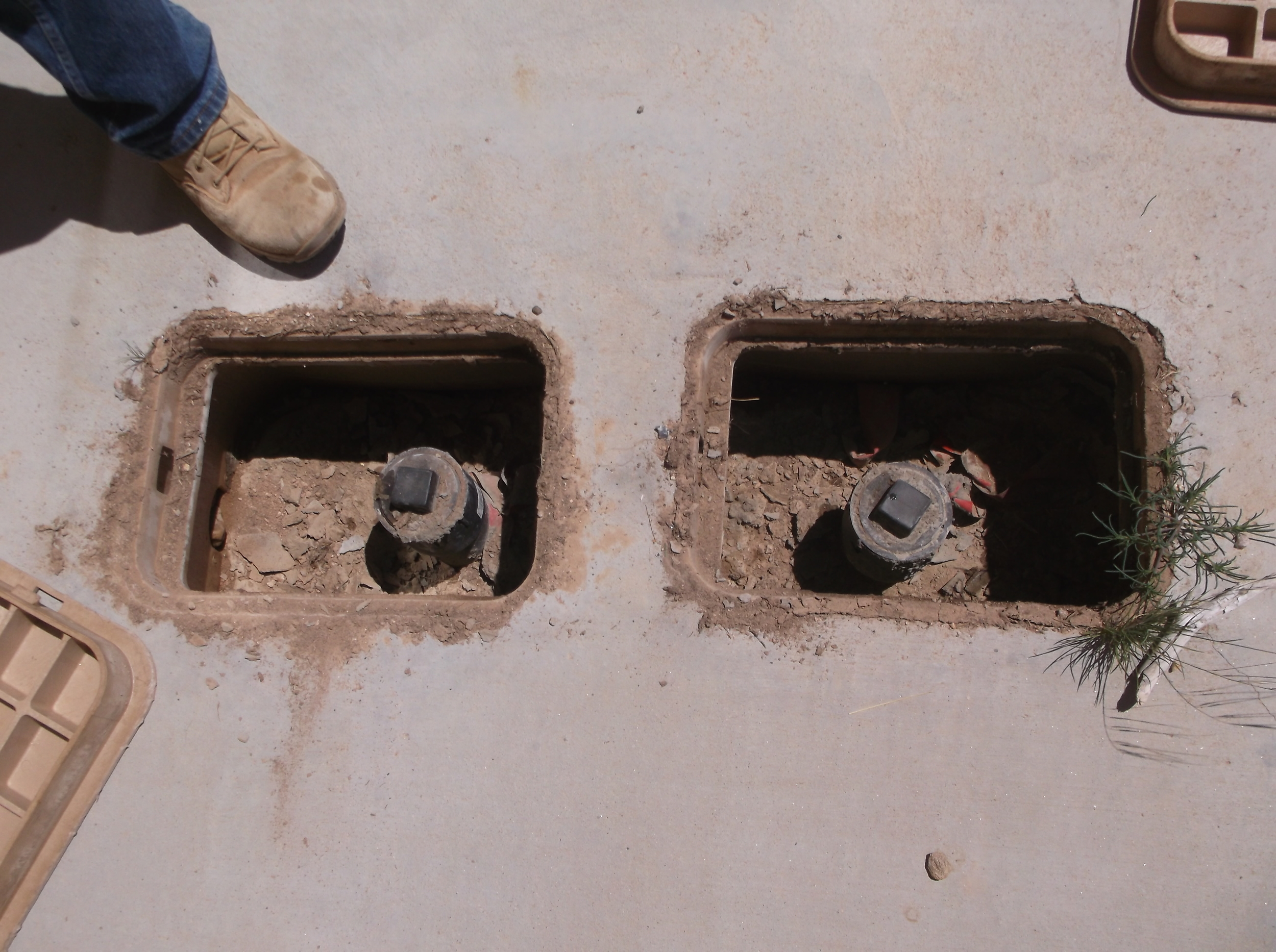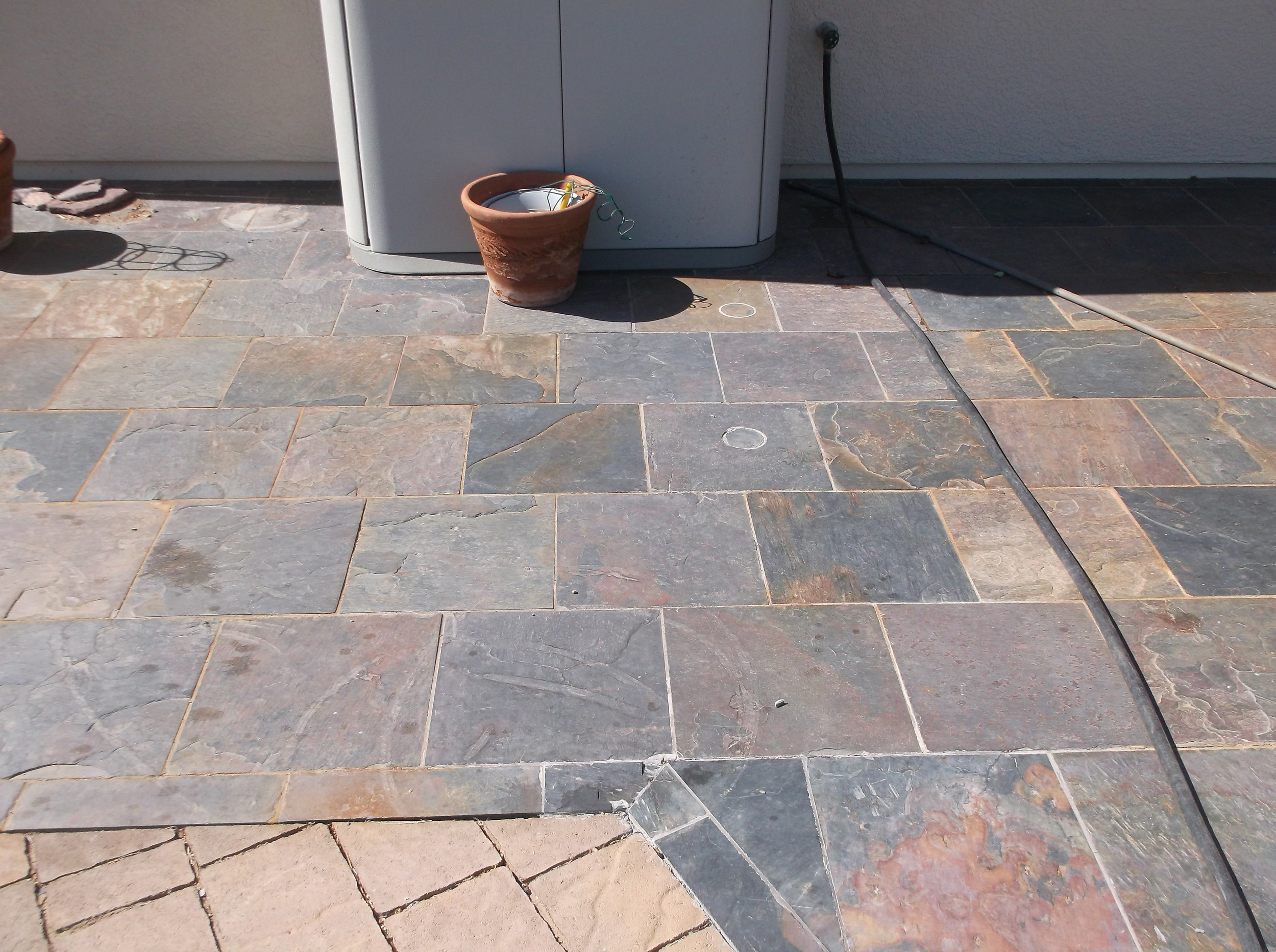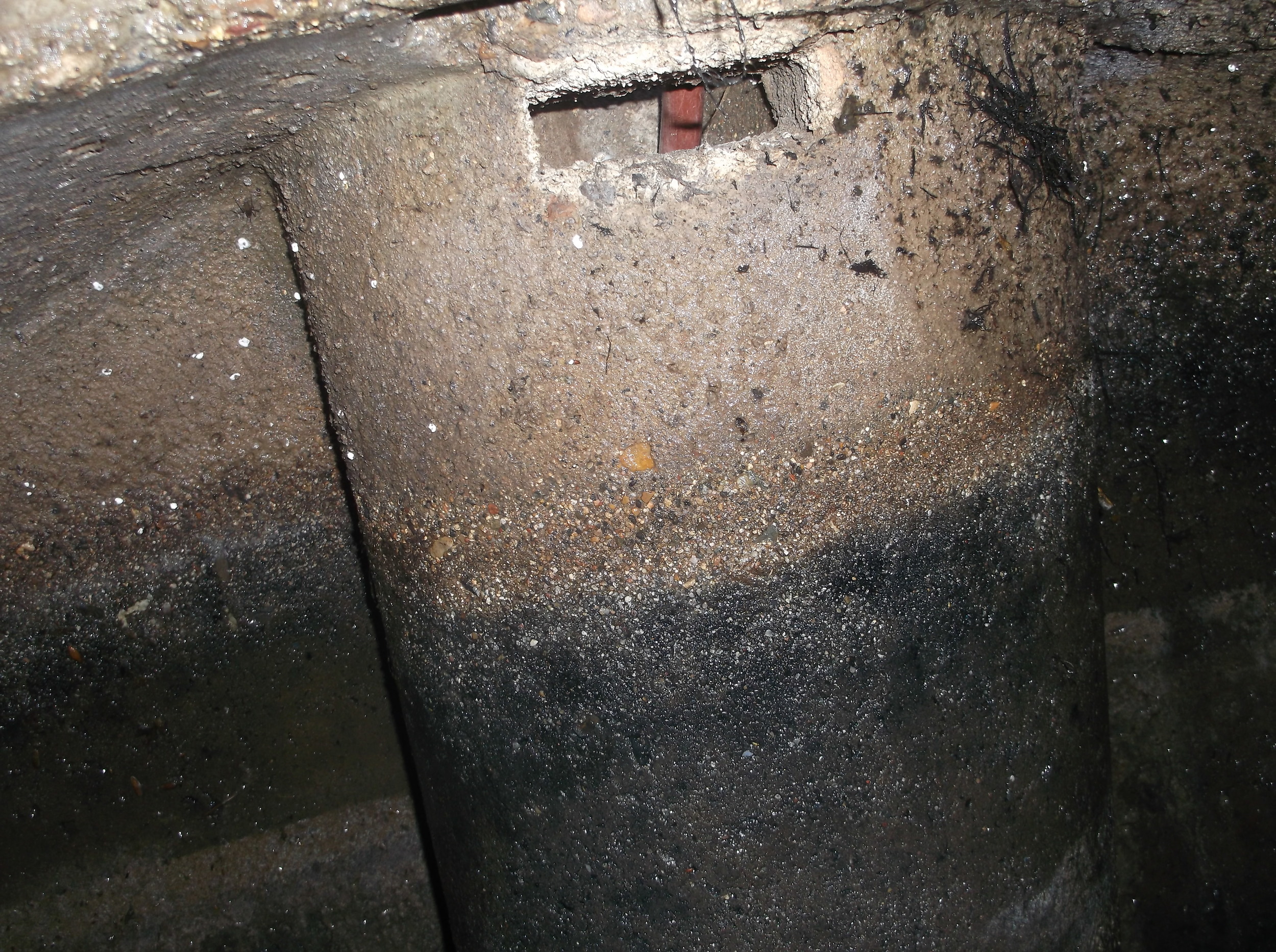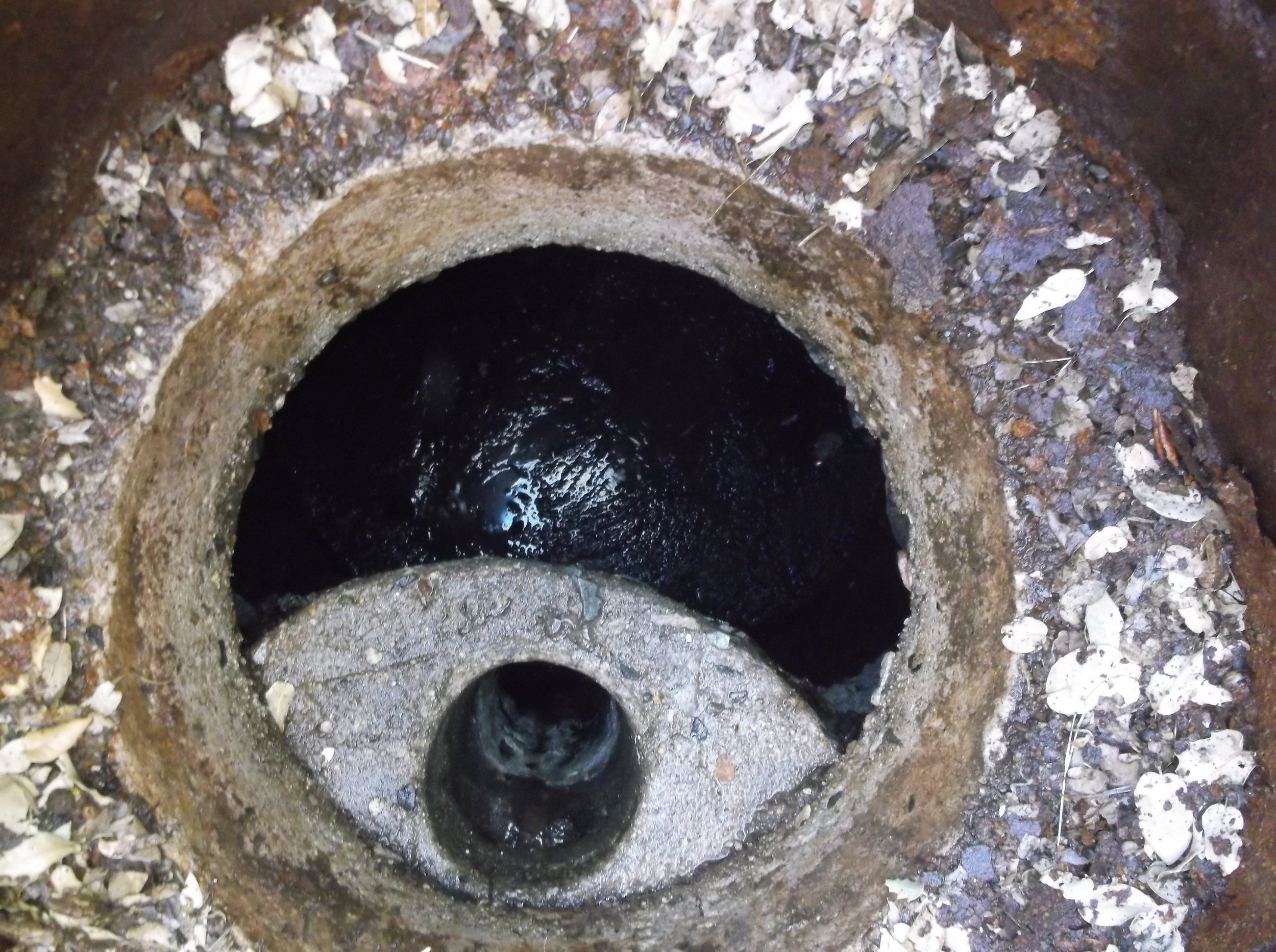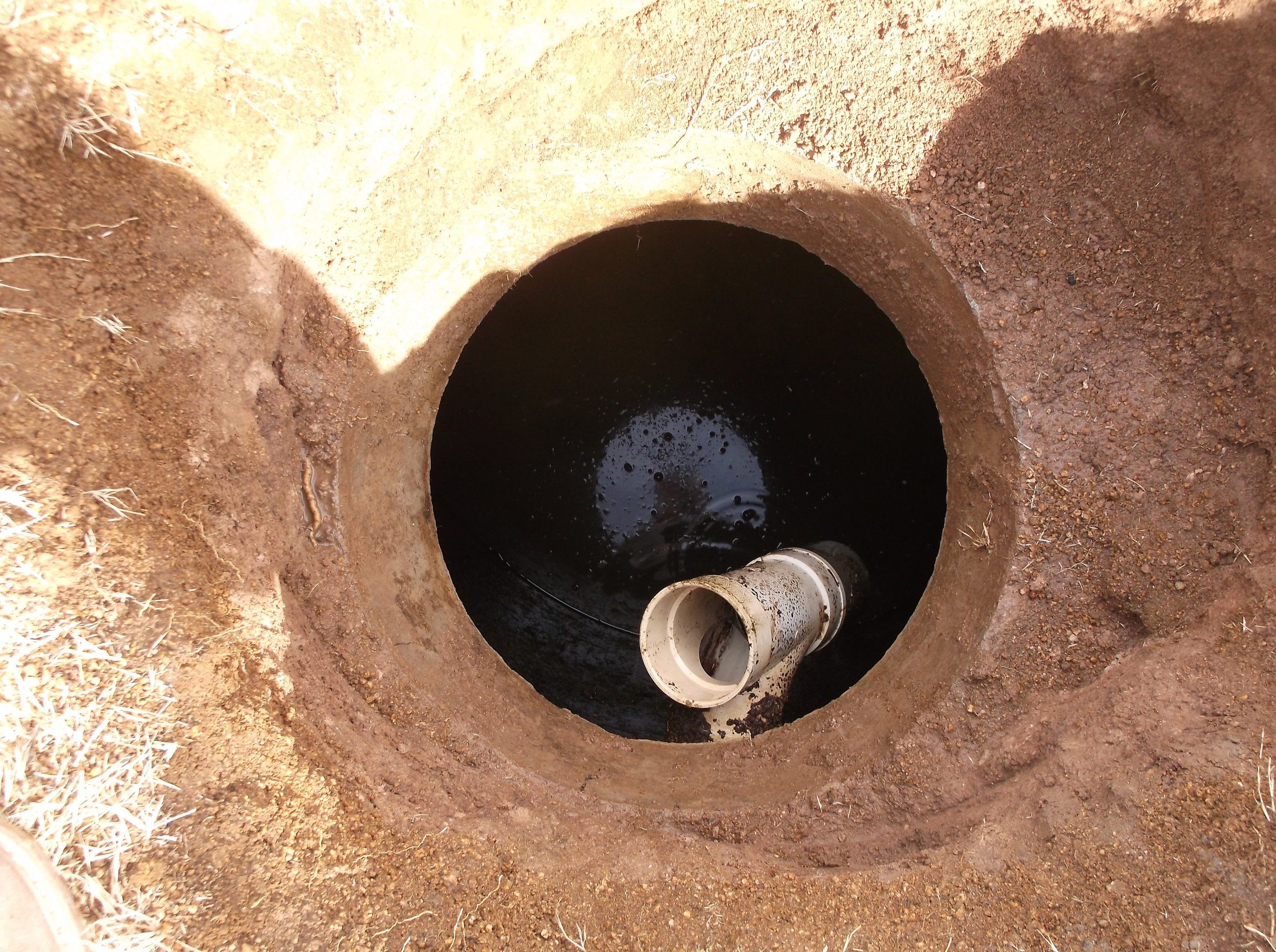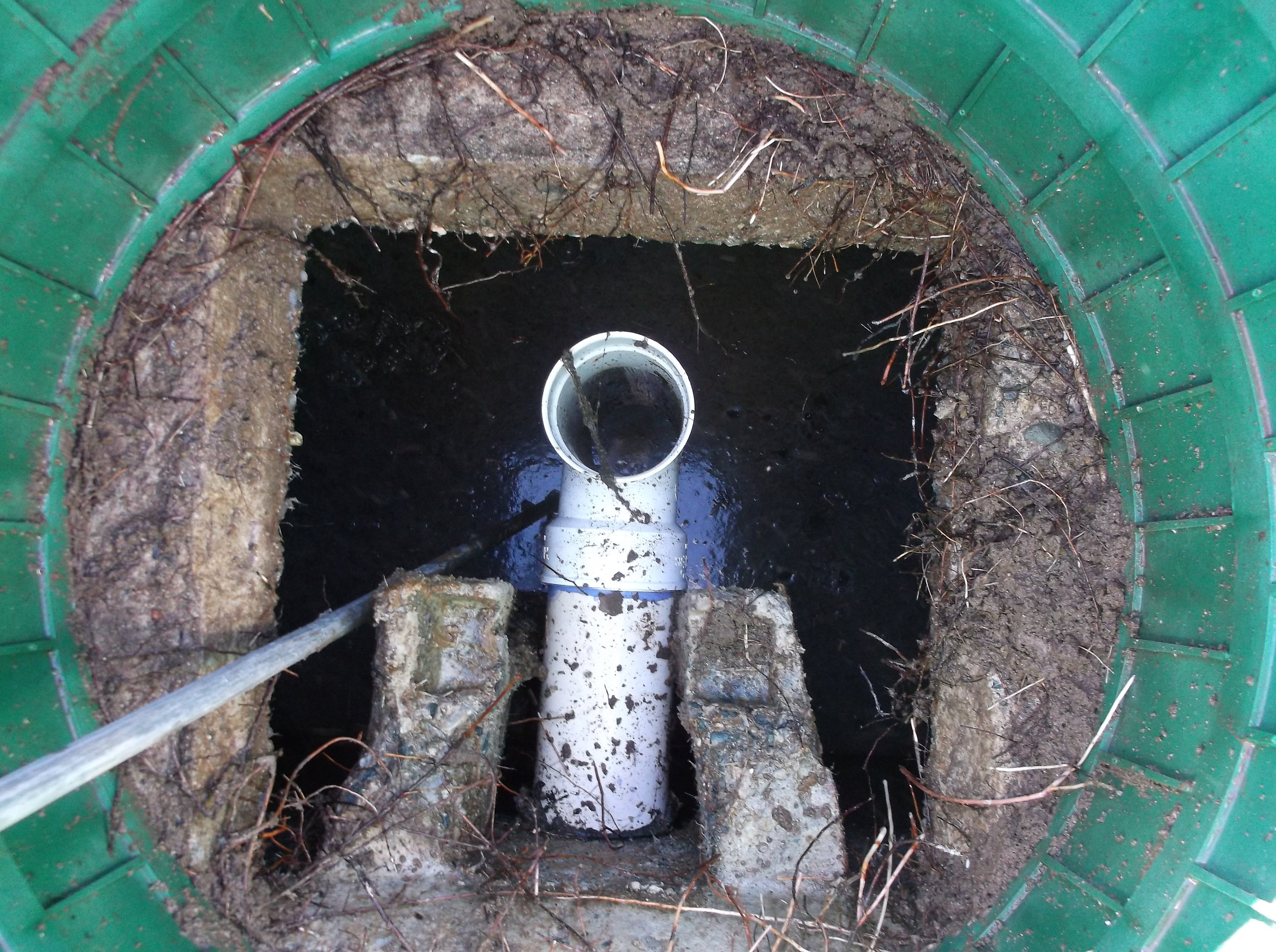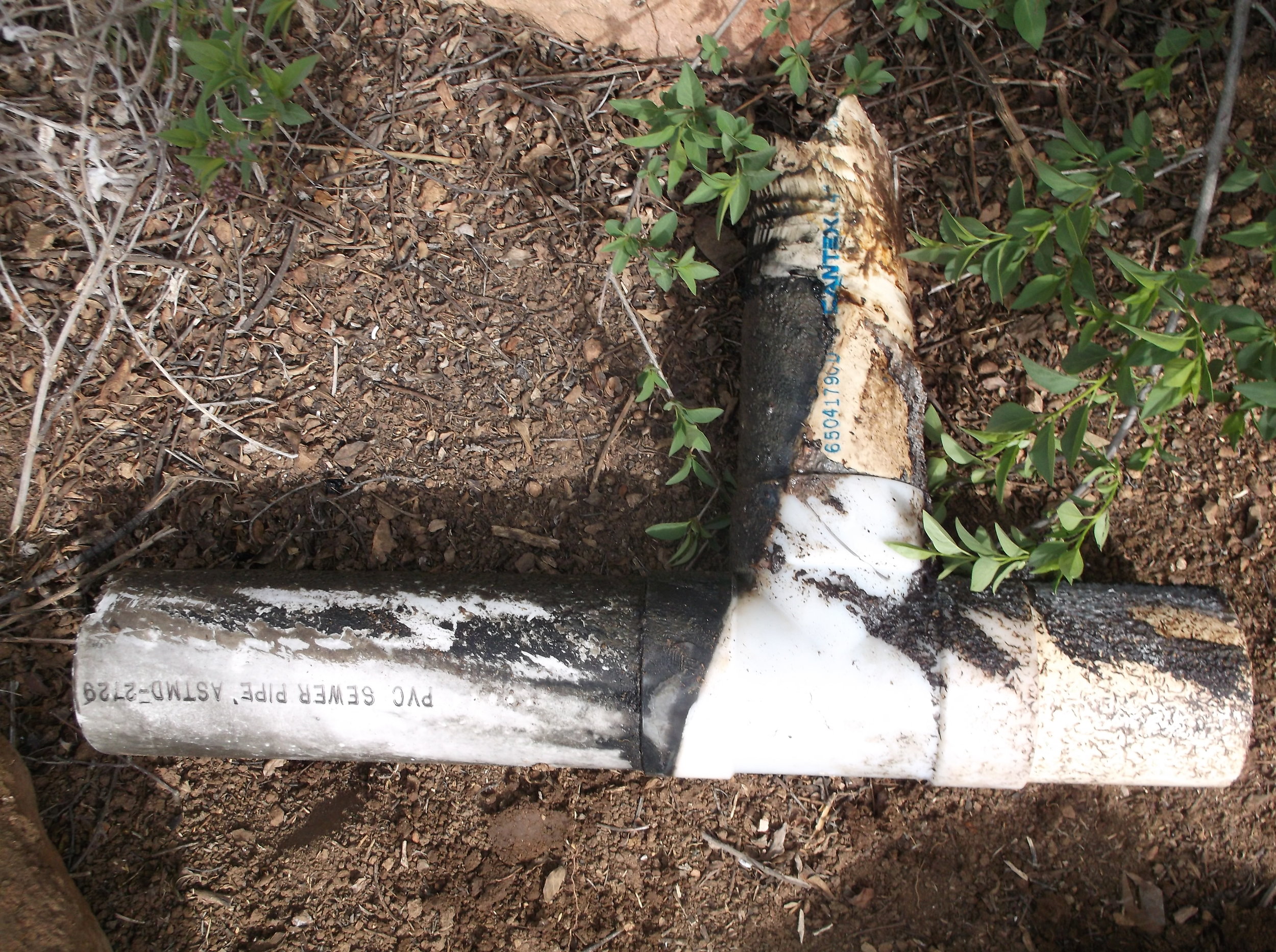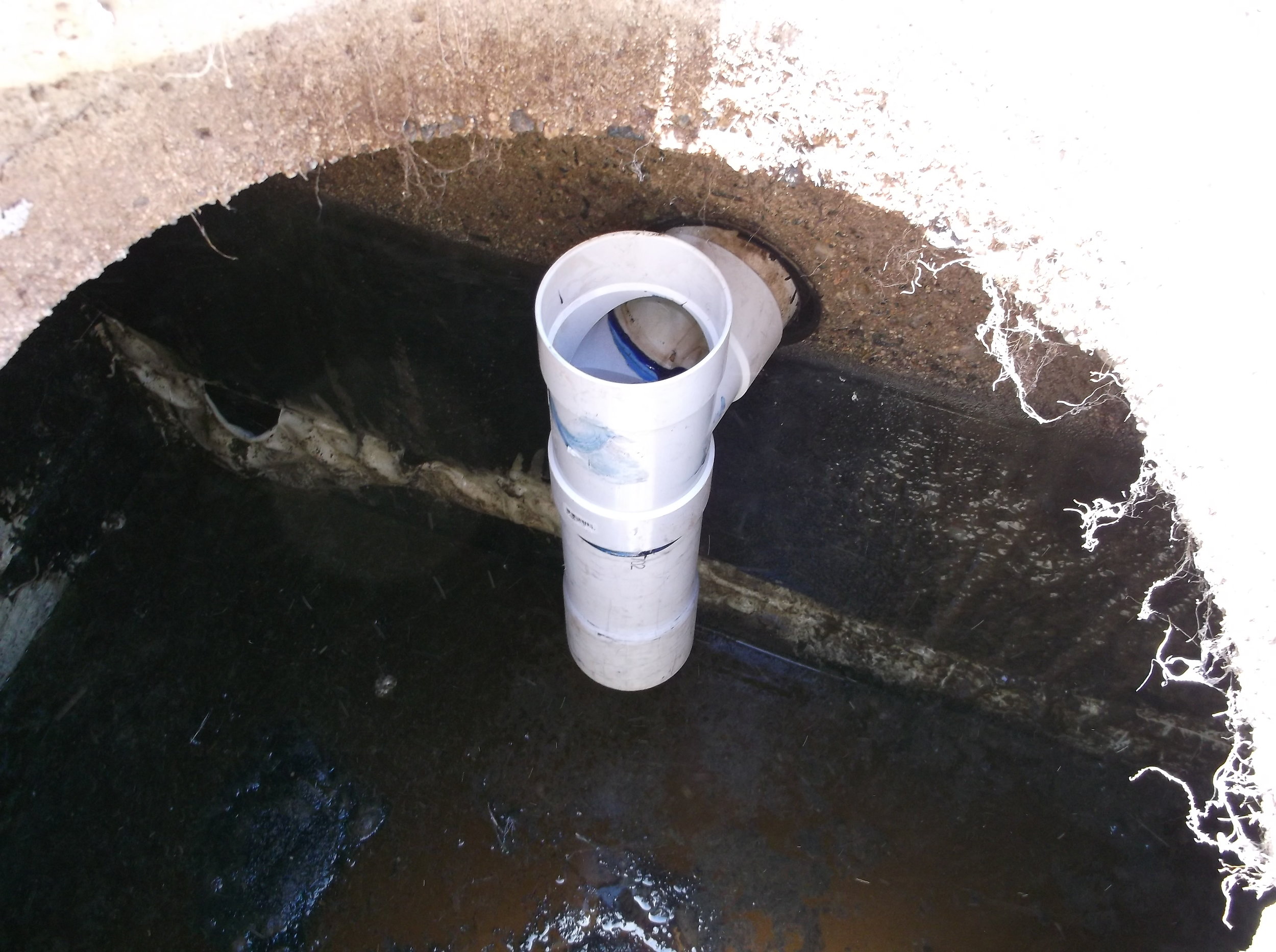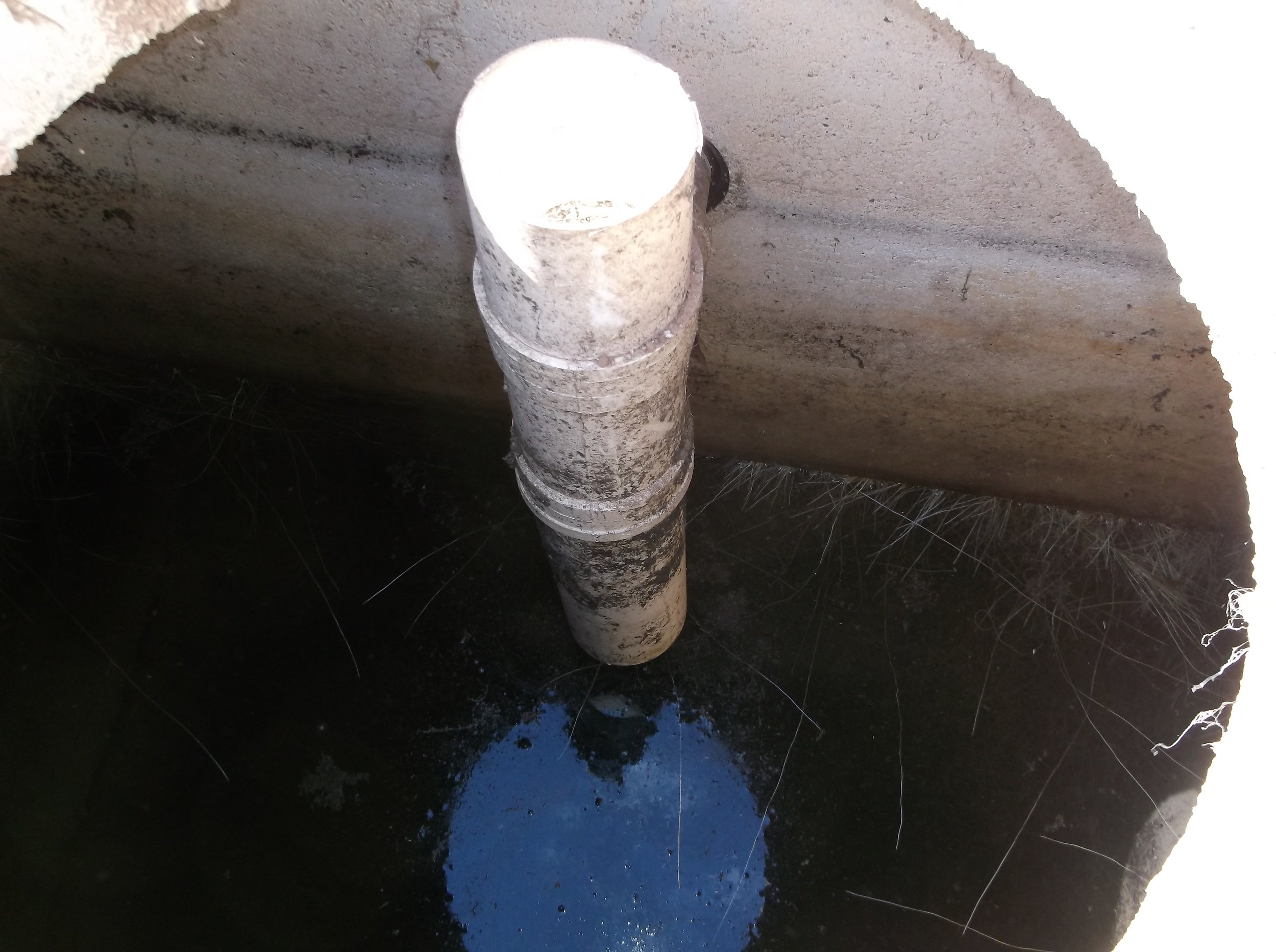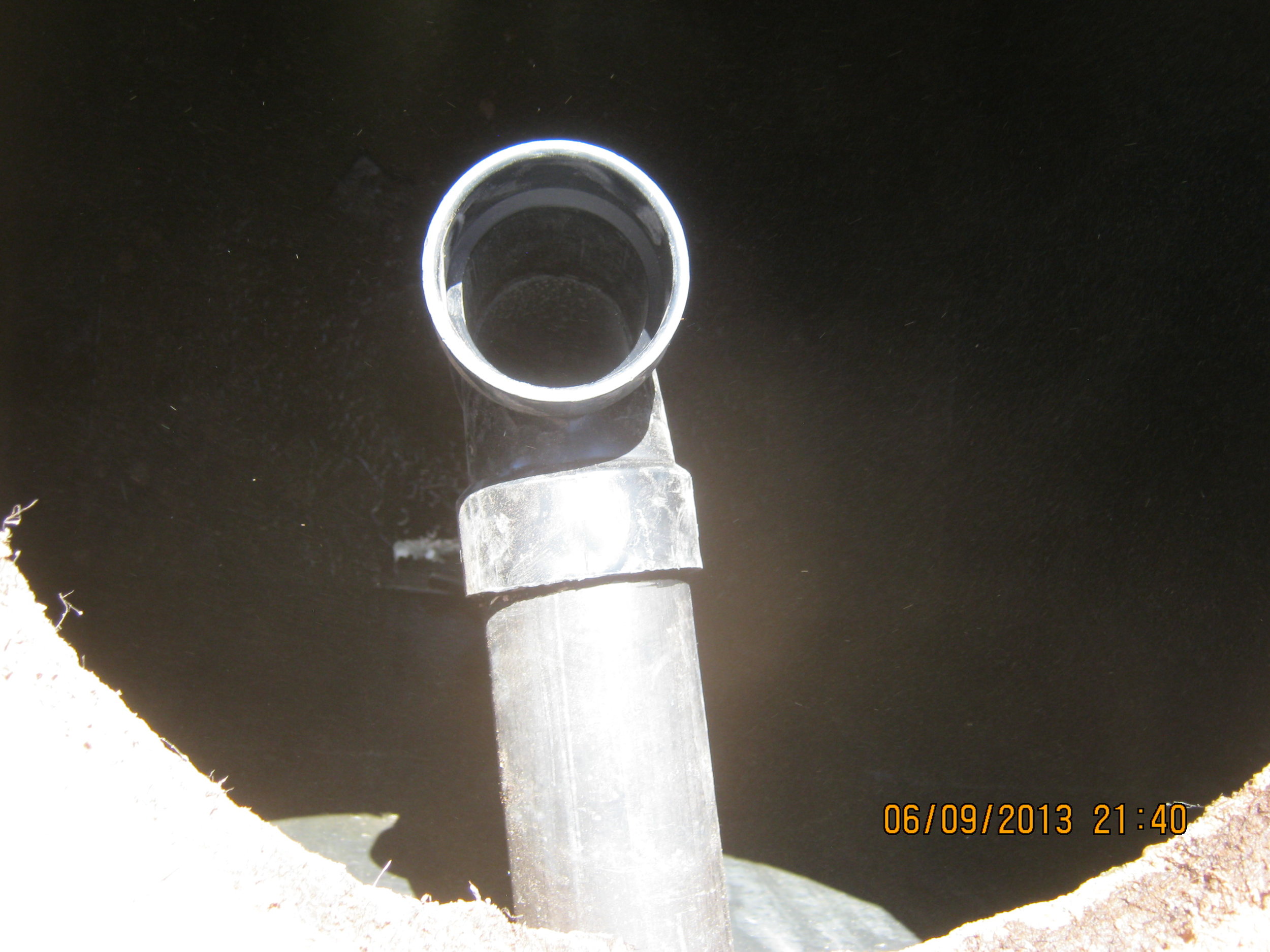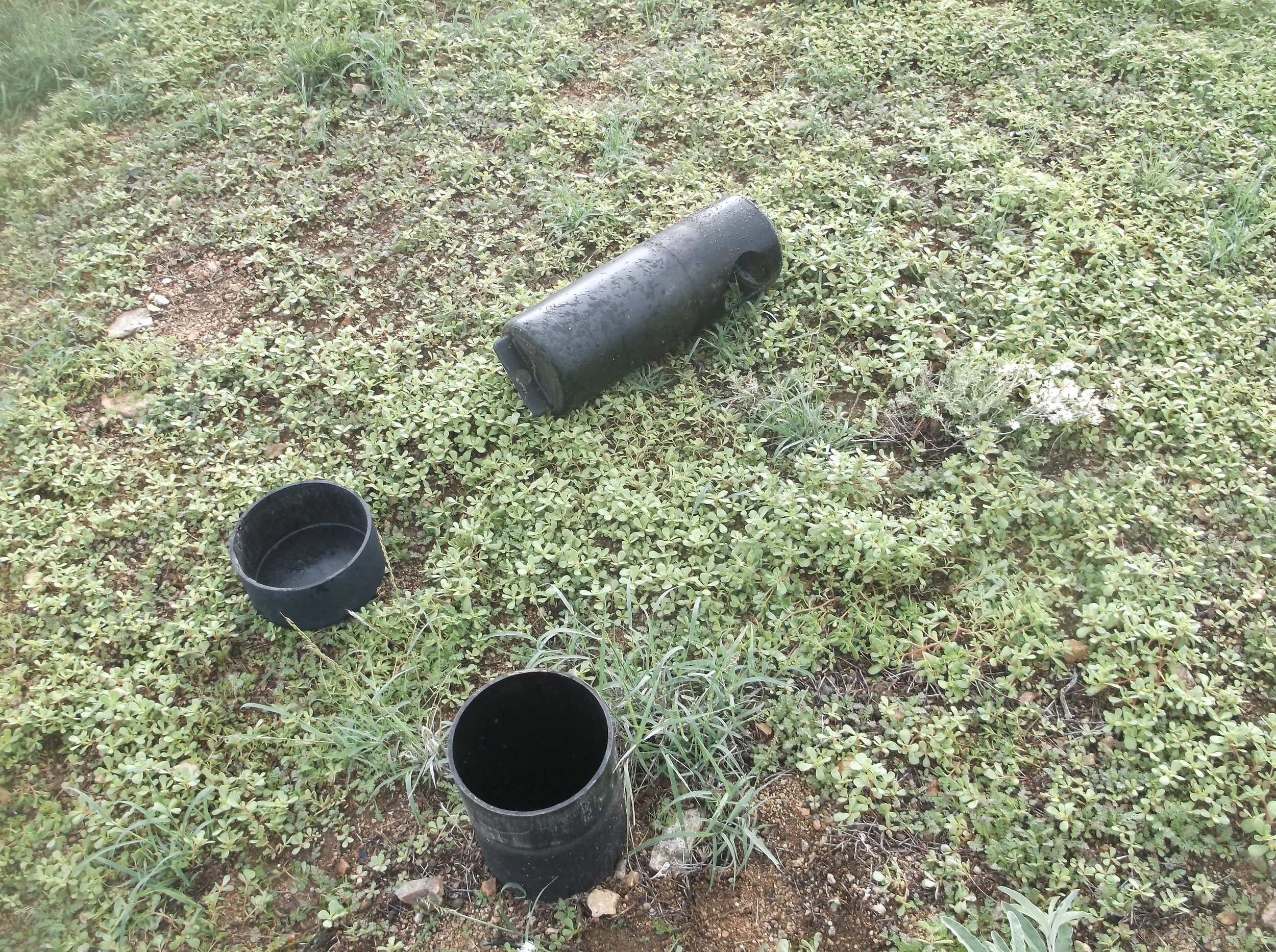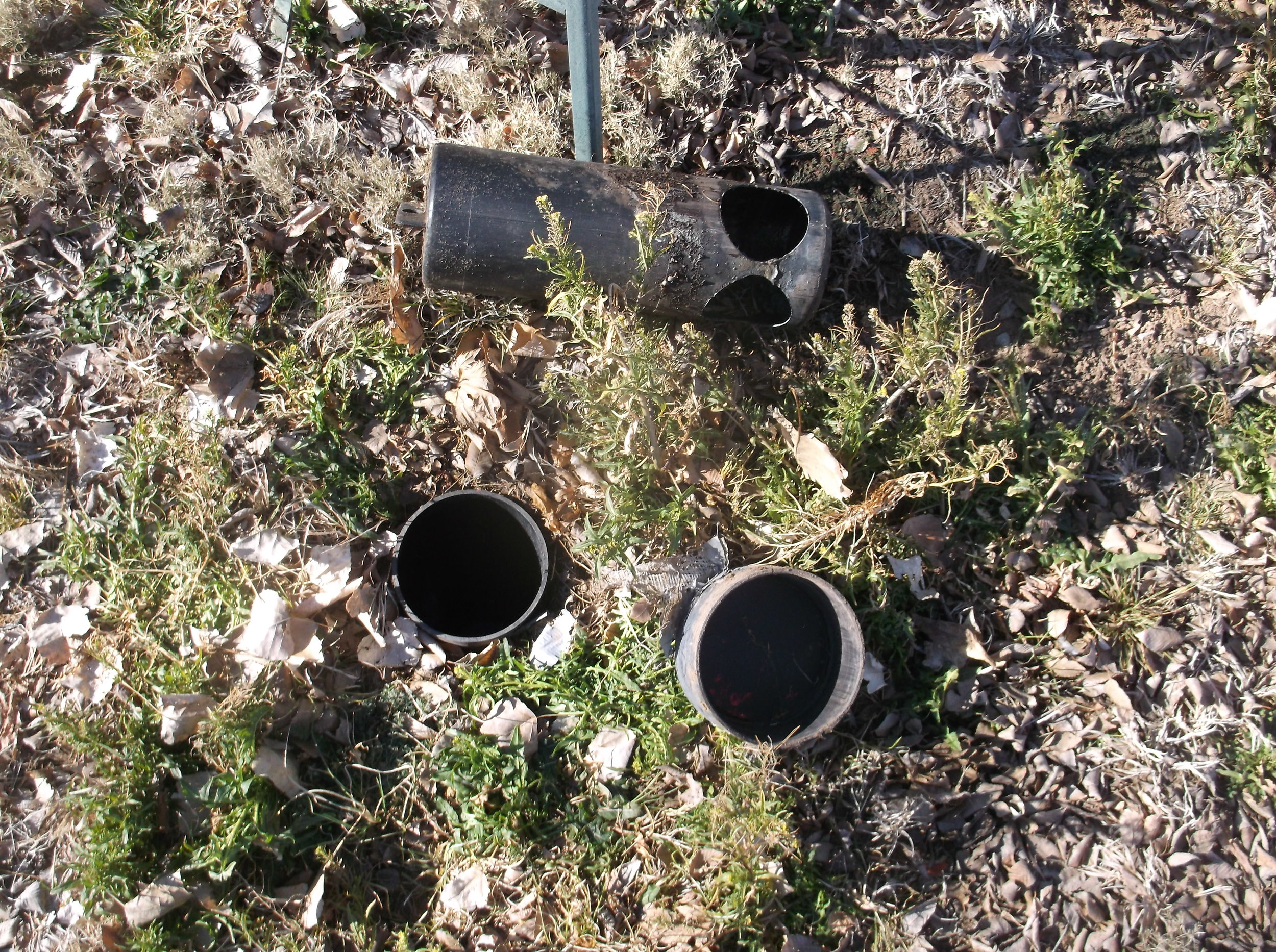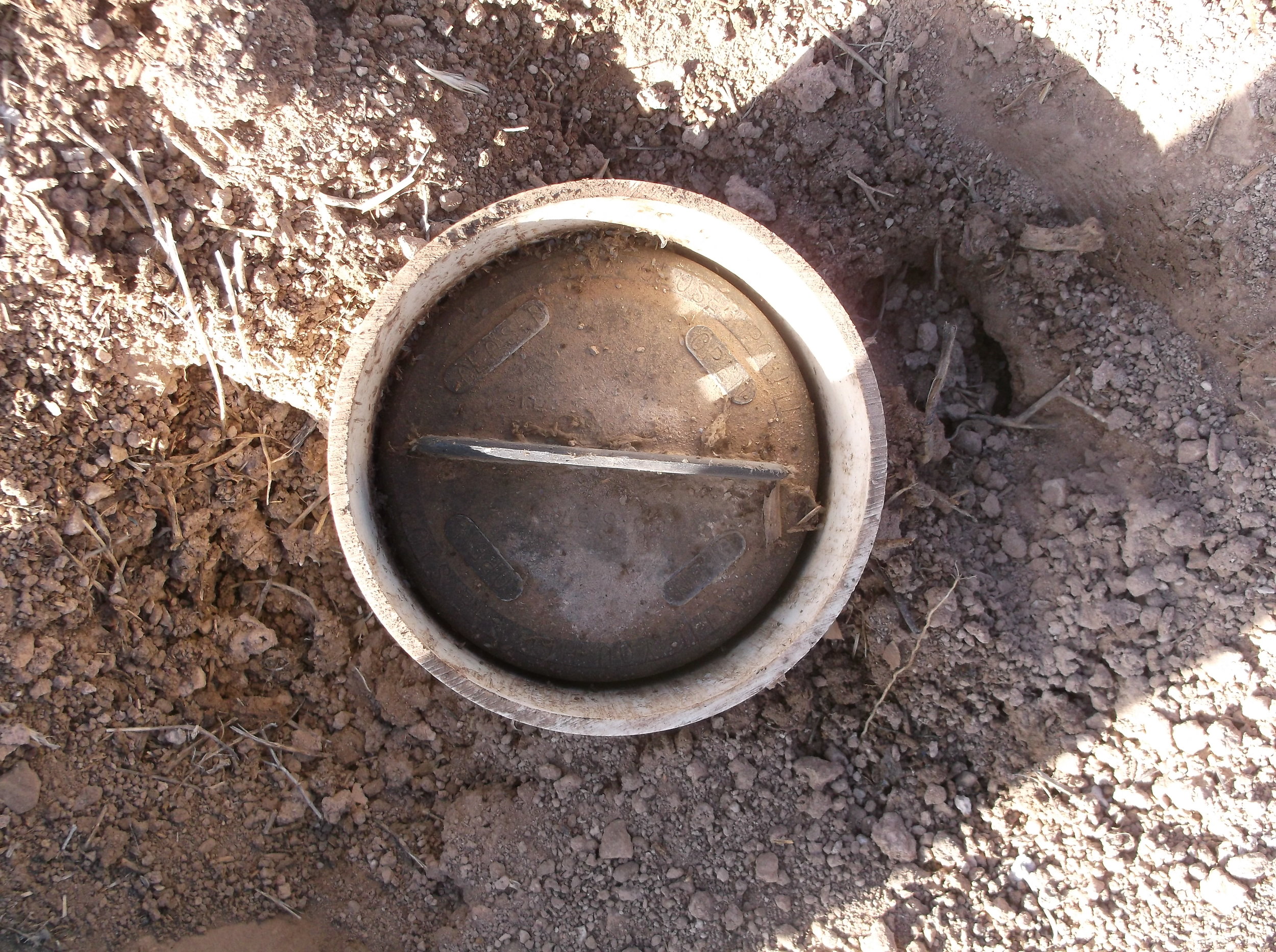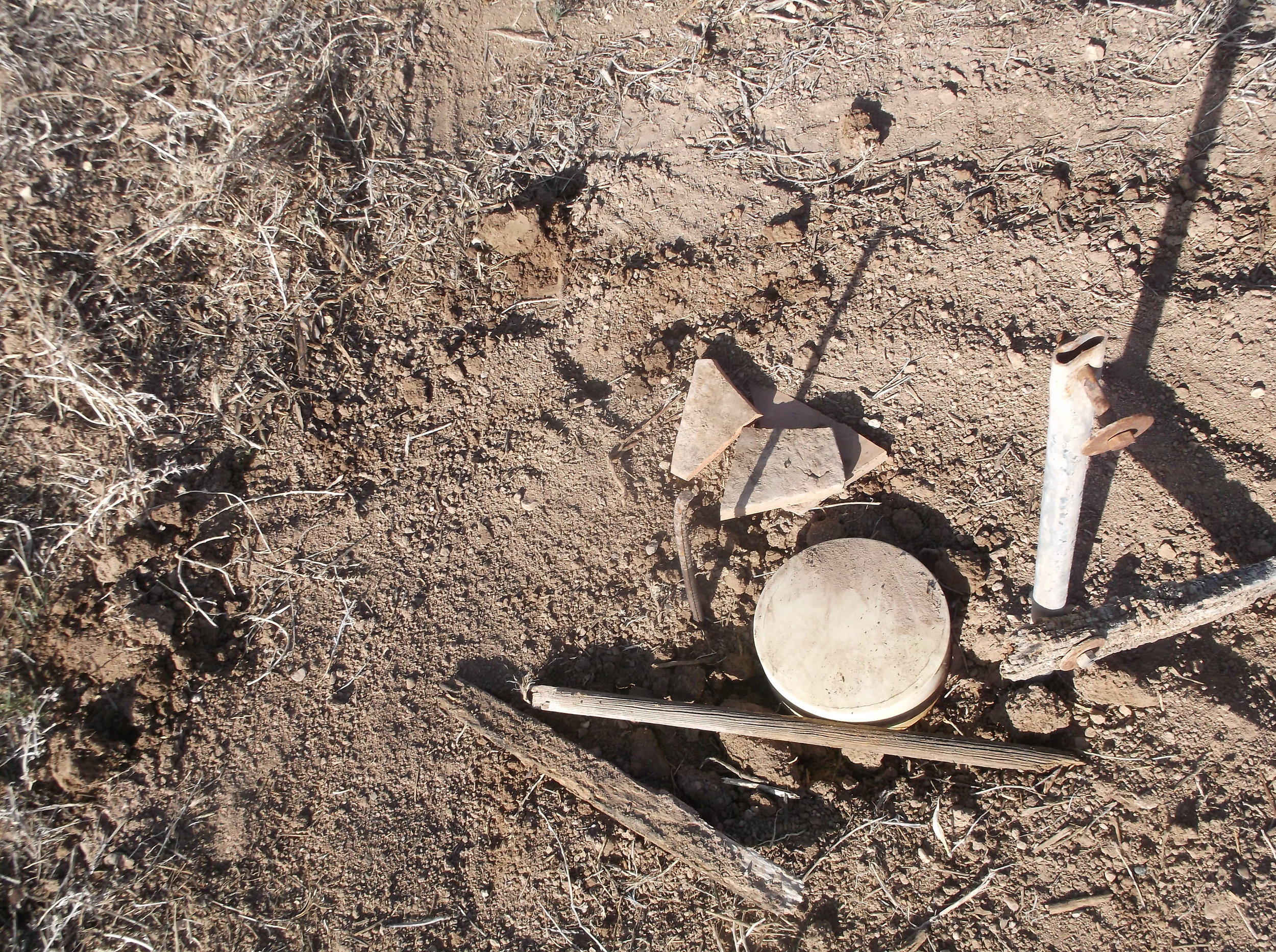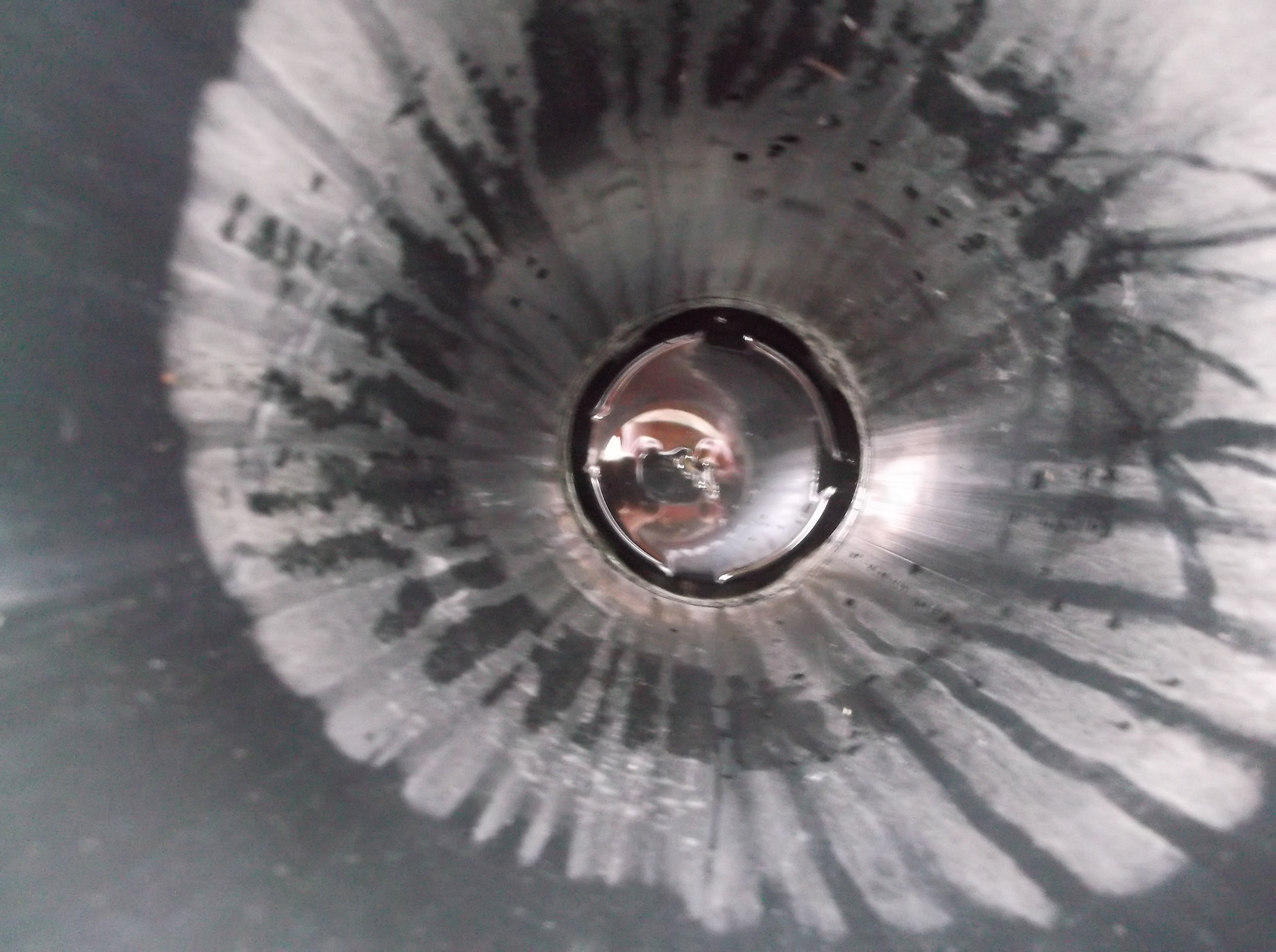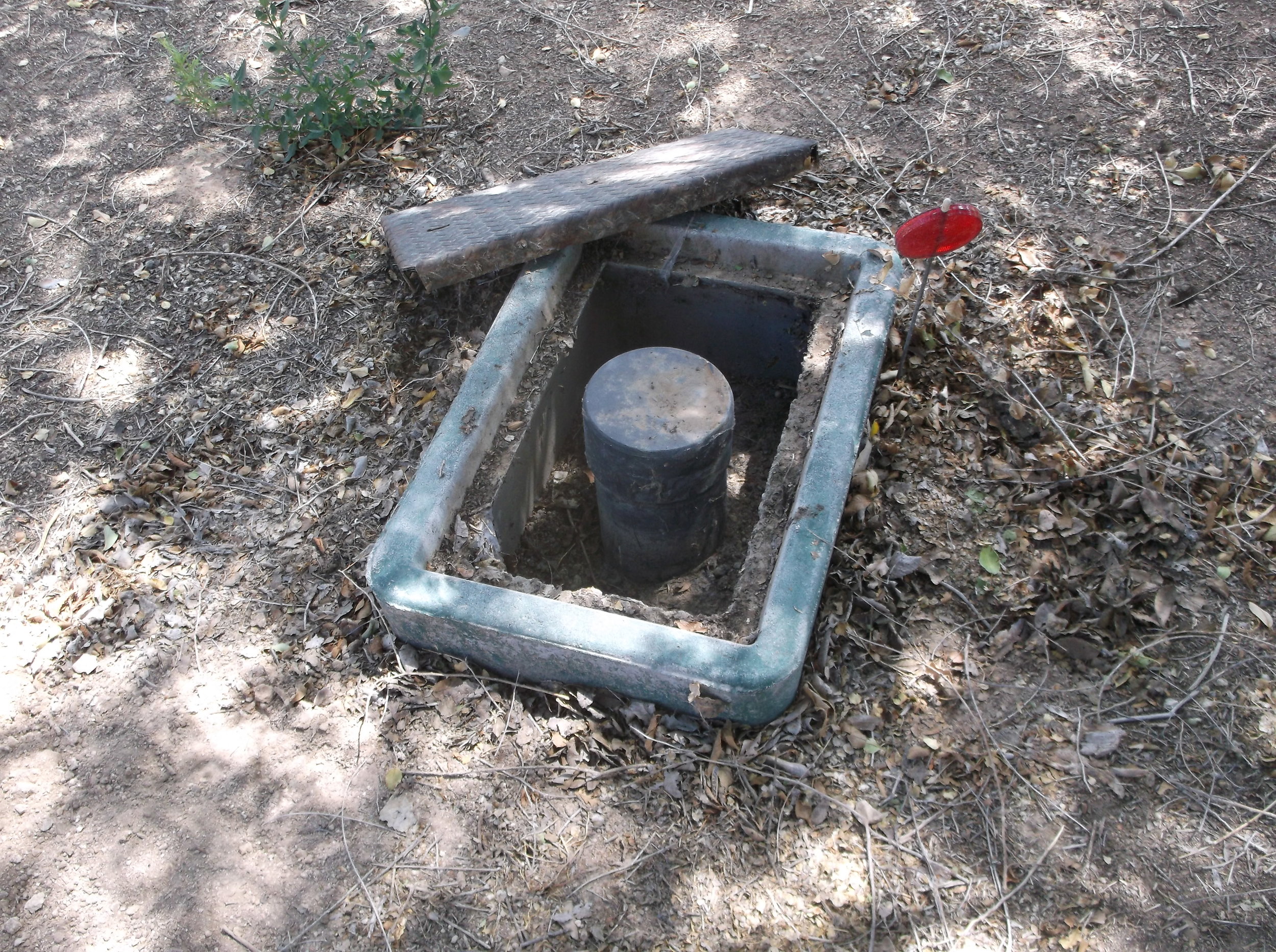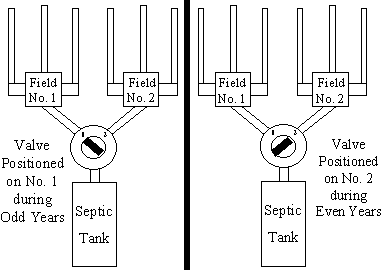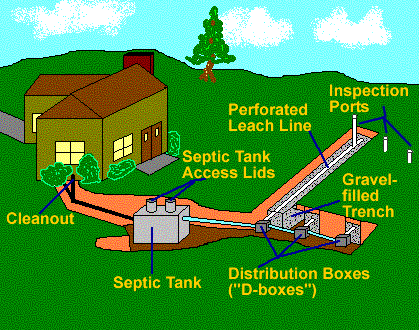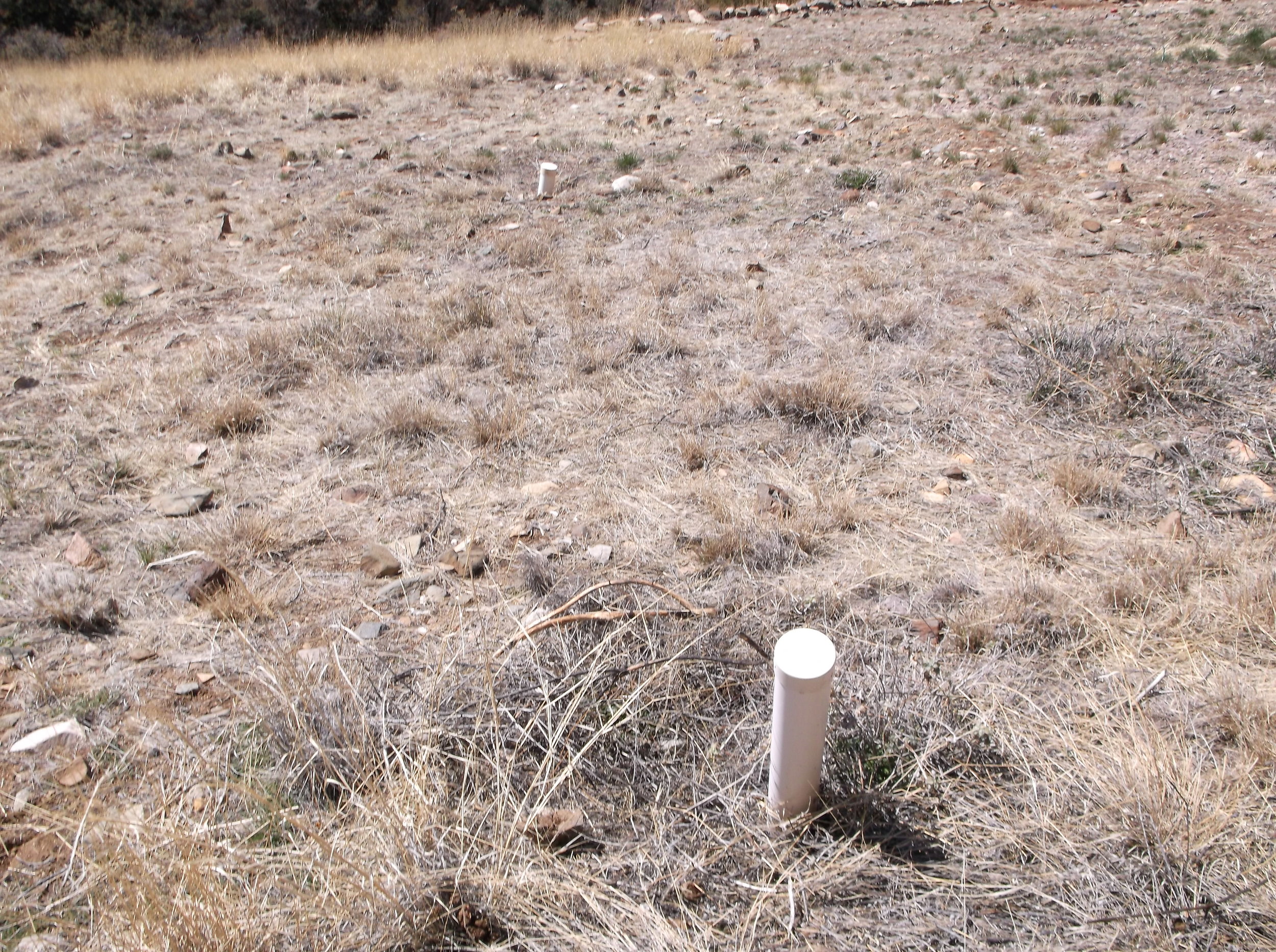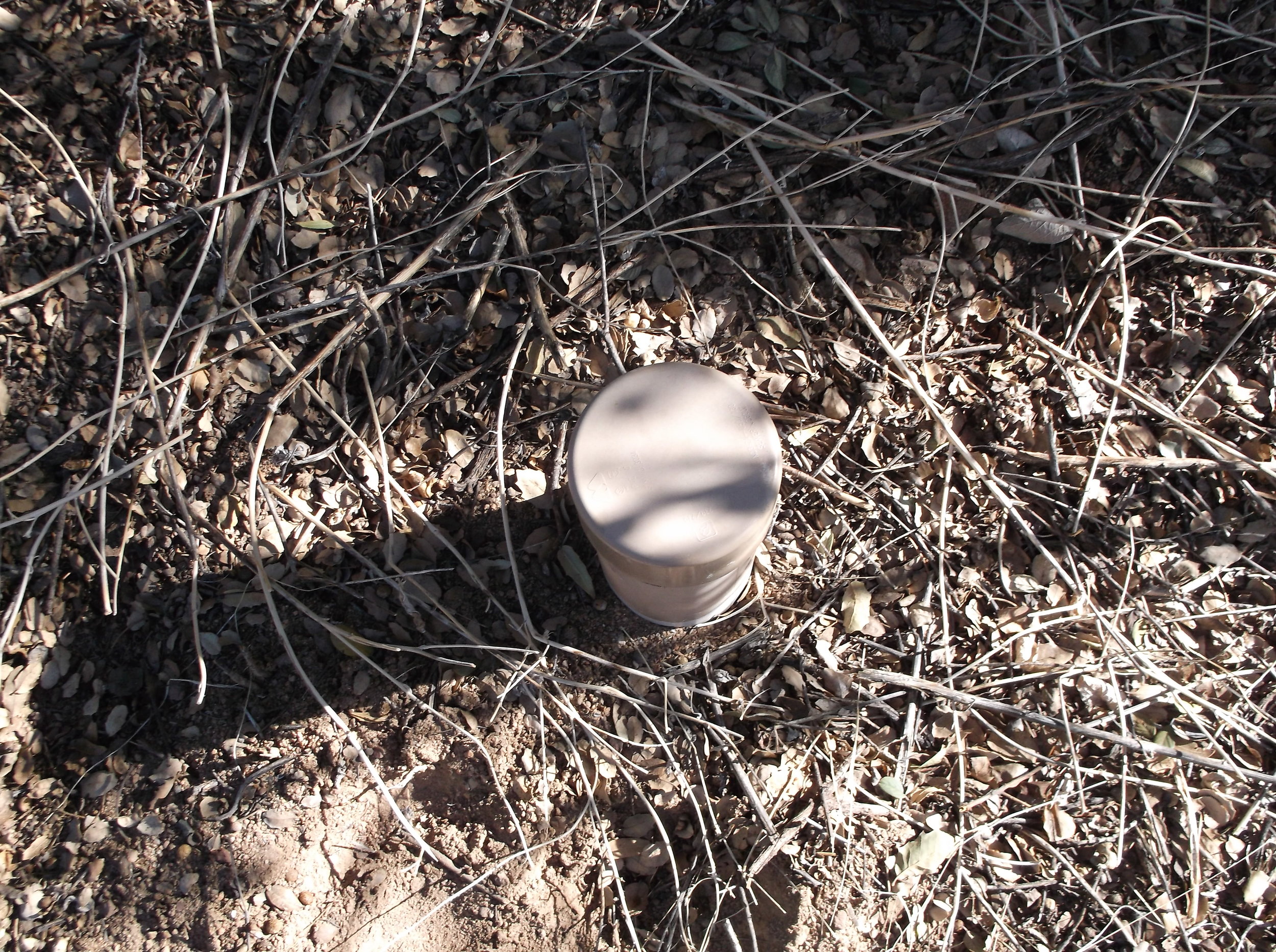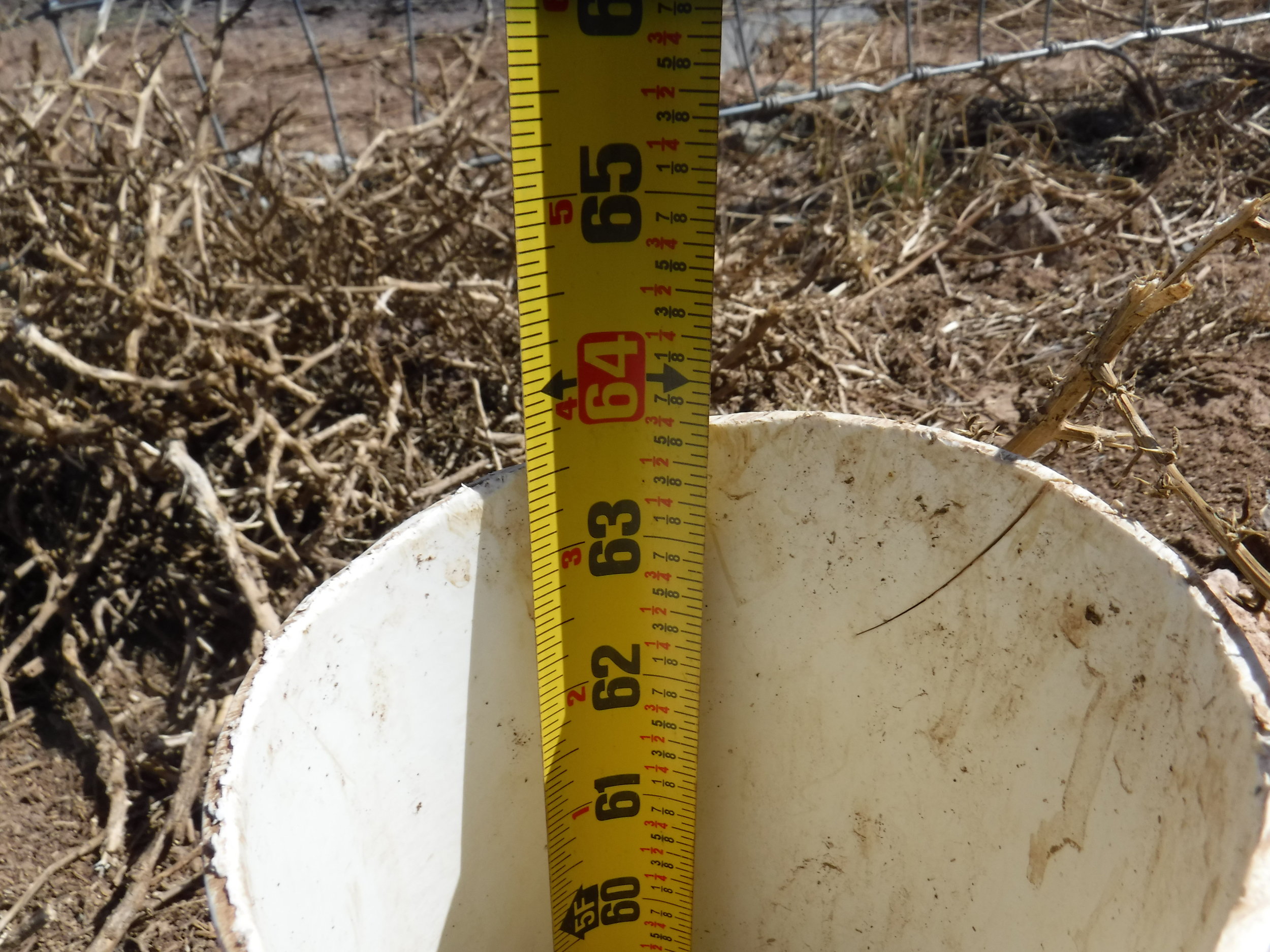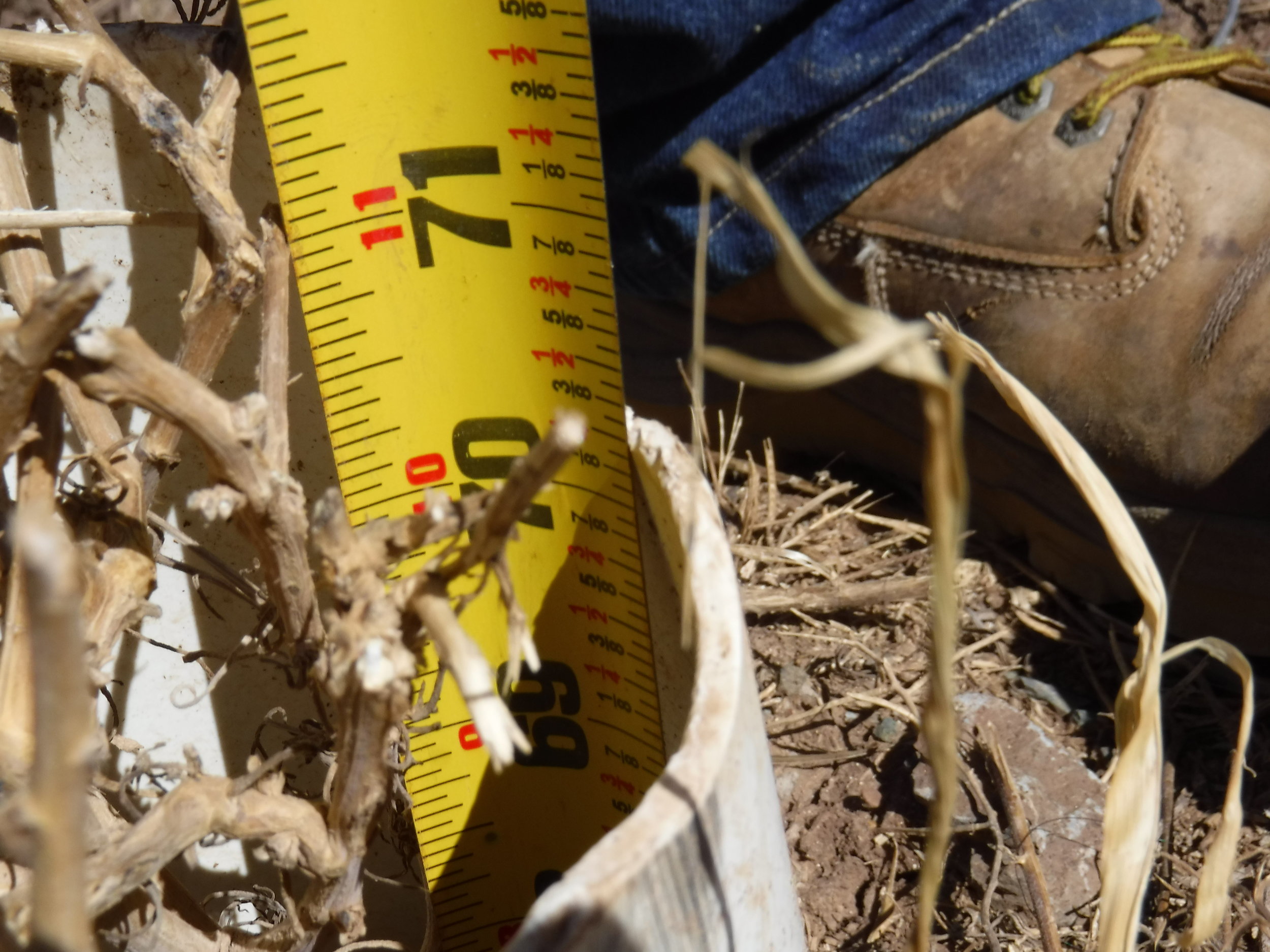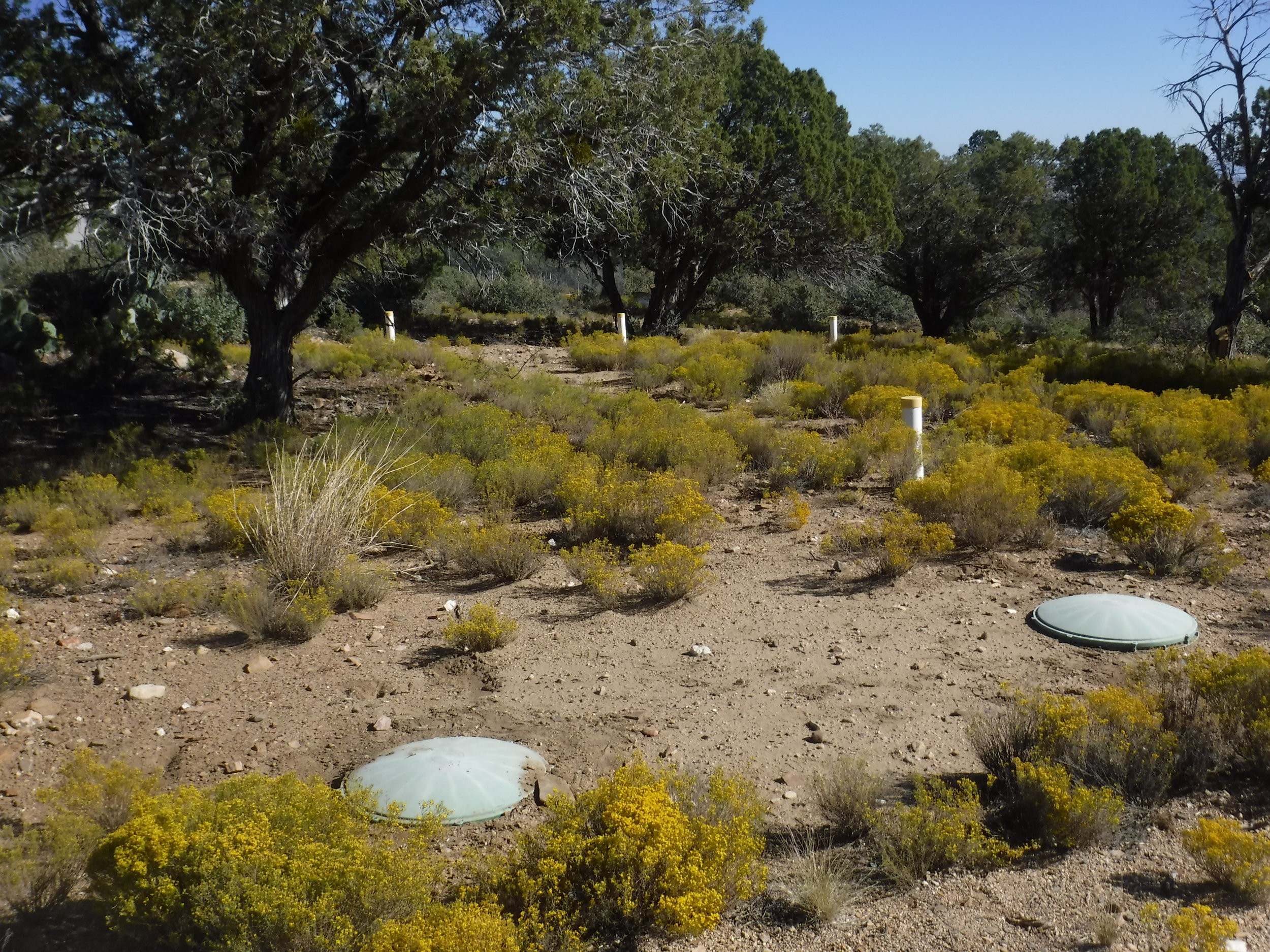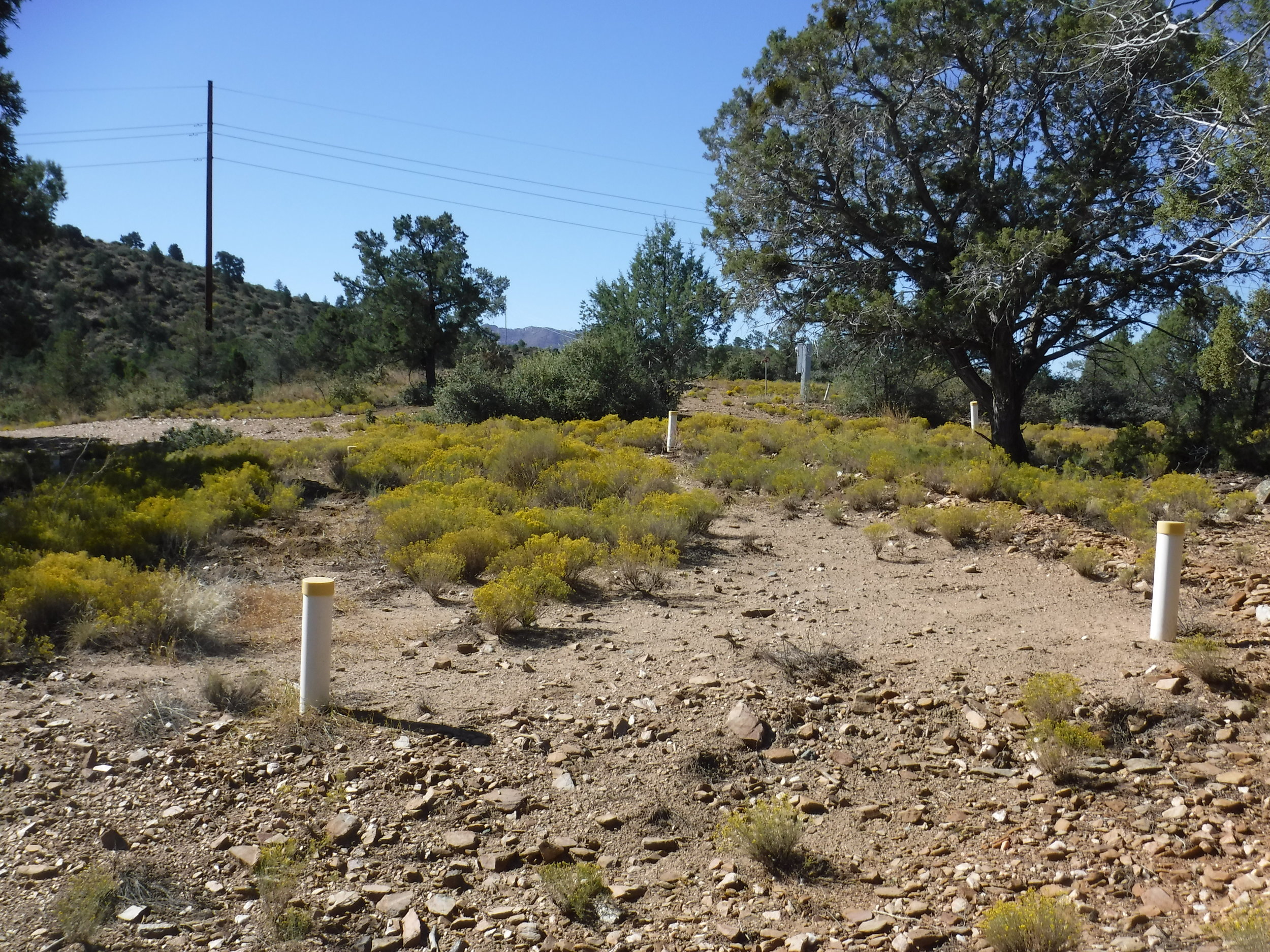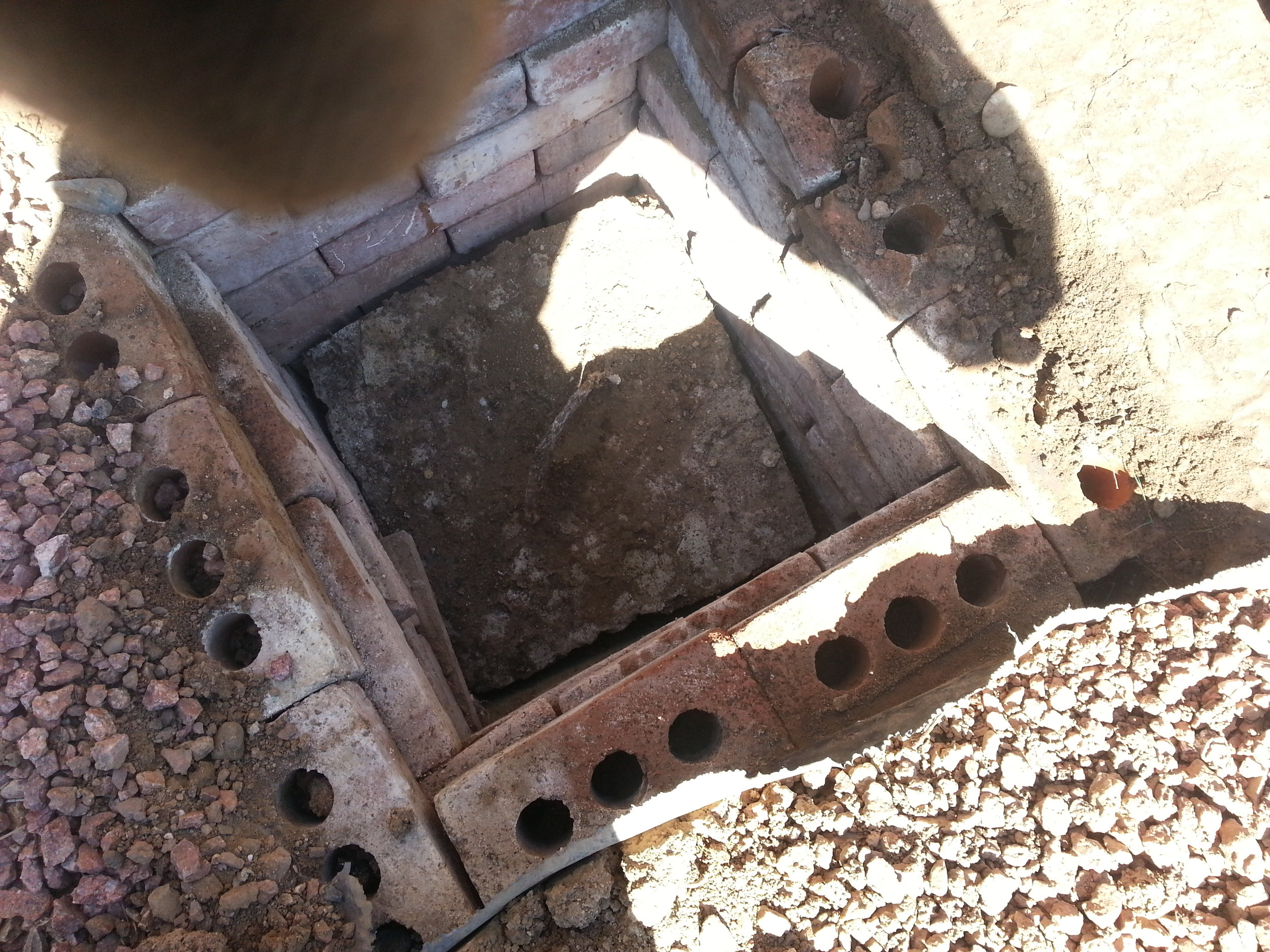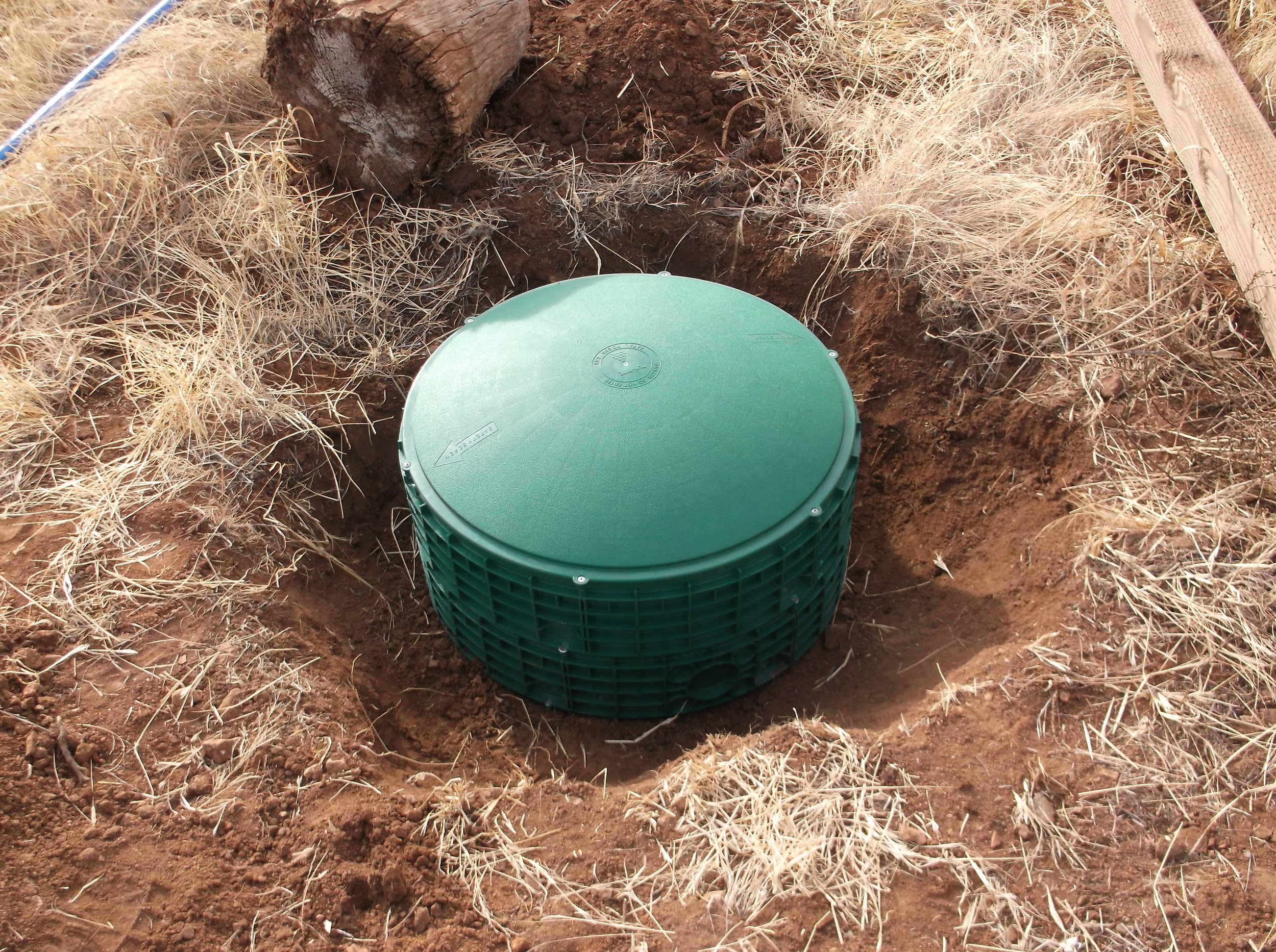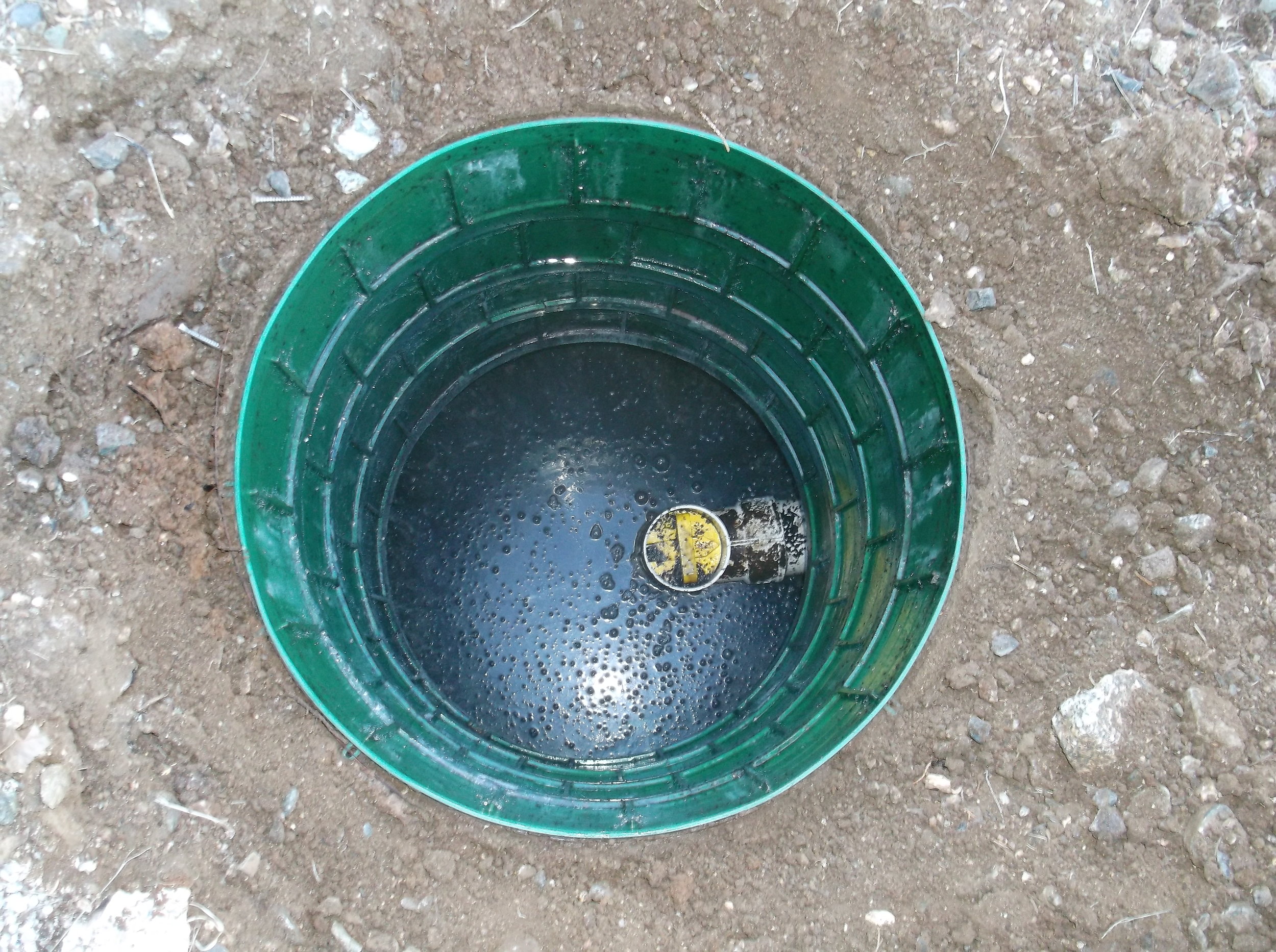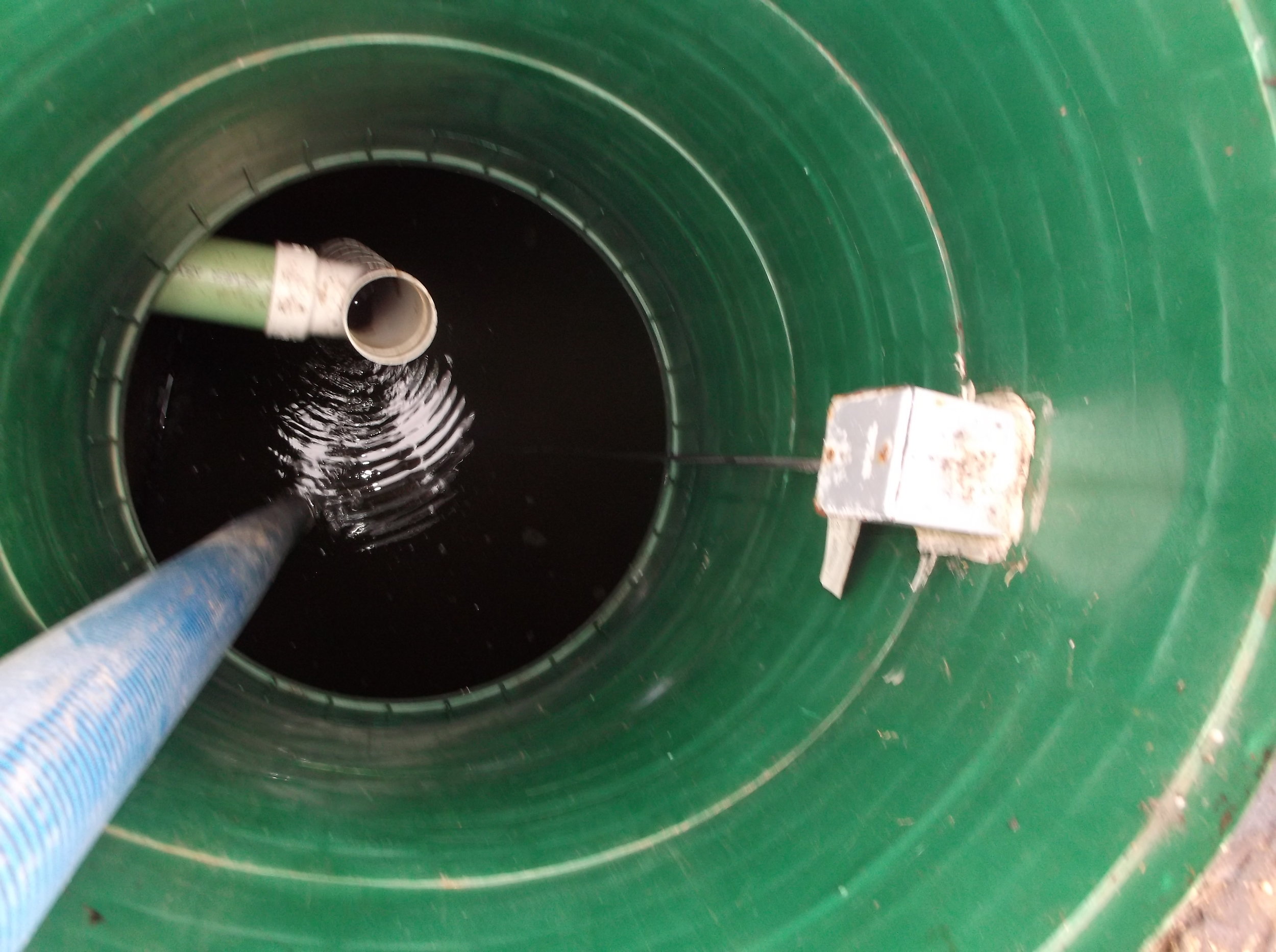BRUSH UP ON SEPTIC TERMINOLOGY- VISIT THE EPA'S COMPREHENSIVE SEPTIC VOCABULARY LOG.
septic tank
A buried, watertight tank designed and constructed to receive and partially treat raw wastewater. The tank separates and retains settleable (solids) and floatable (scum) suspended in the wastewater and discharges the settled wastewater for further treatment and dispersal to the environment. The essential functions of the septic tank are to receive all wastewater from the house, separate solids from the wastewater flow, cause reduction and decomposition of accumulated solids, provide storage for the separated solids (sludge and scum- see below) and pass the clarified wastewater (effluent- see below) out to the drain field for final disposal. Most septic tanks are designed with ample volume to store scum and sludge for long periods of time. A general rule- 1/2 to 2/3 of the tank volume is reserved for scum and sludge. The rate of solids accumulation varies greatly from one household to the next, and actual storage time can only be determined by routine septic maintenance.
scum
Substances lighter than water (oil, grease, fats) float to the top of the septic tank where they form the scum layer. This scum layer floats on top of the water surface in the tank. Aerobic bacteria work to digest floating solids (scum).
Sludge
The "sinkable" solids denser than water (soil, grit, bones, unconsumed food particles) settle to the bottom of the tank and form a sludge layer. Underwater anaerobic bacteria consume organic materials in the sludge, giving off gases in the process and then, as they die off, become part of the sludge.
Effluent
Effluent is the clarified wastewater left over after the scum has floated to the top and the sludge has settled to the bottom of the tank. Effluent flows between the scum and sludge layers through the outlet into the drain field.
drain field
Shallow, covered, excavation made in unsaturated soil into which pretreated wastewater is discharged through distribution piping for application onto soil infiltration surfaces through porous media or manufactured (gravelless) components placed in the excavations. The soil accepts, treats, and disperses wastewater as it percolates through the soil, ultimately discharging to groundwater.
effluent filter
A removable, cleanable device inserted into the outlet piping of the septic tank designed to trap excessive solids due to tank upsets that would otherwise be transported to the subsurface wastewater infiltration system or other downstream treatment components. For filter troubleshooting, visit COMMON PROBLEMS.
inlet & outlet sewer pipes
Inlet sewer pipes carry septage (the liquid & solid materials) from the house to the septic tank. Outlet sewer pipes carry effluent (sewage, water or other liquid, partially treated or in its natural state, flowing out of a septic tank) from the tank to the disposal area. The inlet pipe often has a baffle consiting of a plastic pipe or tee which is connected to the pipe in the tank. The inlet baffle slows wastewater as it enters the tank and discharges sewage into the tank at the midpoint allowing solids to begin to settle out. The outlet baffle is located in the septic tank on the outlet pipe and prevents waste solids from entering the disposal area. The inlet and outlet pipes may be equipped with baffles, concrete tees, or sanitary tees (T-shaped pipes with one short and one long leg). SEE BELOW FOR MORE INFORMATION ON BAFFLES.
Sewer Line Clean out
Some homes have cleanouts and some do not. Cleanouts are very useful for diagnosis of backups in the house. For example, if you have gurgling and a slow flush situation in the house, you should check your cleanout. For more information refer to our common problems.
Cleanouts can also help you locate your septic tank general area.
Do not mistake cleanouts for Septic Tank Access!
No one can properly access a septic tank for maintenance through the clean outs!
septic tank baffles
The inlet baffle (or tee) dissipates the energy of the incoming flow of wastewater and deflects it downwards. The vertical leg of the tee extends below the scum layer into the effluent. The upper leg of the inlet should extend well about the liquid surface to prevent backups into the inlet sewer pipe. The open top of the tee allows for venting of gases out of the tank through the inlet pipe and fresh air vents of the household plumbing.
The outlet baffles are designed to retain the scum layer within the tank. A sanitary tee can be used with the lower leg extending below the scum layer. The elevation of the outlet port should be 2-3 inches below the elevation of the inlet port preventing backups in the inlet sewer pipe when the liquid level in the tank rises due to incoming wastewater.
Most concrete septic tanks have precast concrete baffles inside the tank to keep the major solids from going out into your disposal area. Over time, these concrete baffles erode and may result in too many solids entering the disposal area. Our inspectors are trained to identify failing tank baffles that will have to be replaced before passing a septic inspection and for the longevity of the system. Our repair crew replaces deteriorated tank baffles with commercial-grade PVC plastic Ts that filter efficiently and last a lifetime!
DISTRIBUTION/DIVERSION BOX OR VALVE
A septic distribution box (d-box) is a container used to receive septic system effluent from a septic tank and to re-distribute the effluent into a network of attached drain-field. Not all systems contain a distribution box or valve and not all d-boxes are accessible. D-boxes and/or valves are easily detected with our sewer camera.
inspection ports
Inspection ports are used to measure the liquid in the disposal area. Many inspection ports are buried or not visible at ground level.
septic tank risers
Risers are an extension from the tank lid to ground level. Risers are recommended for ease of maintenance as they bring the tank access to ground level and are required by County officials on newer, up-to-code systems.


